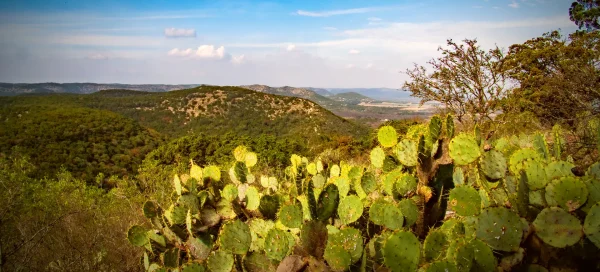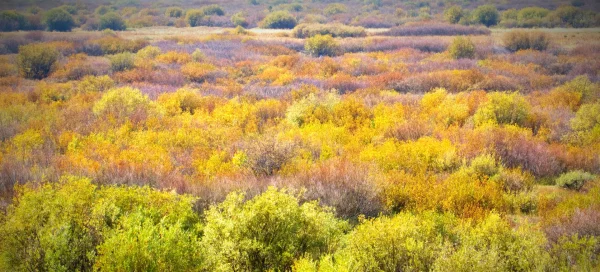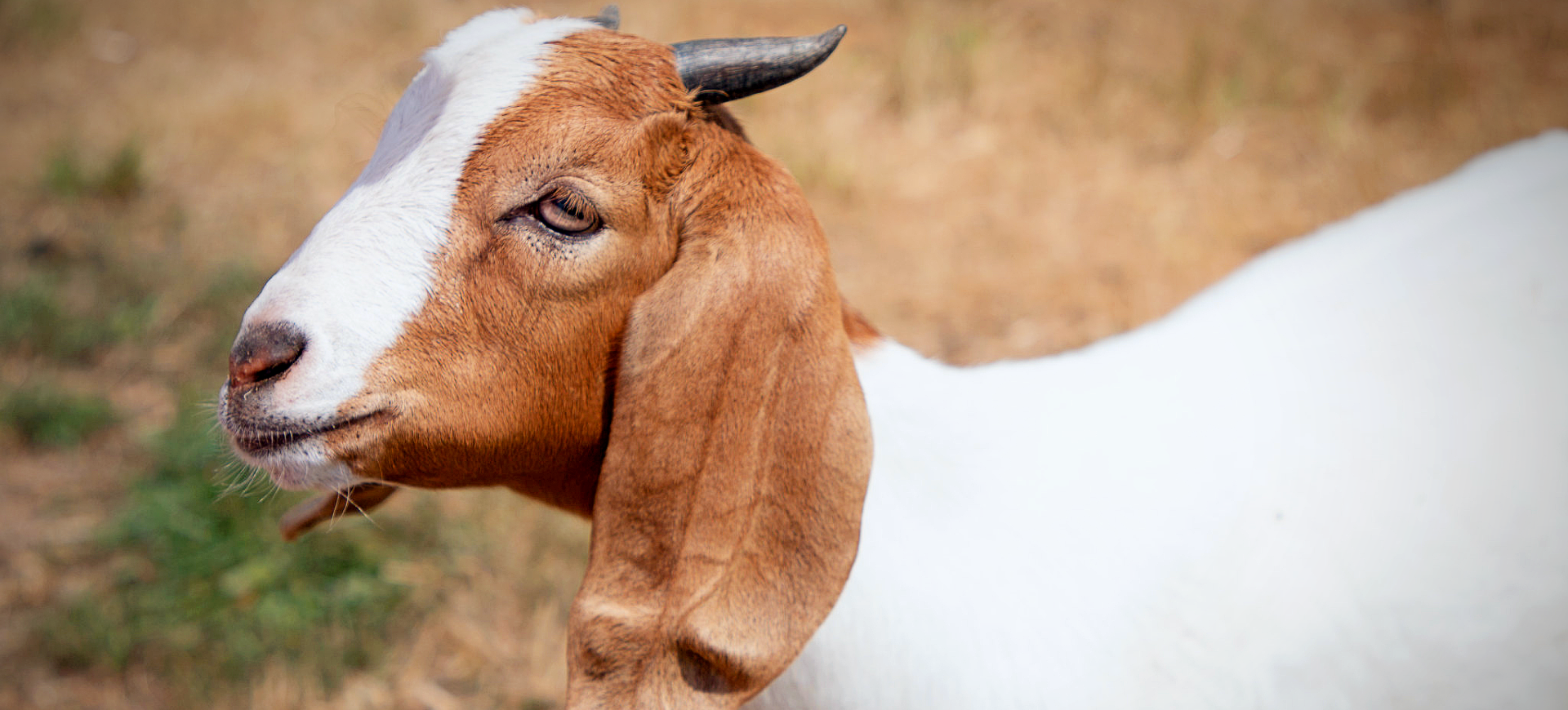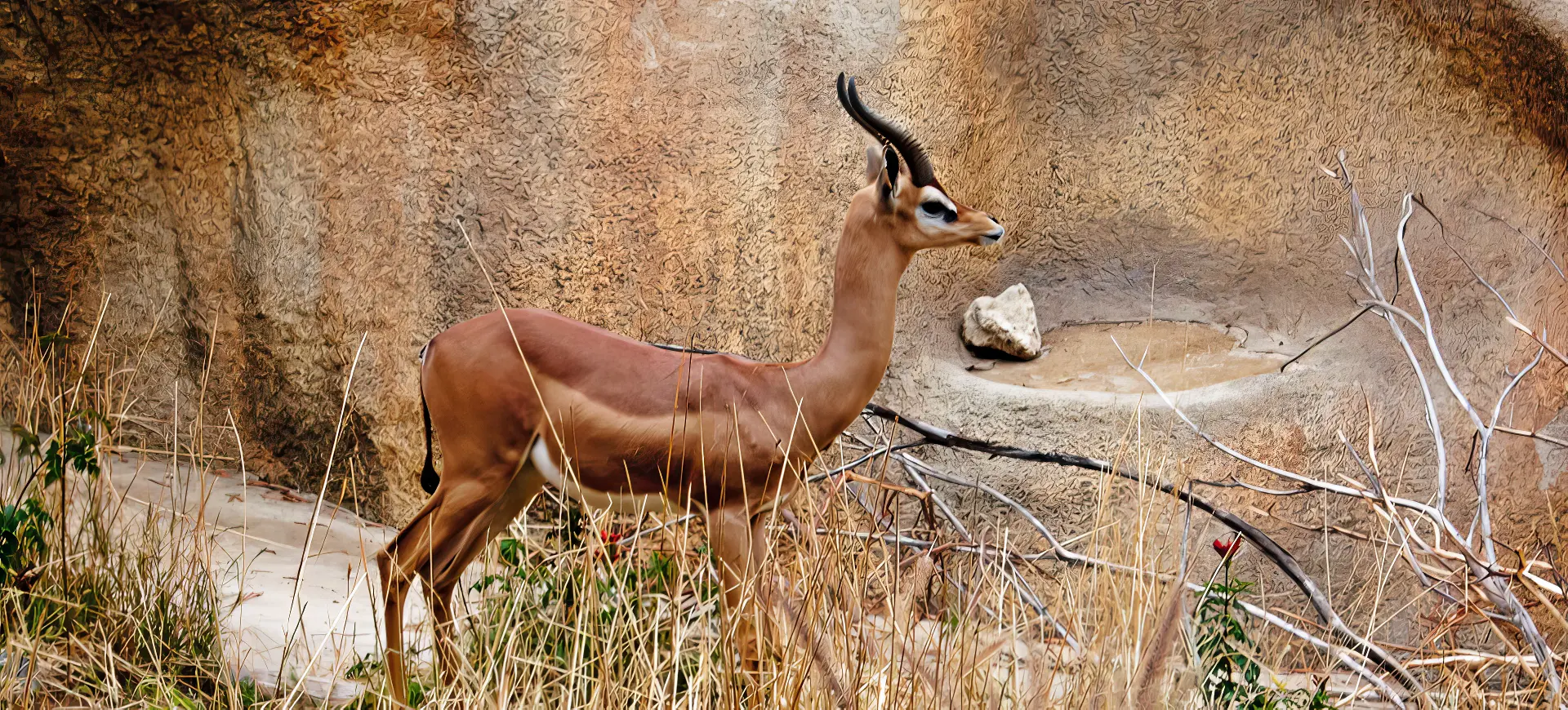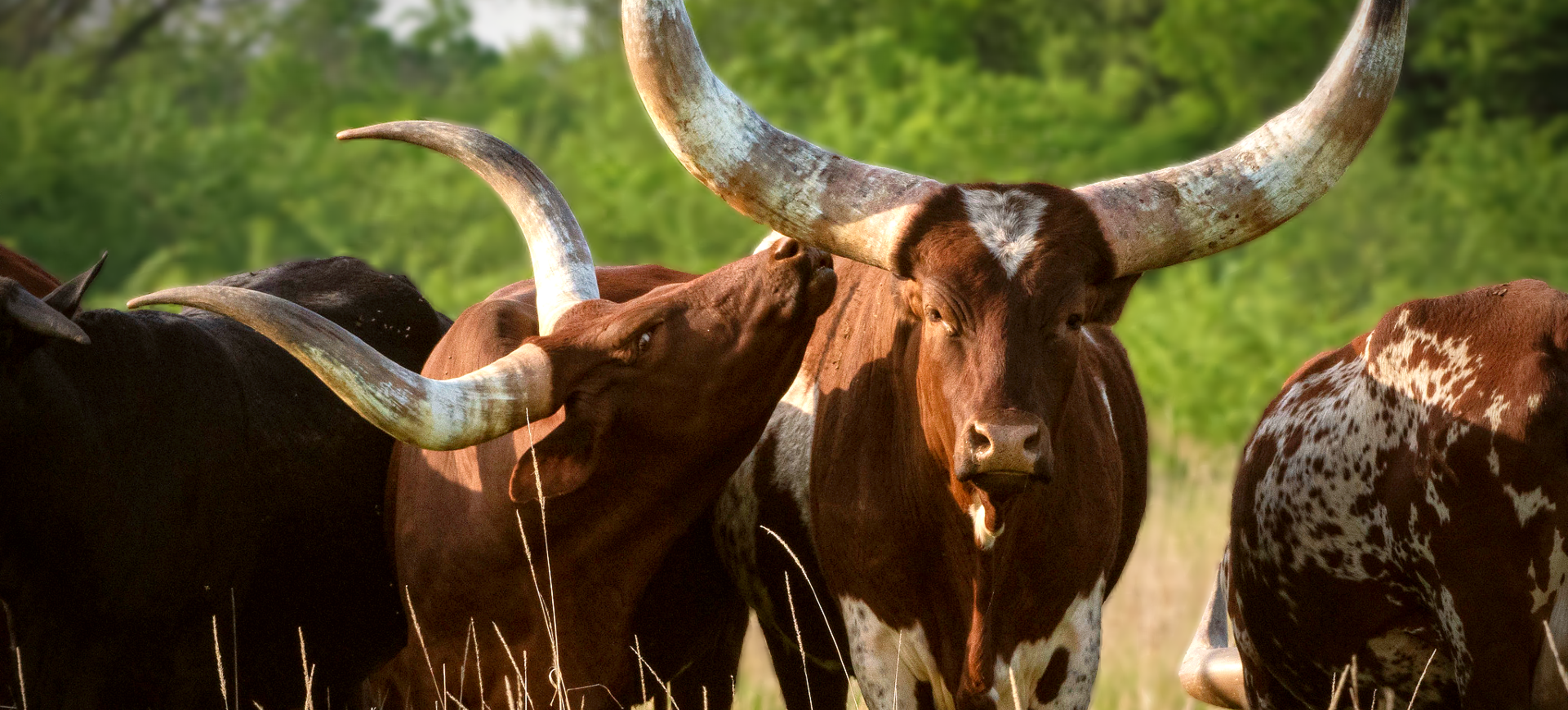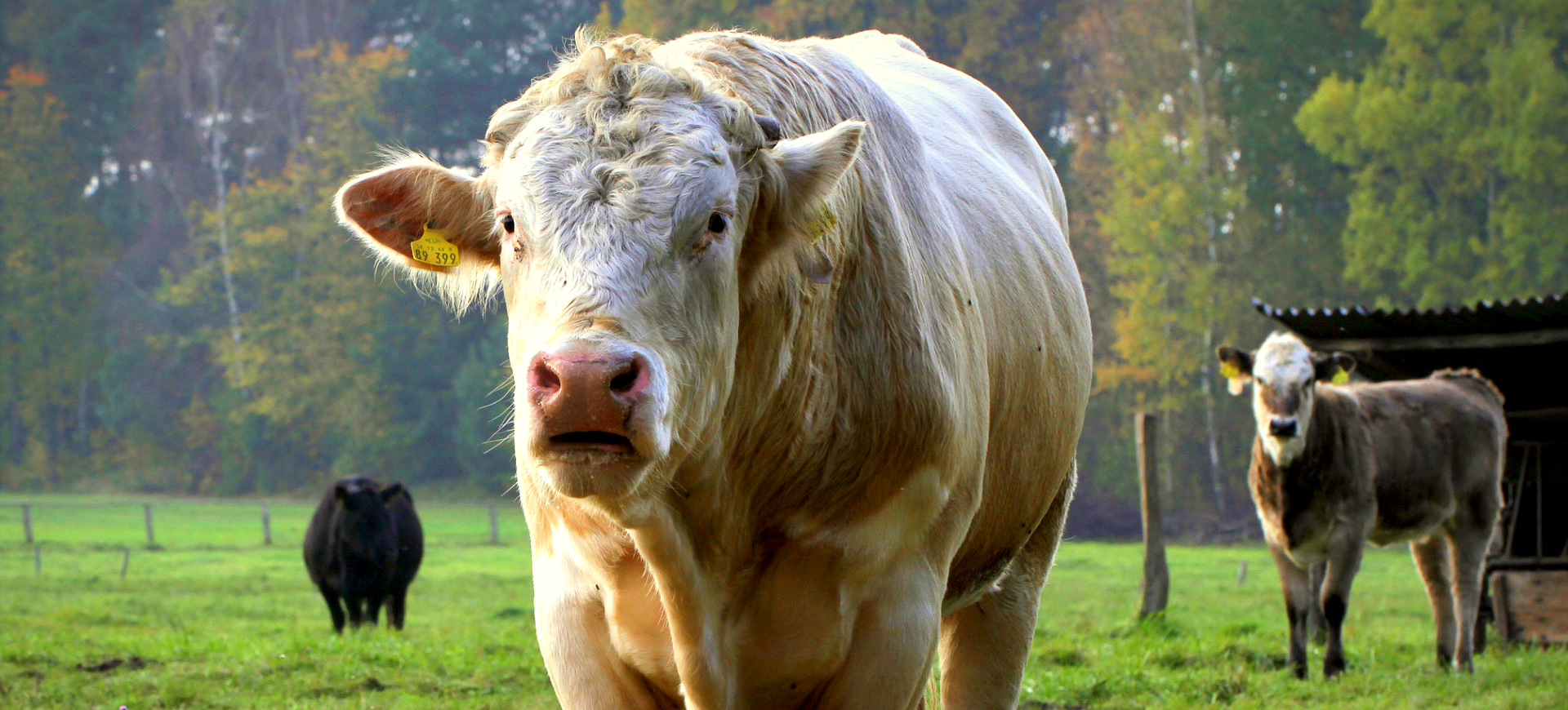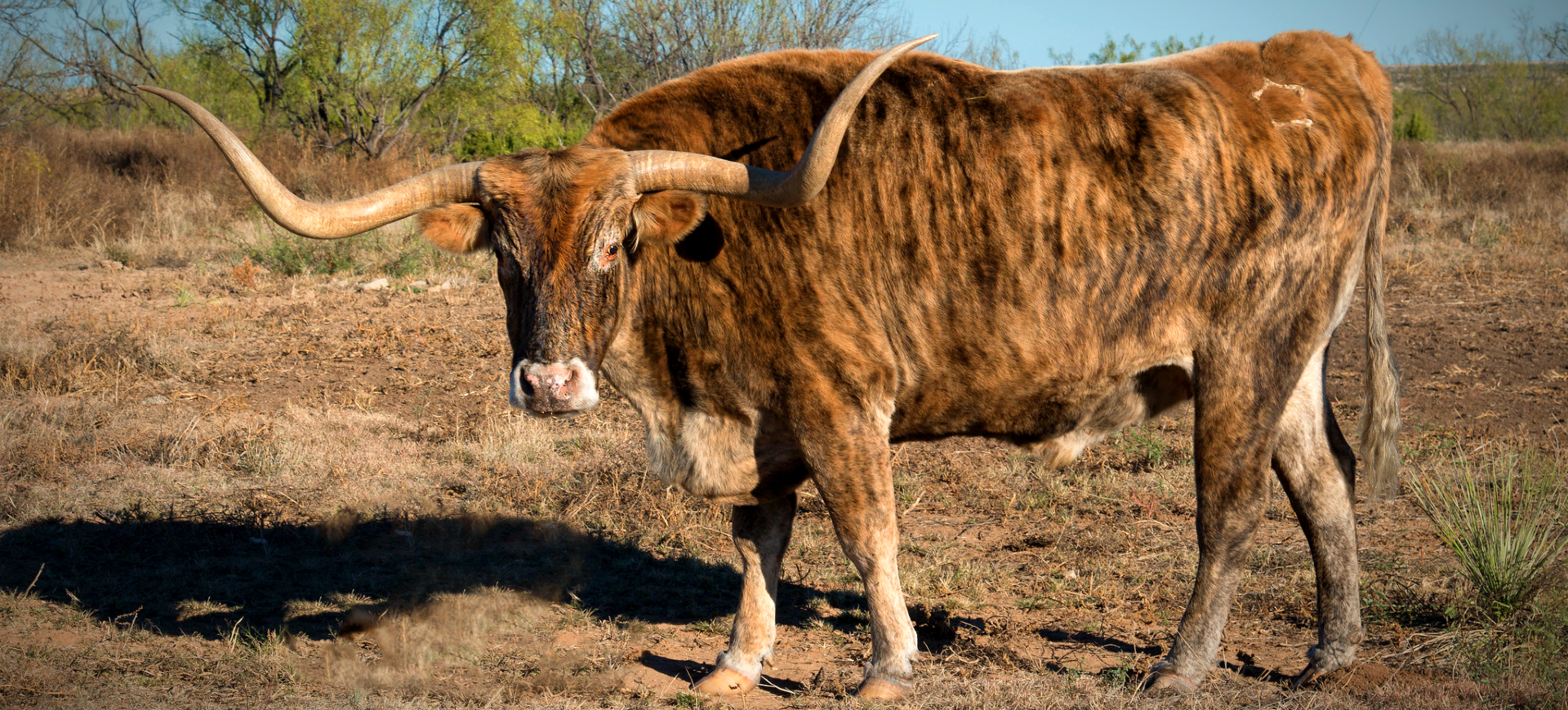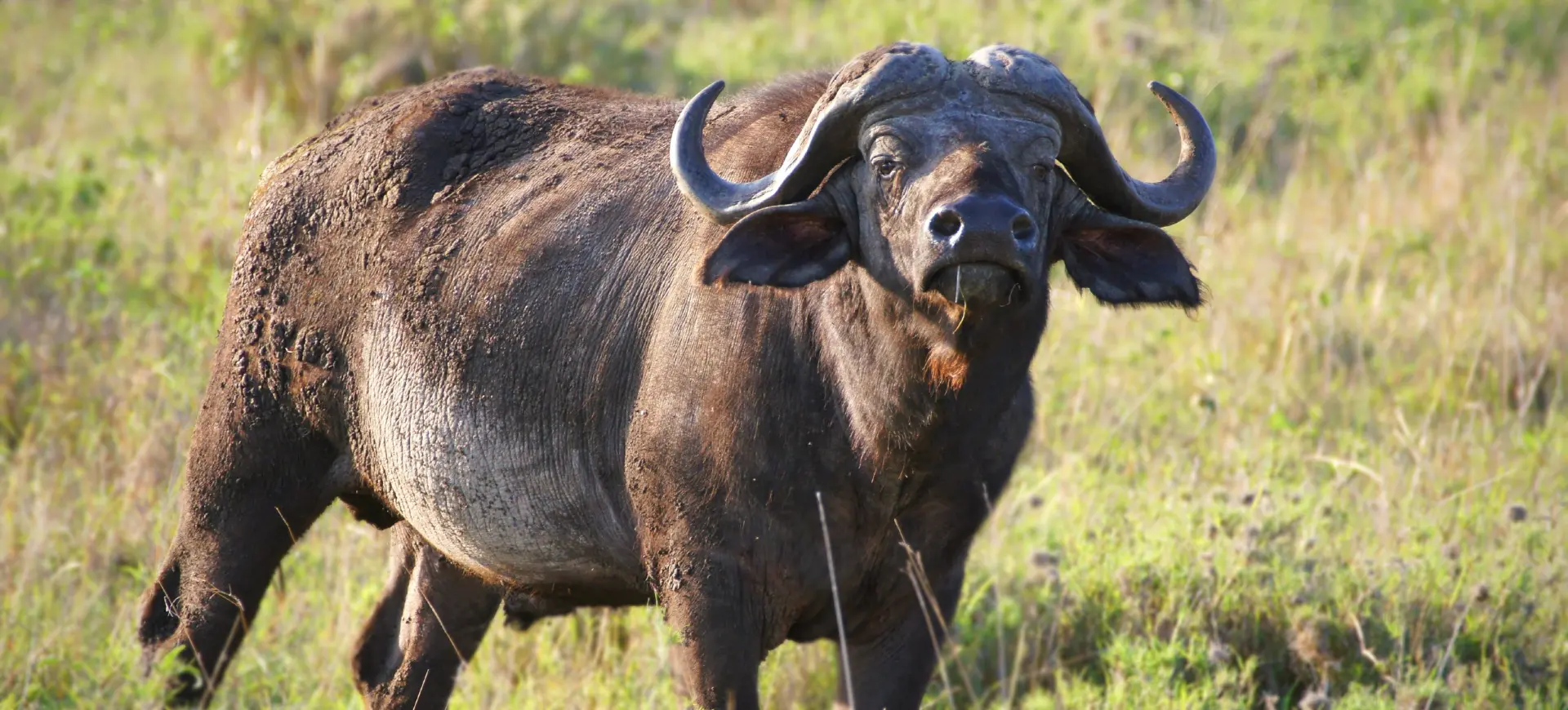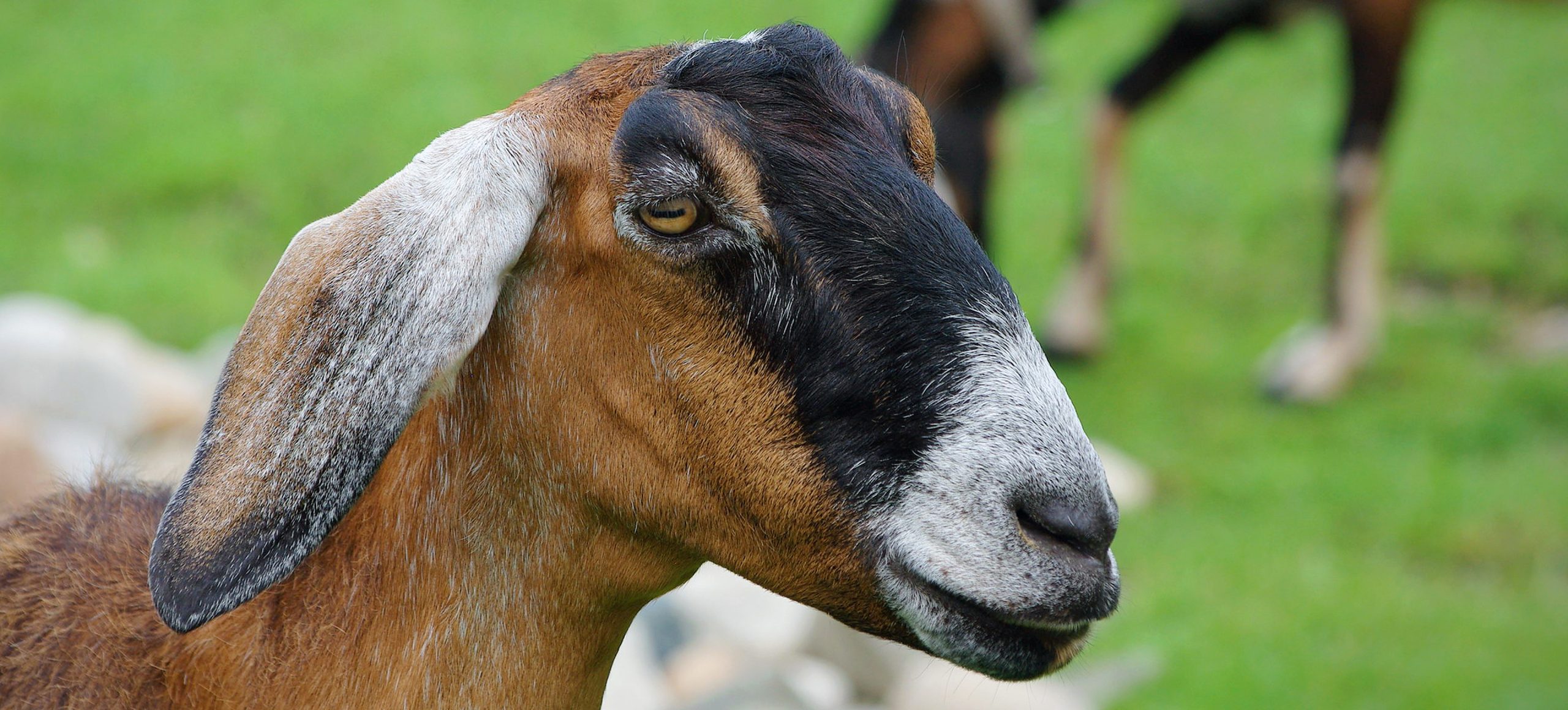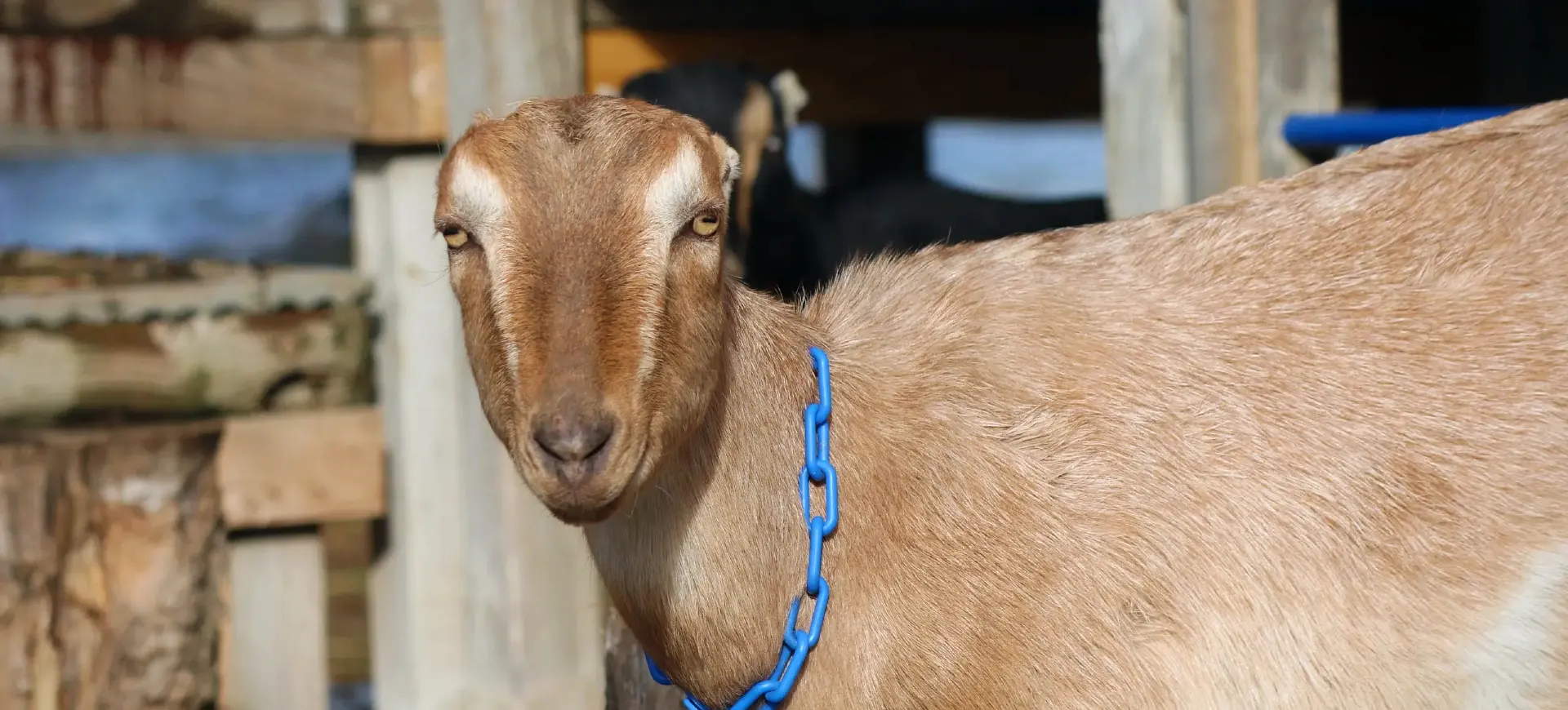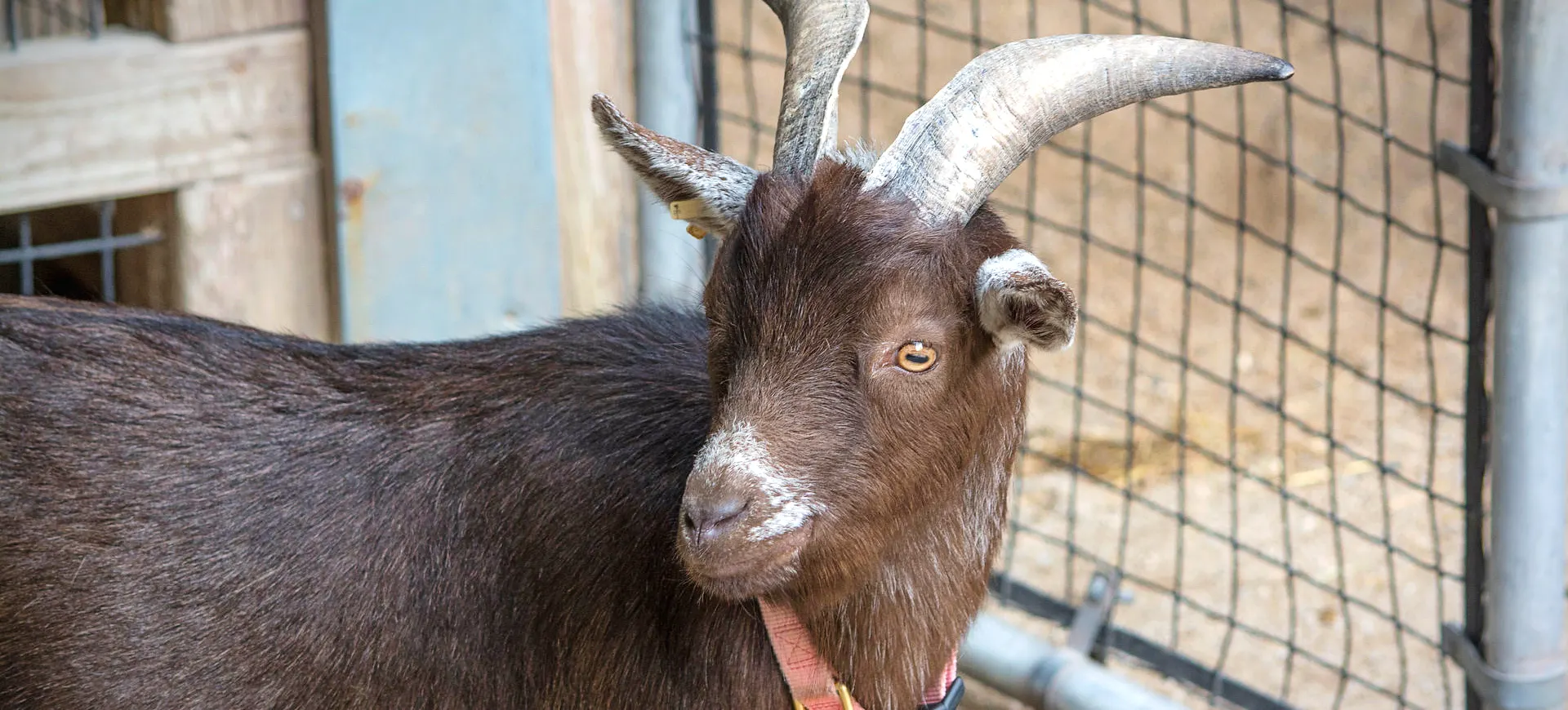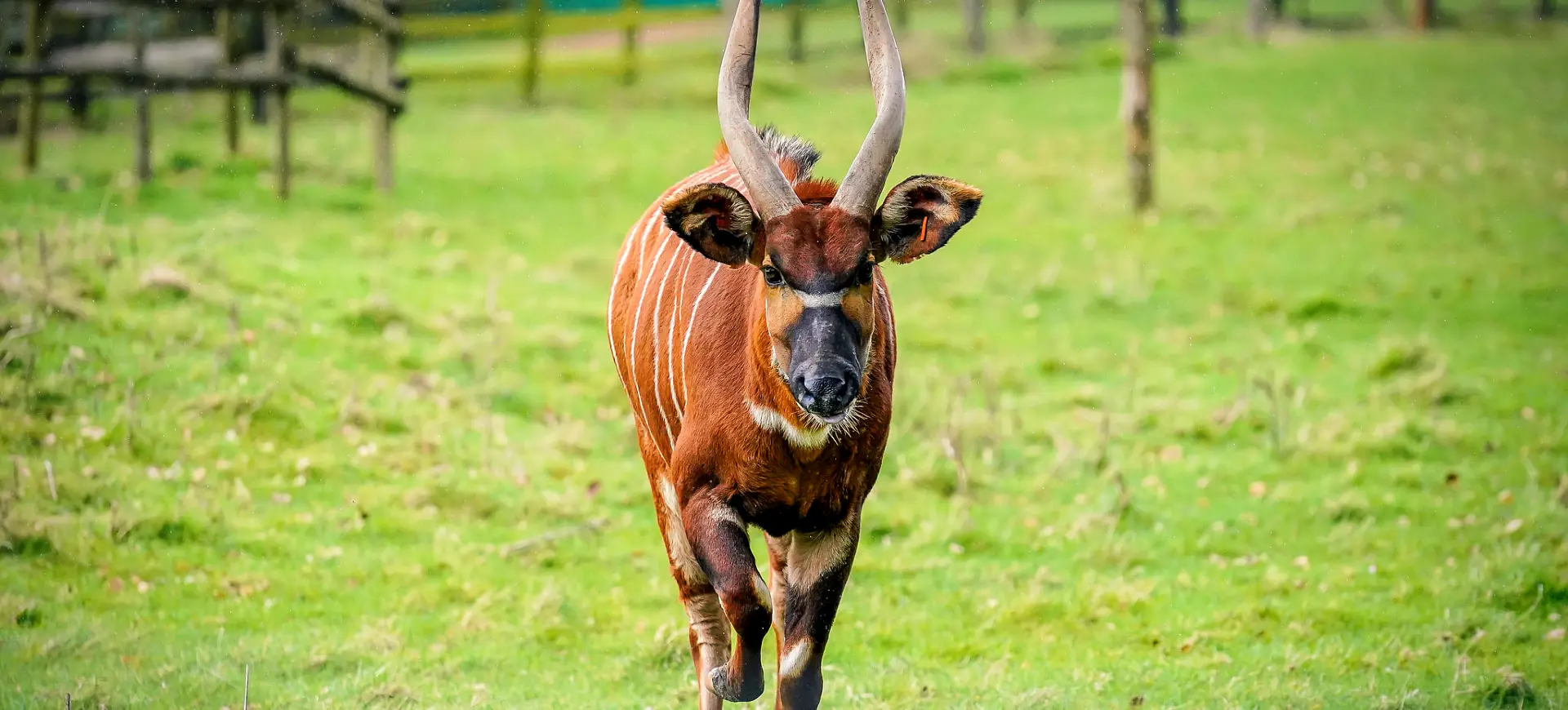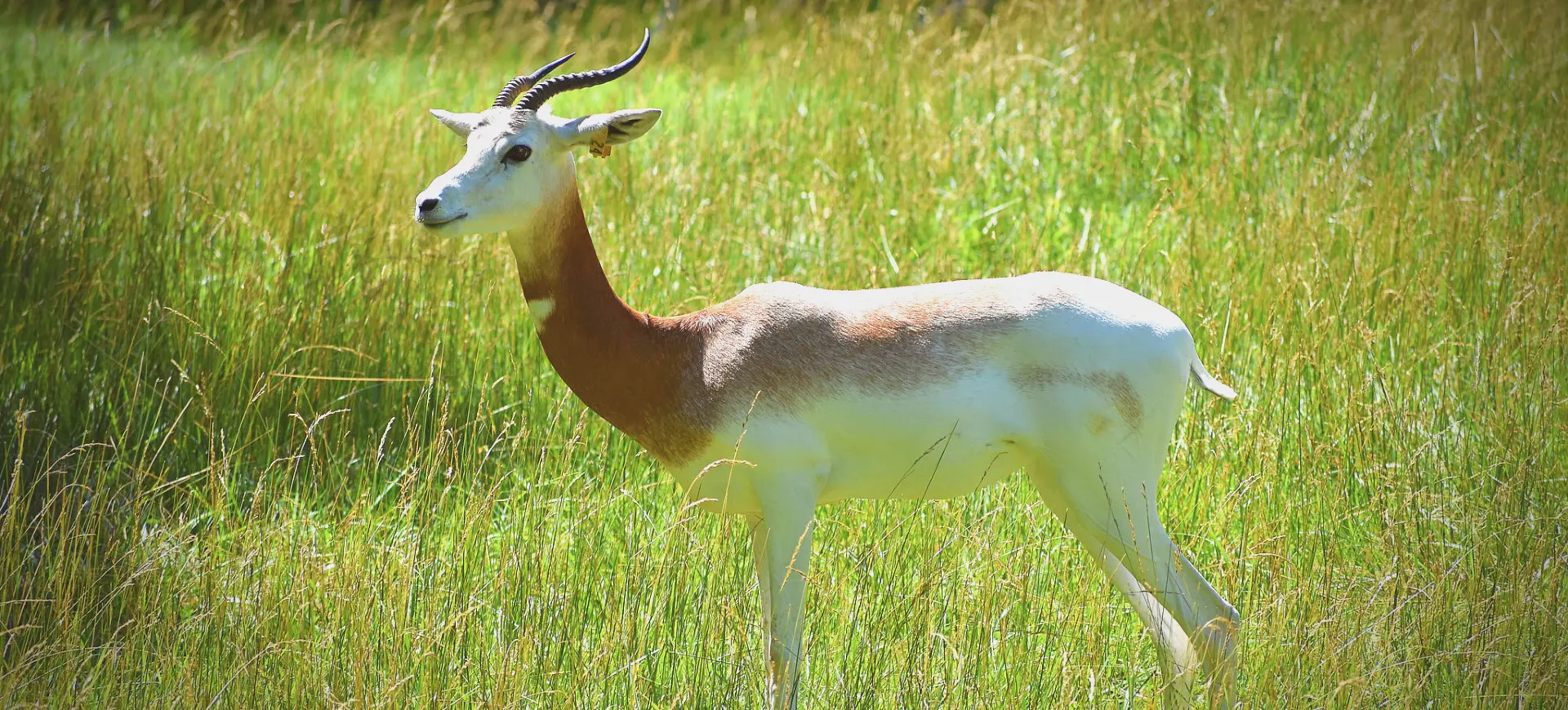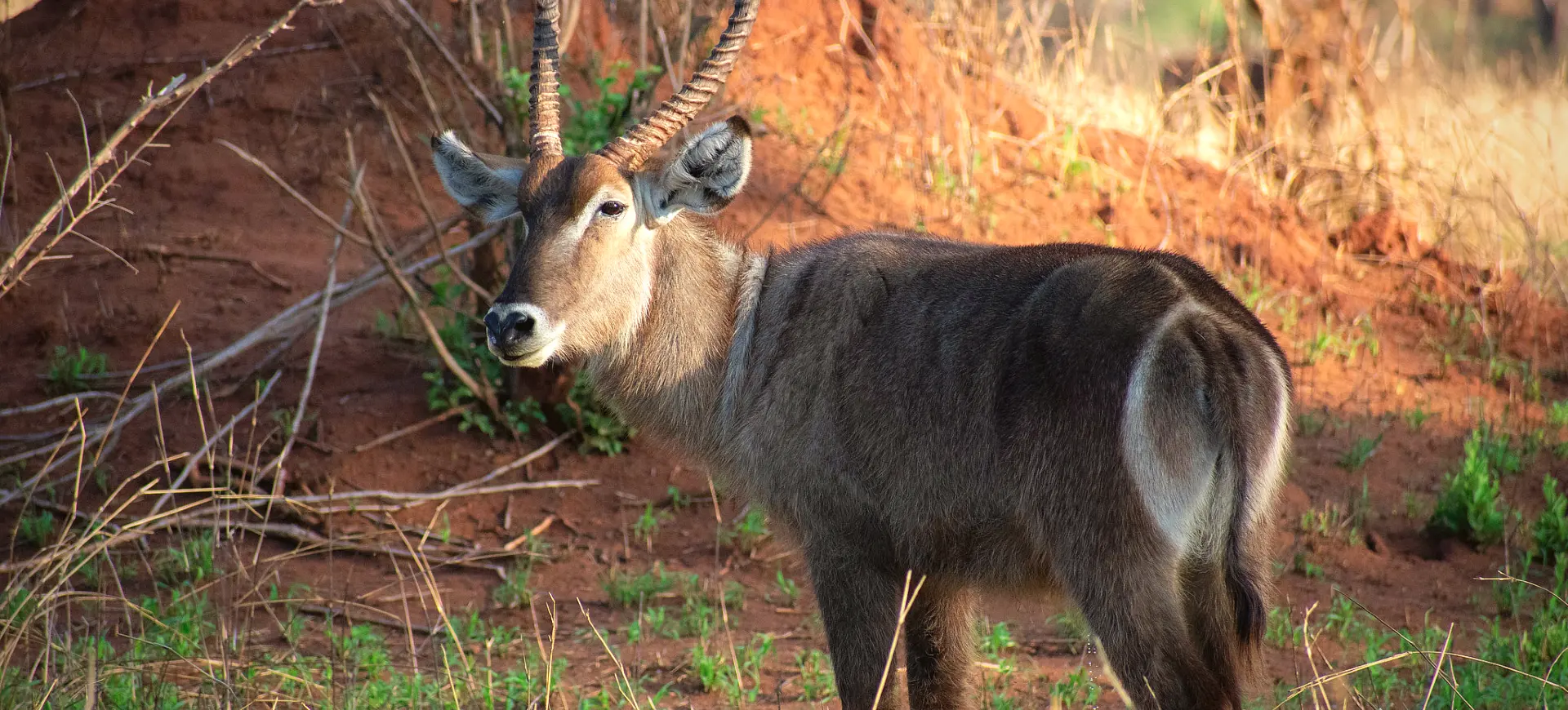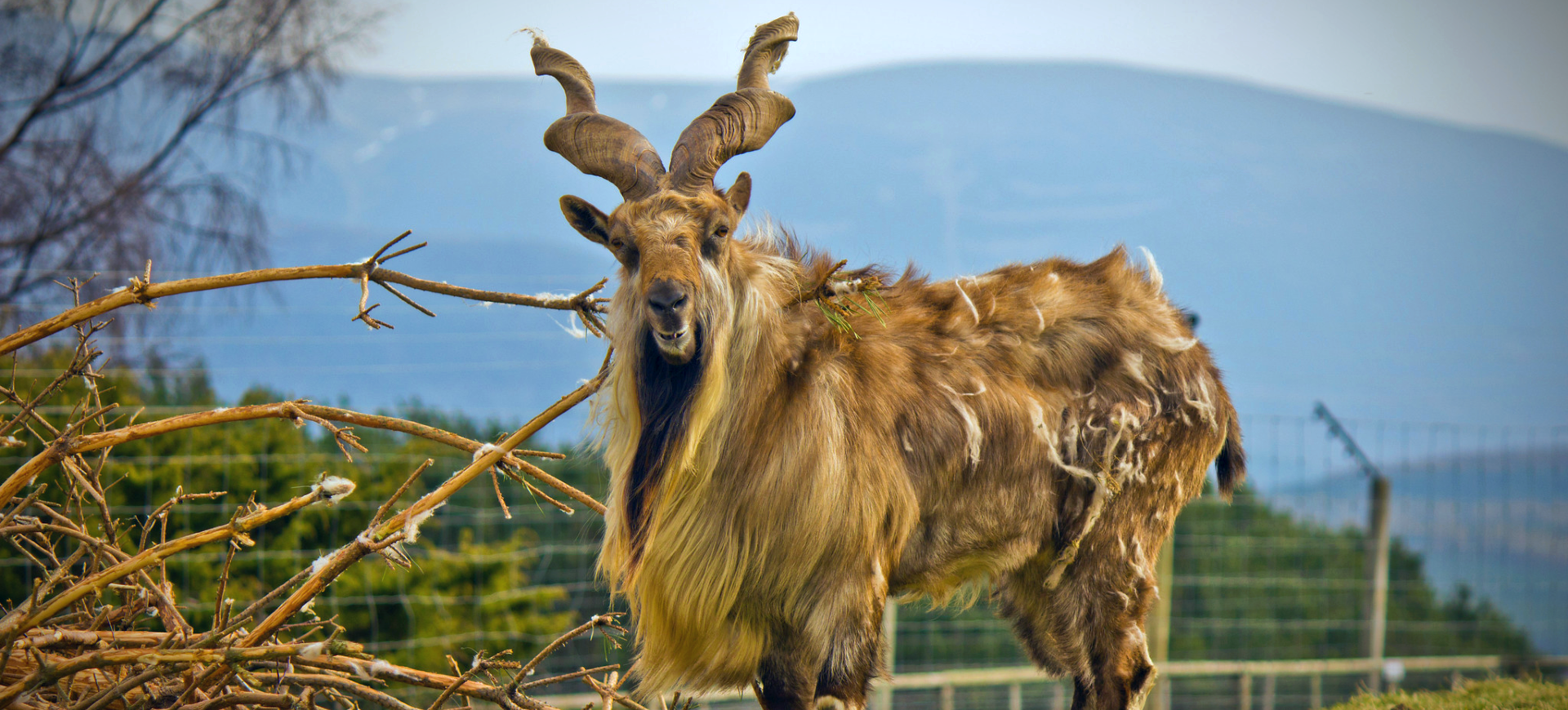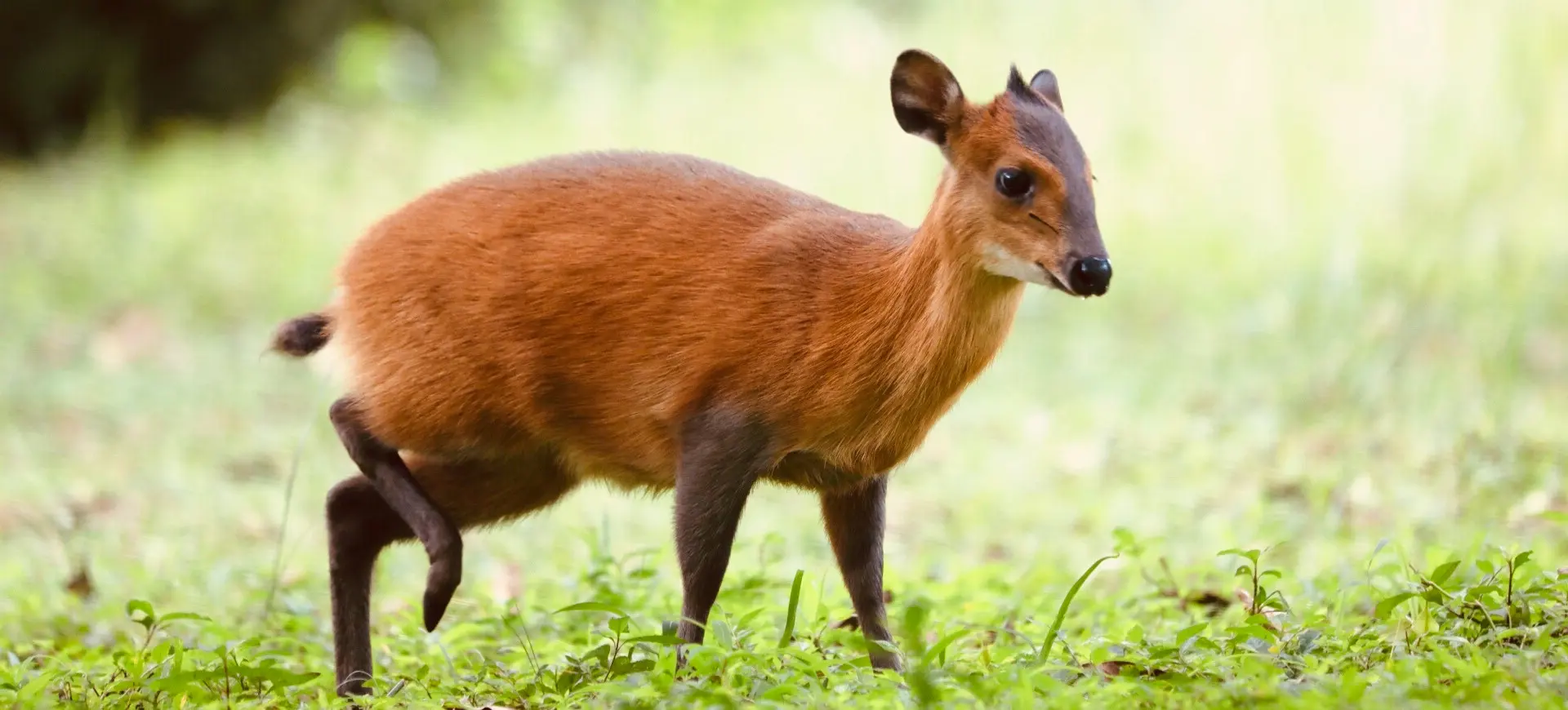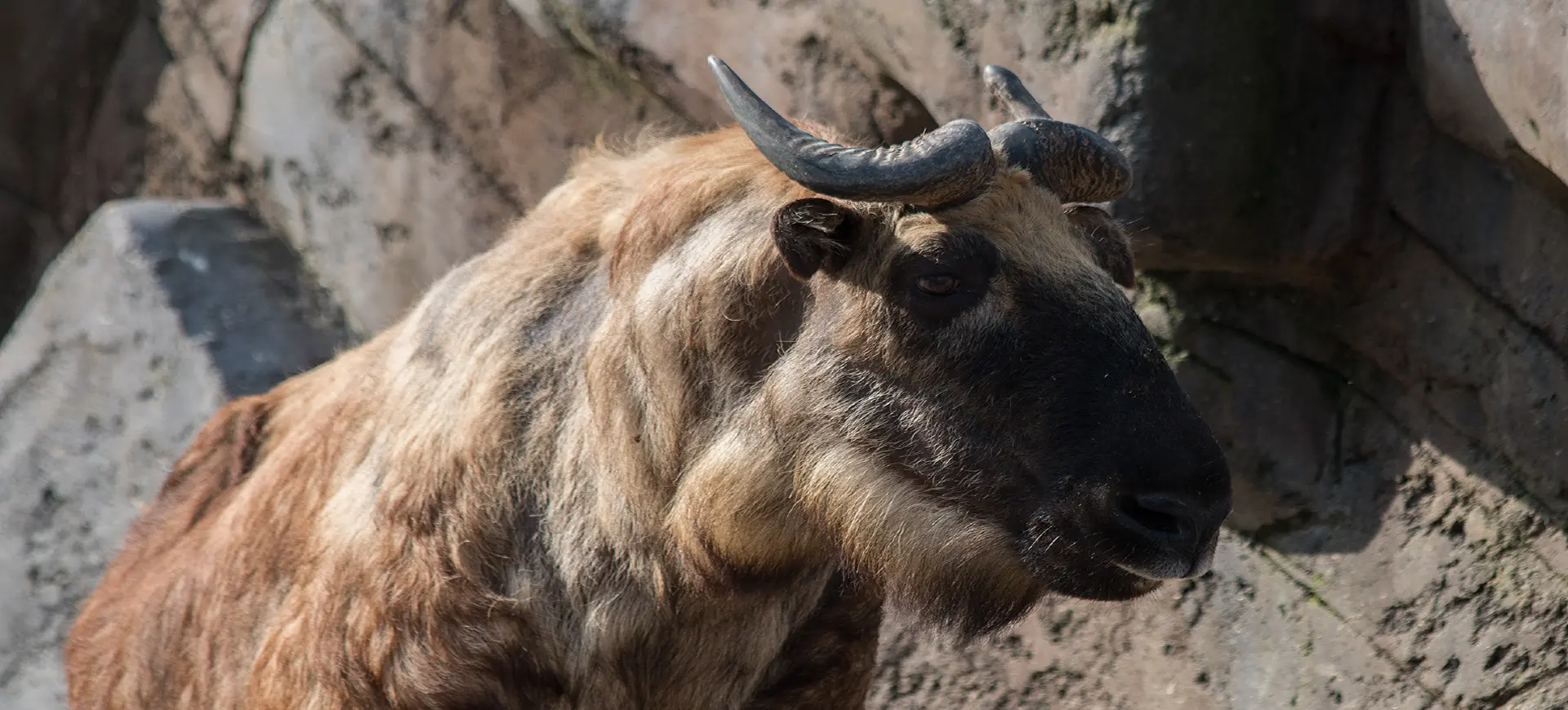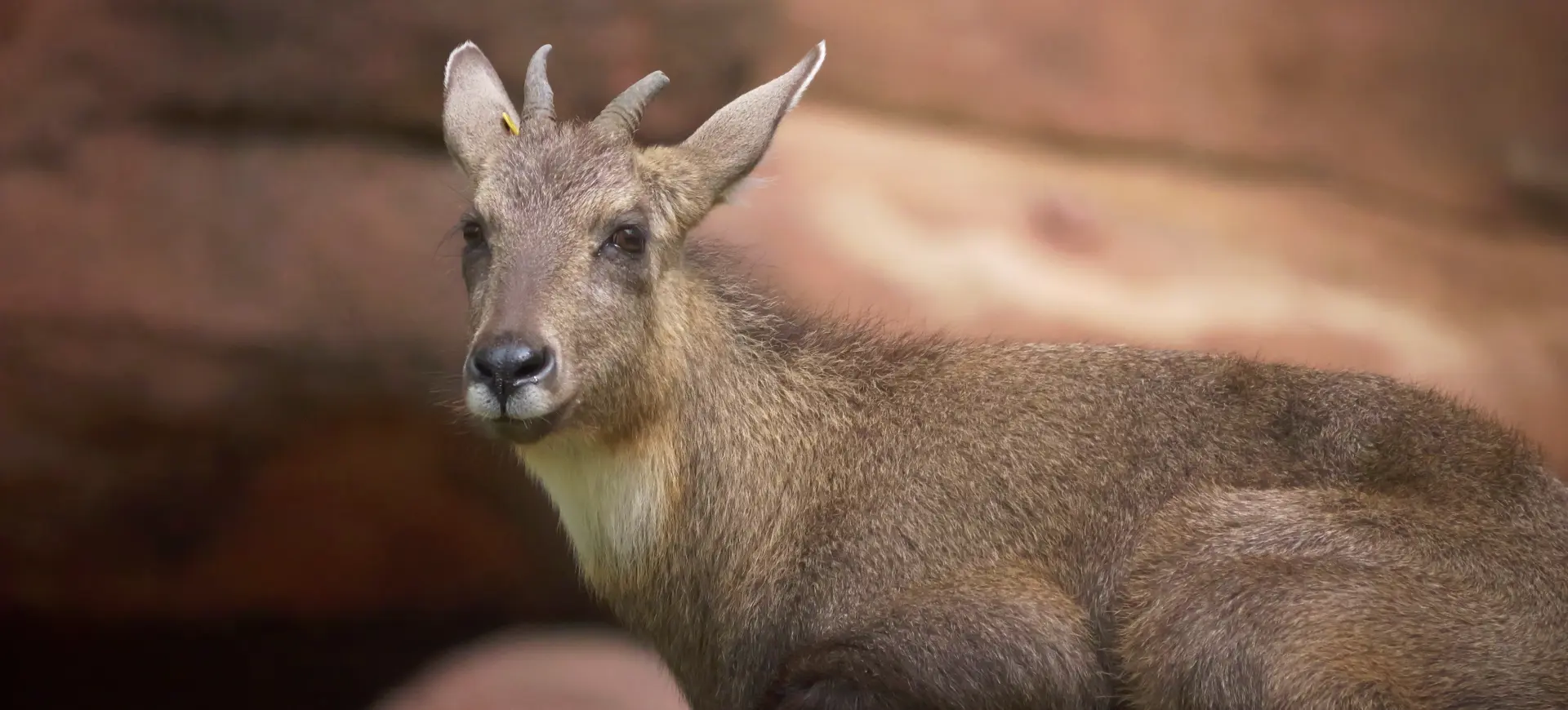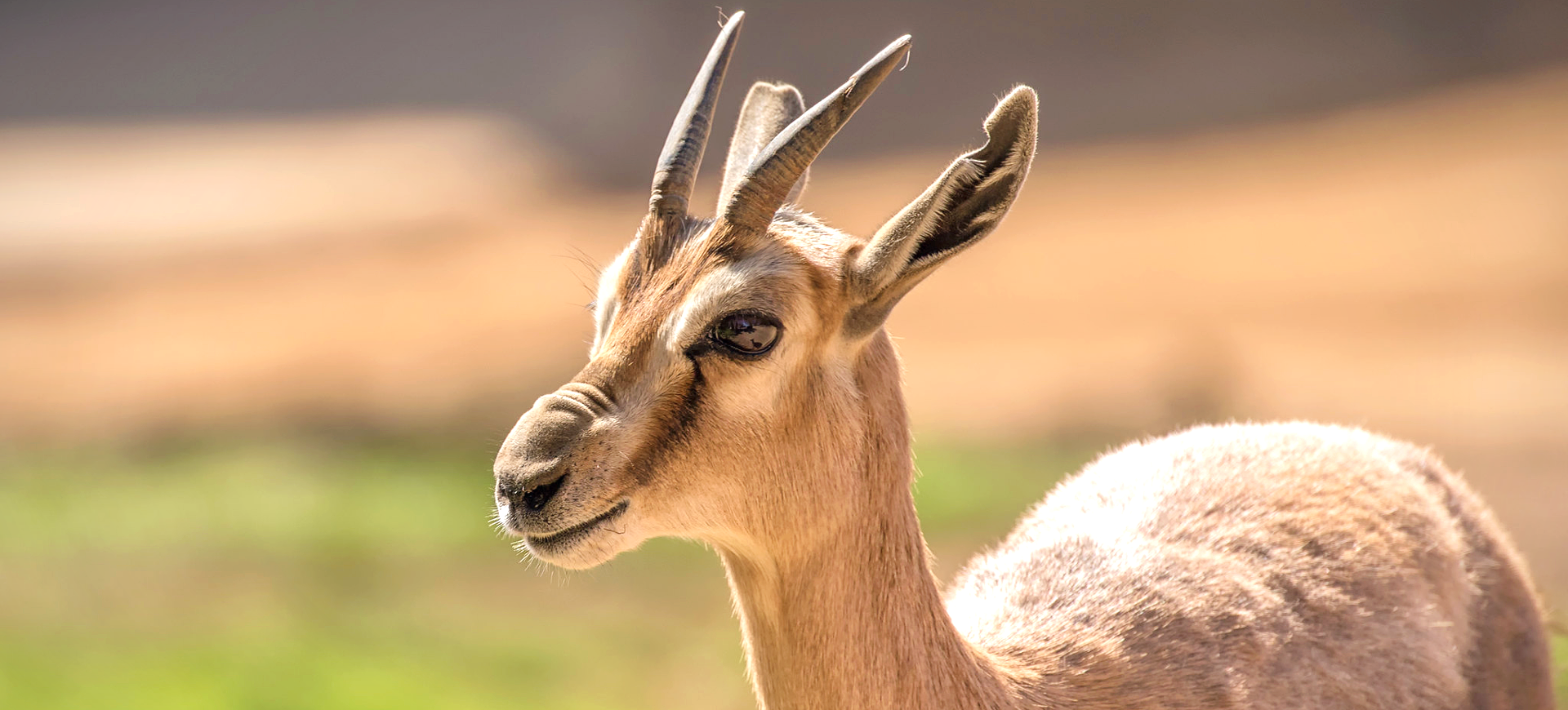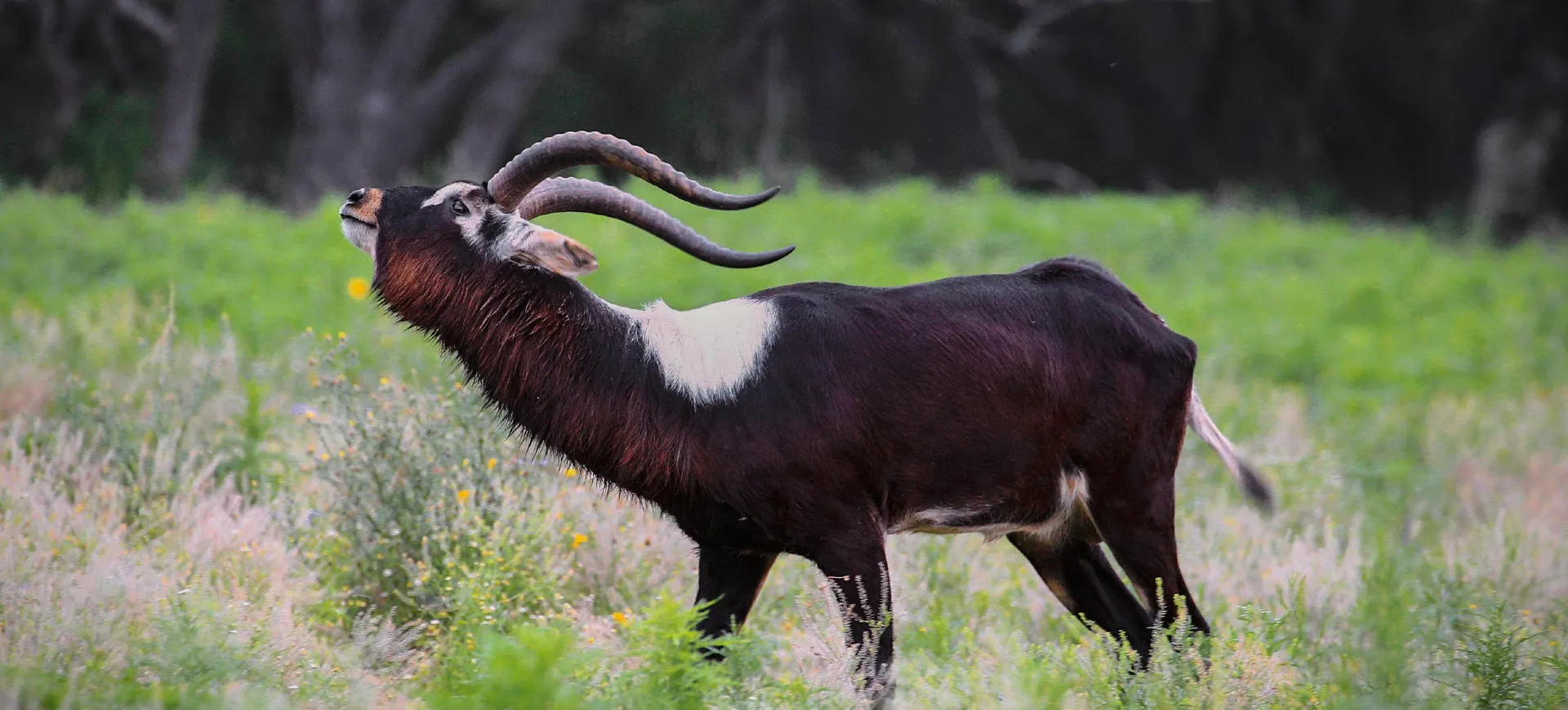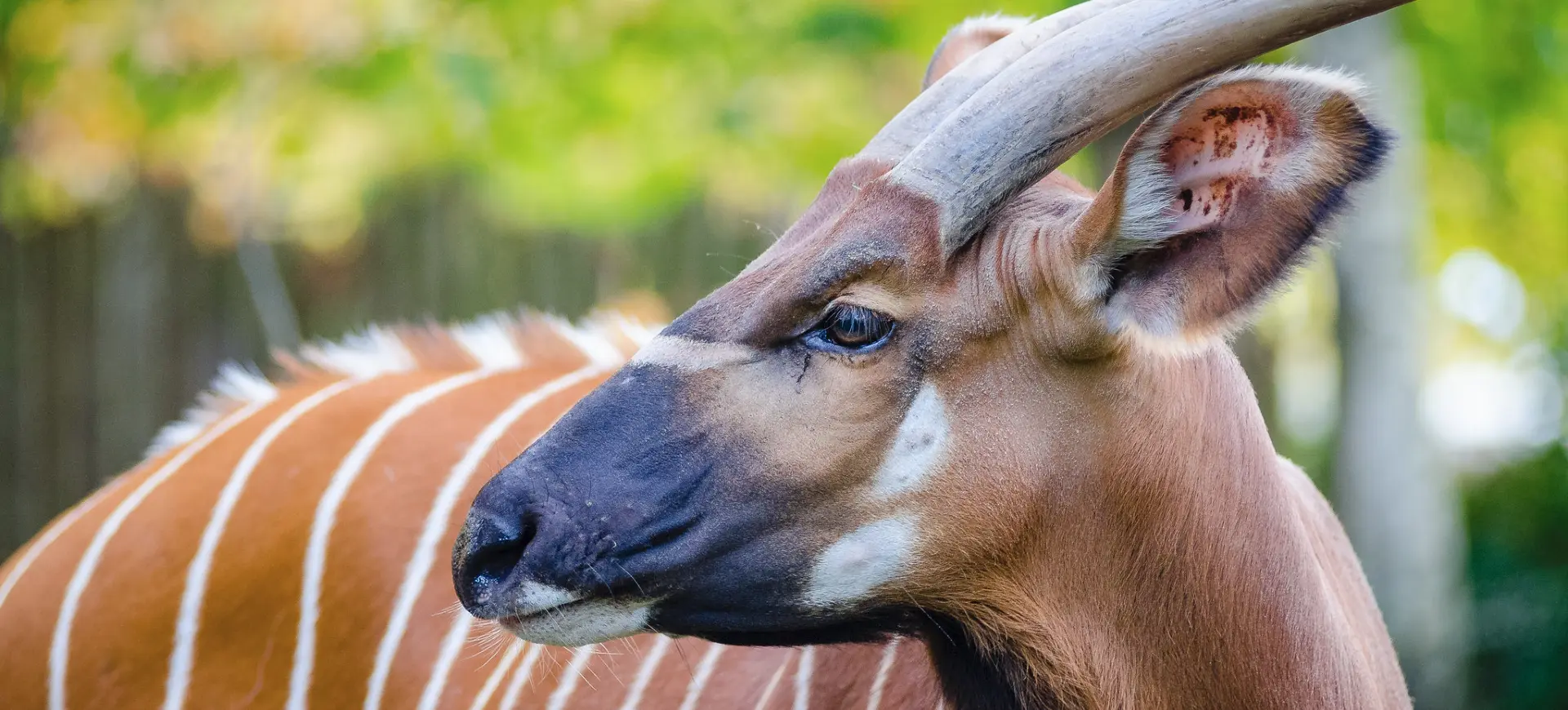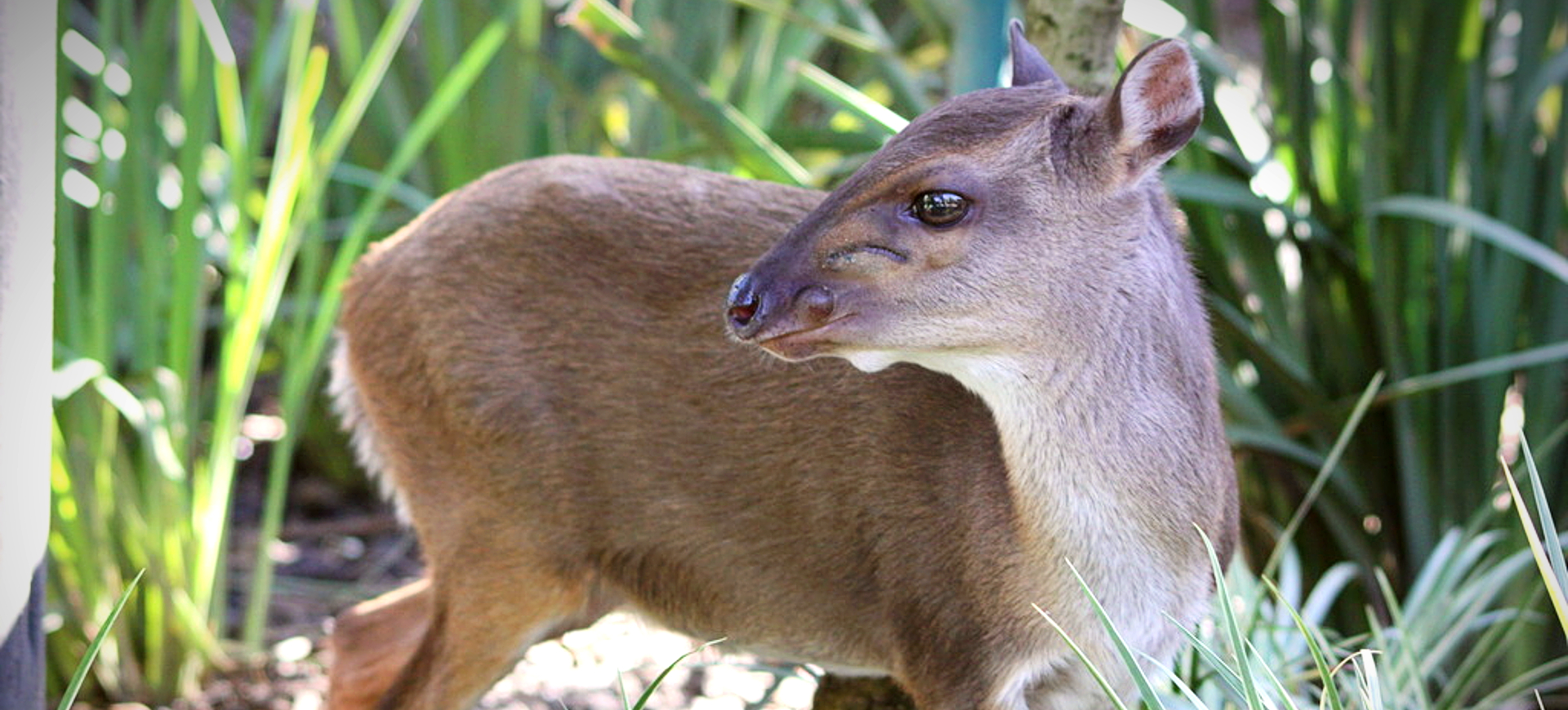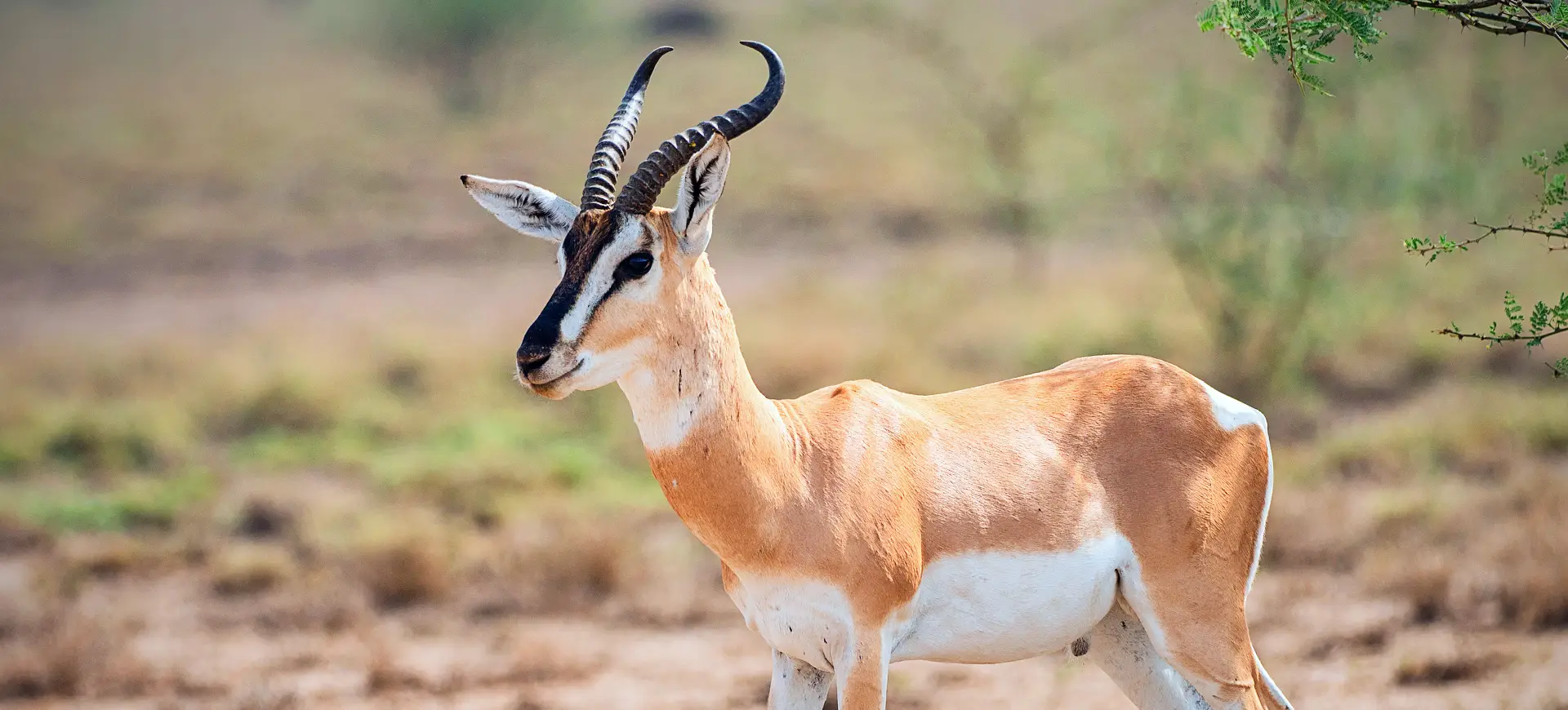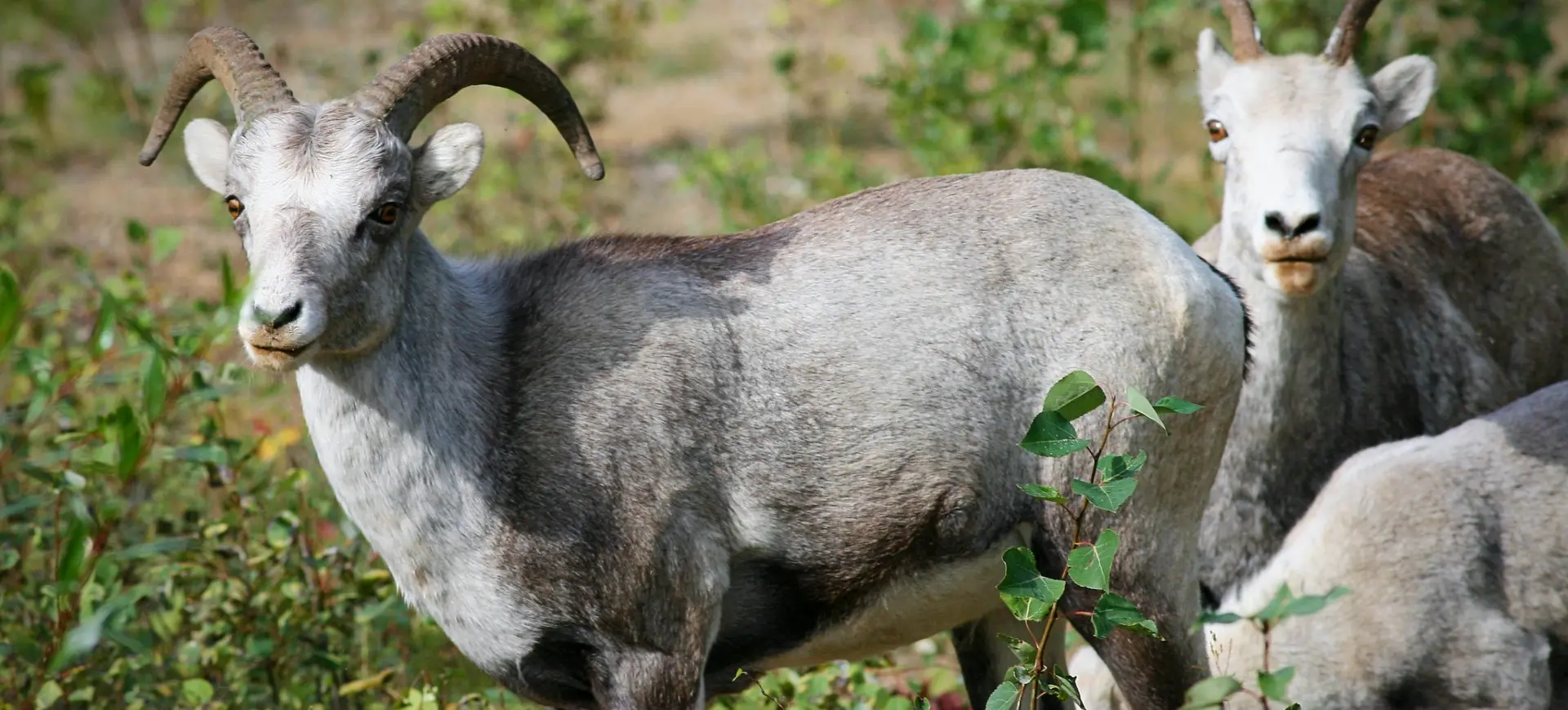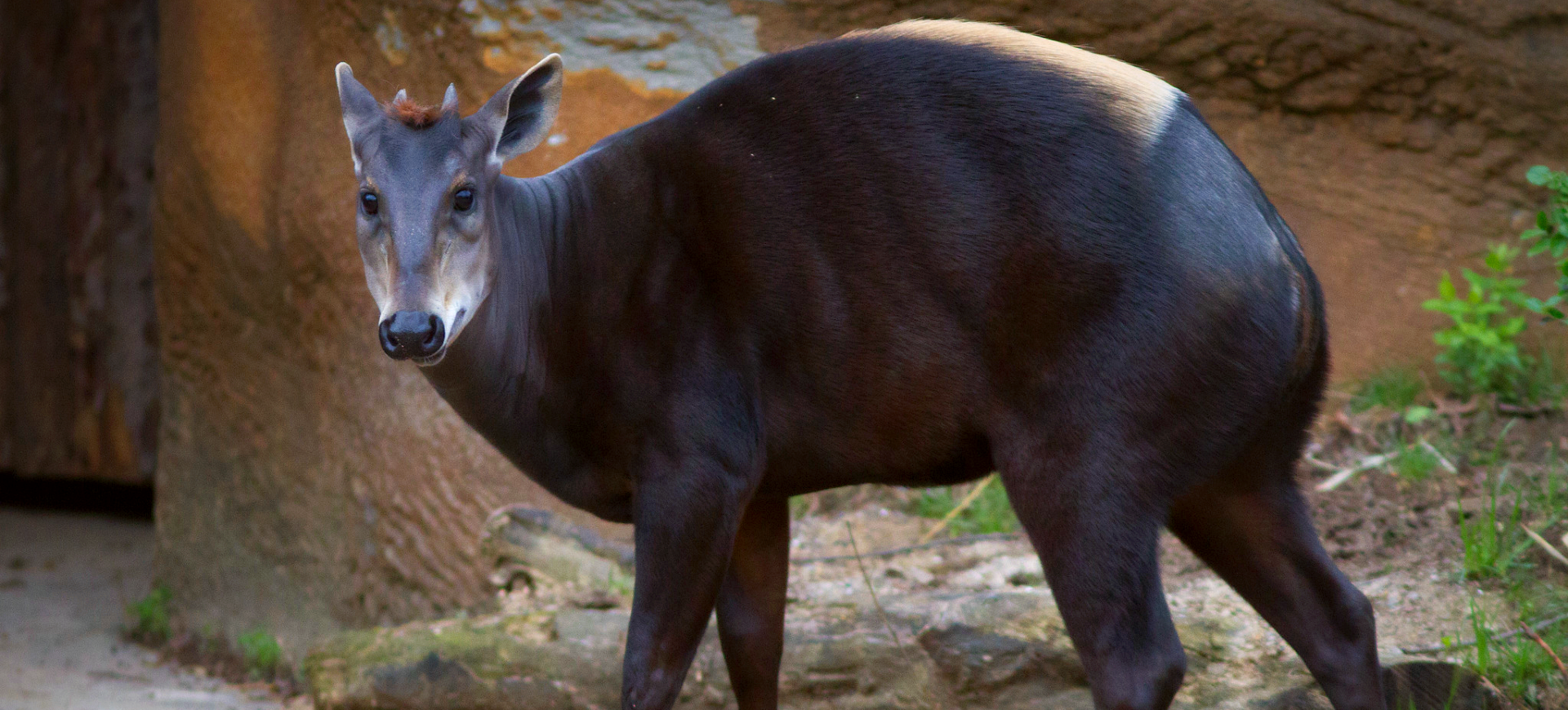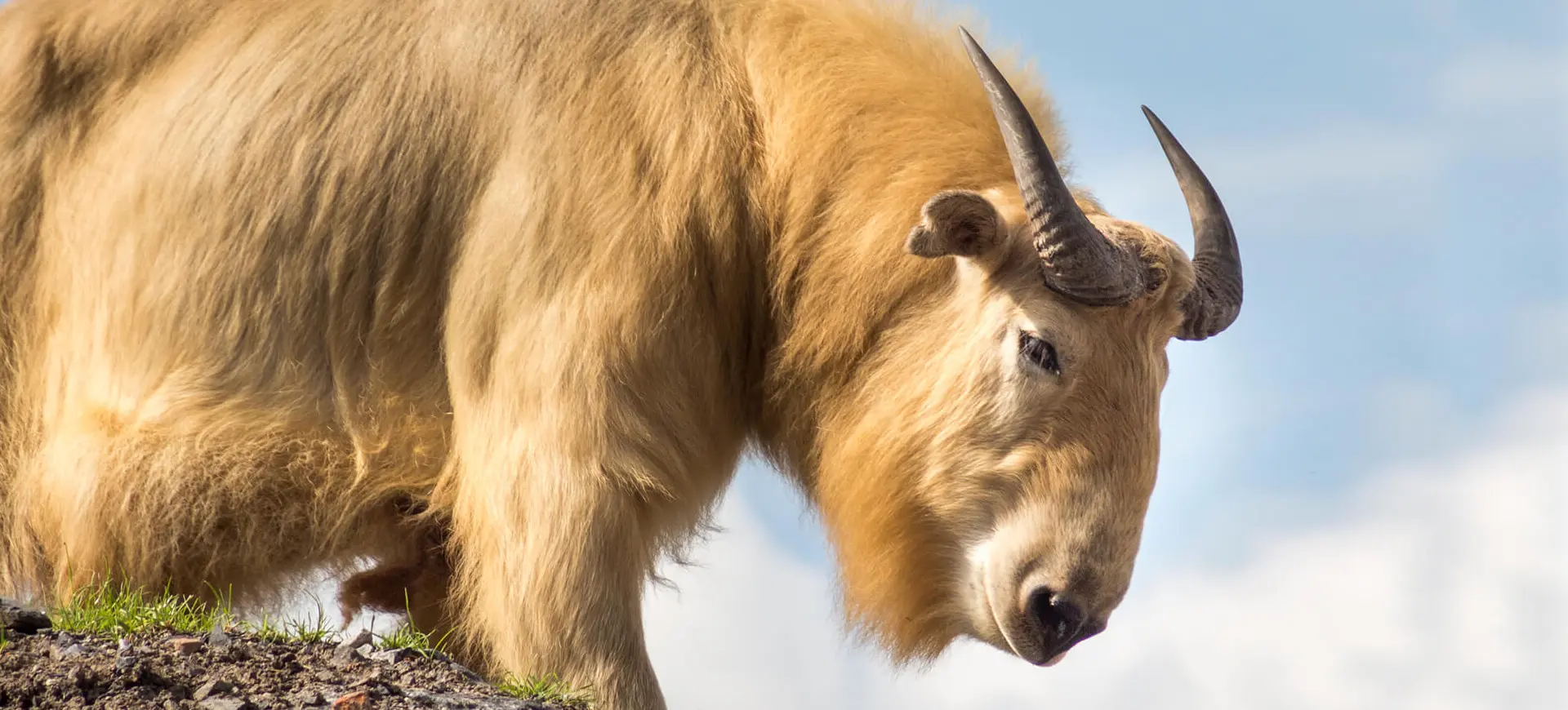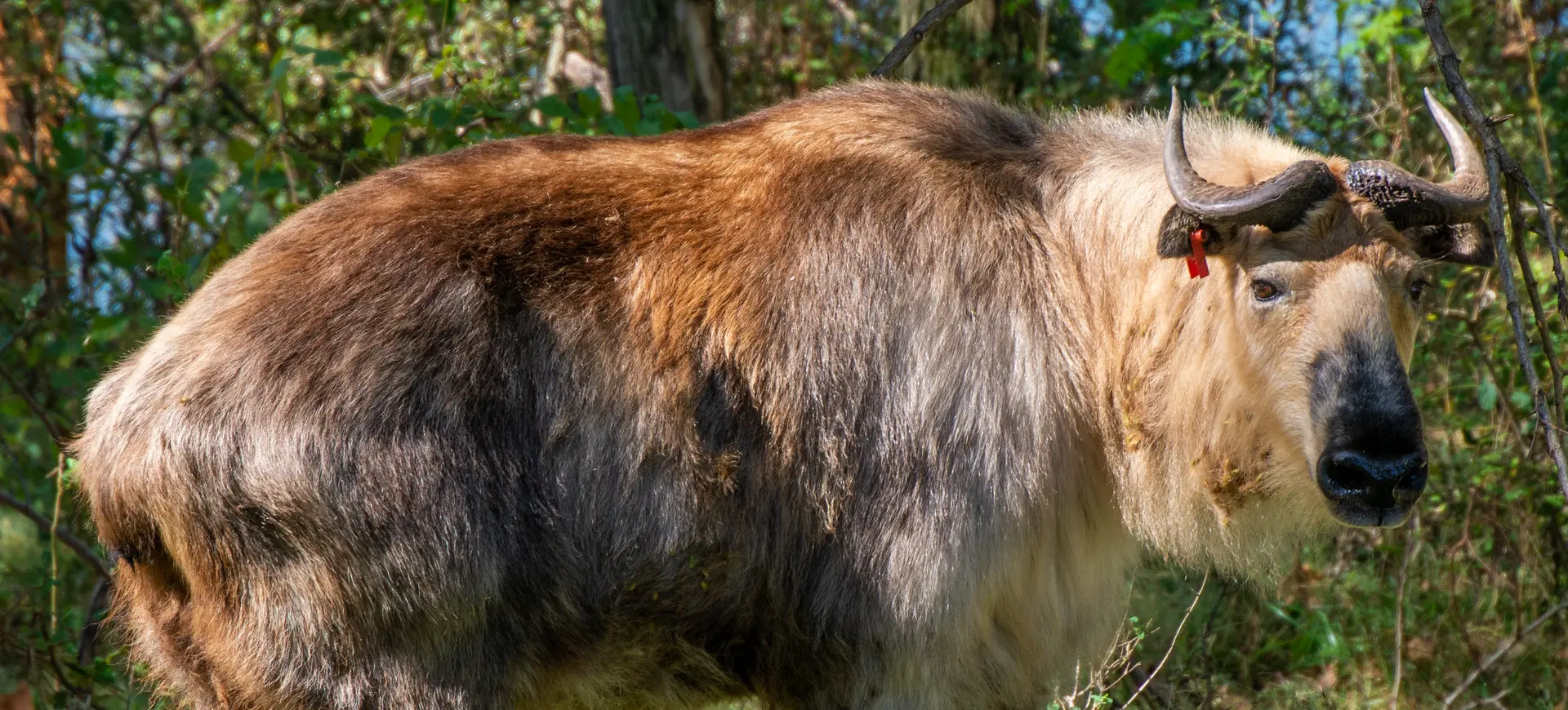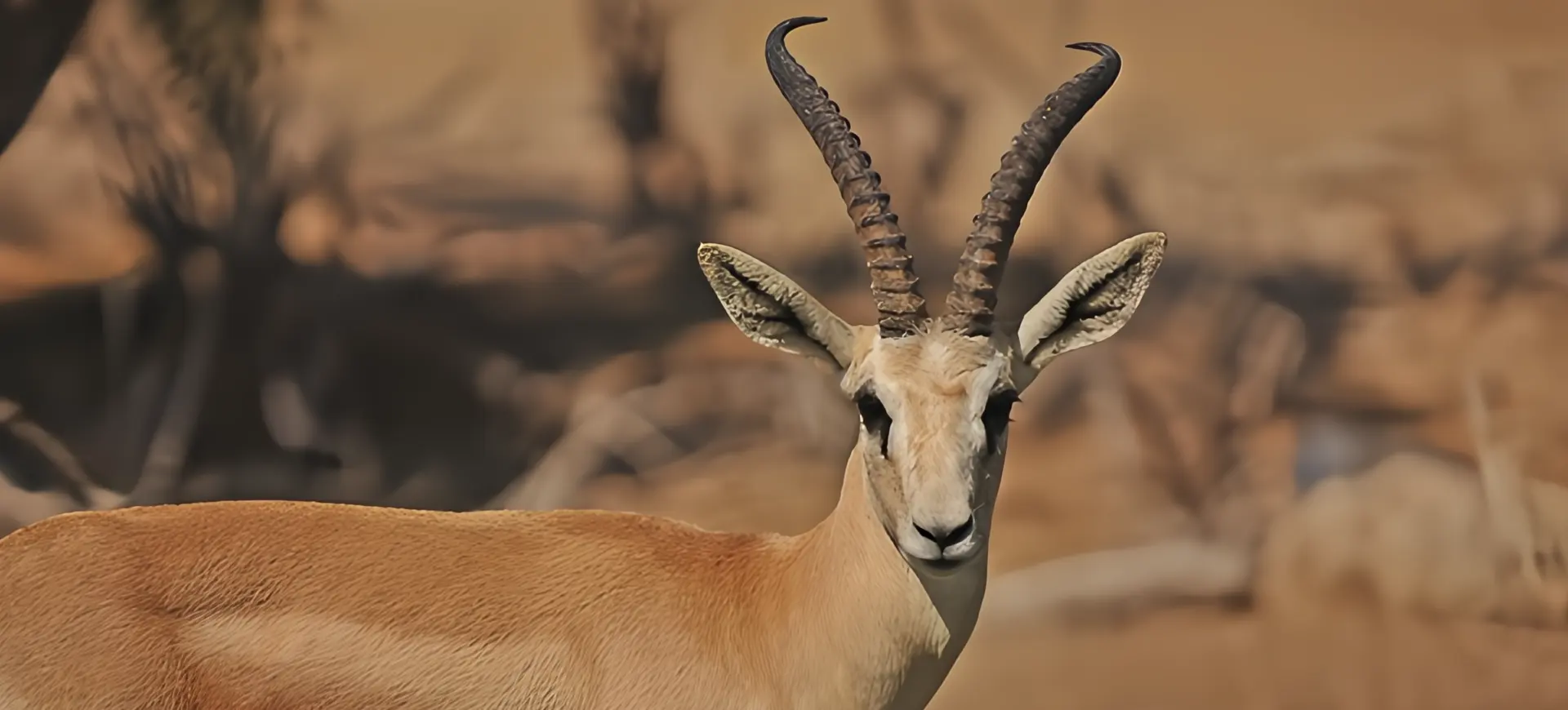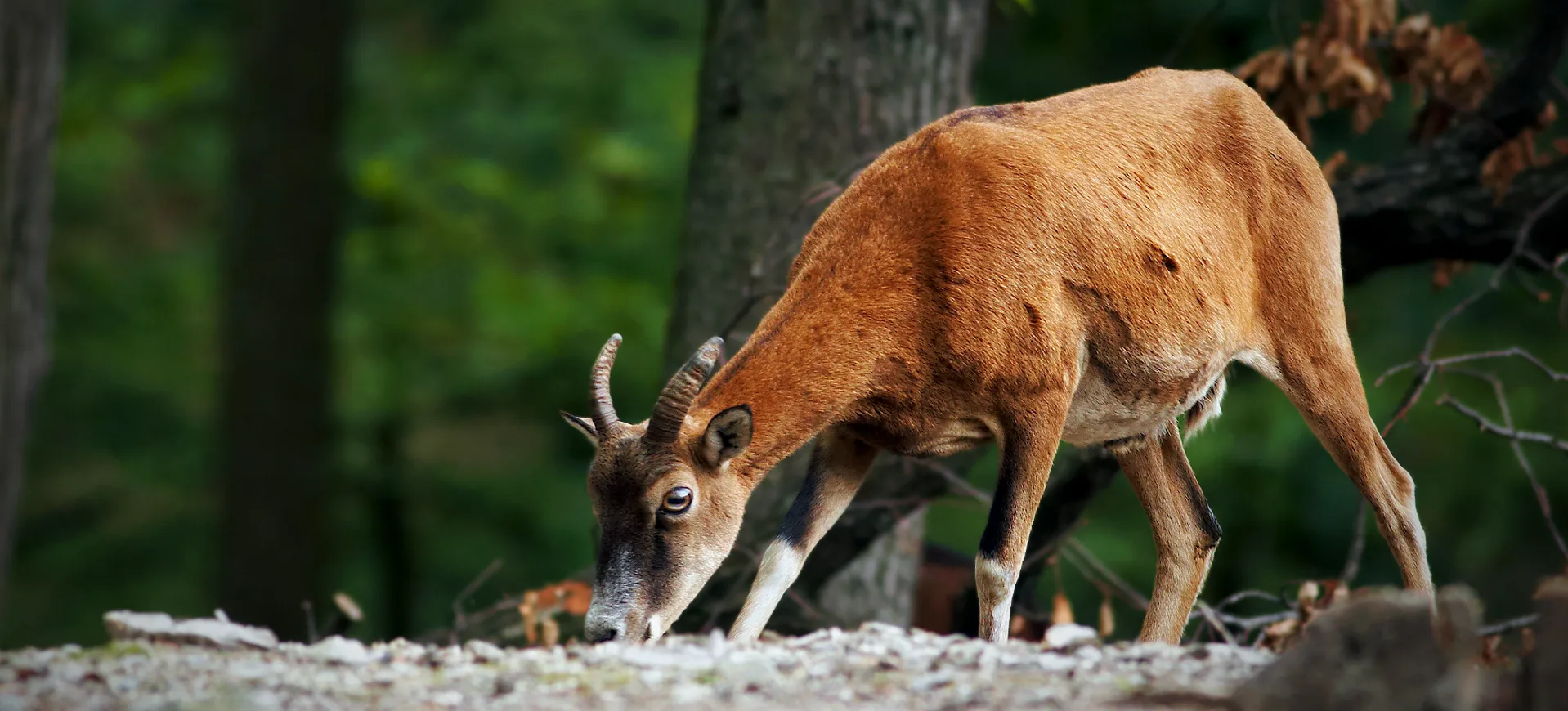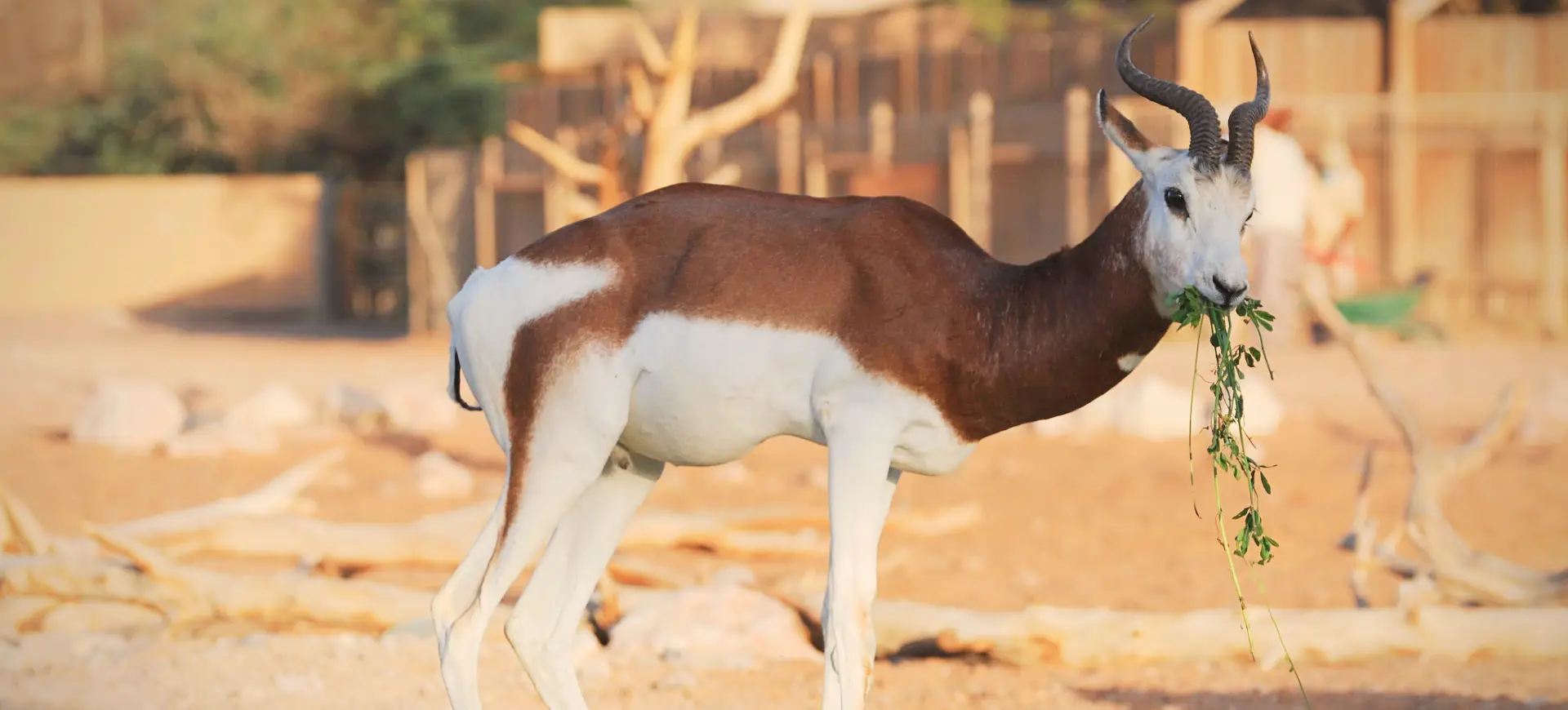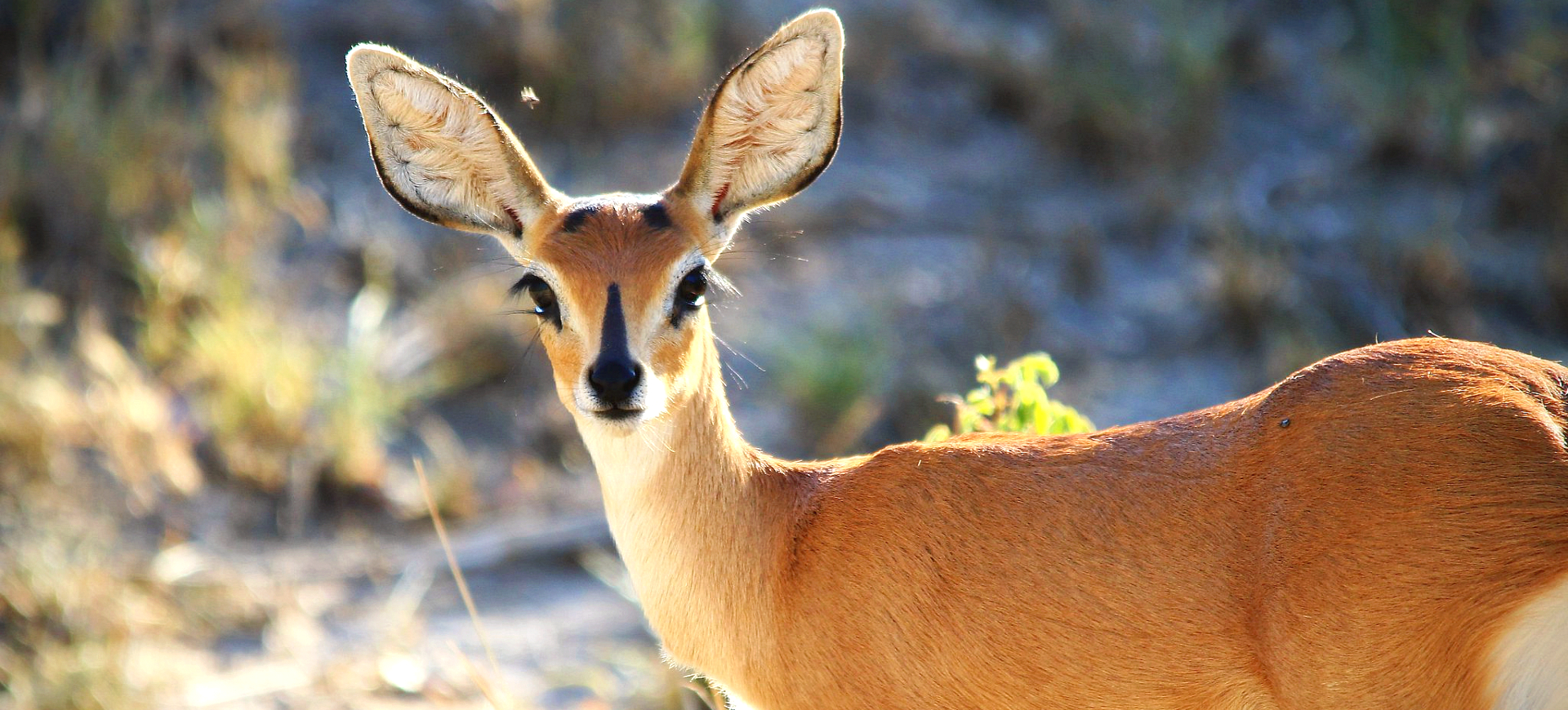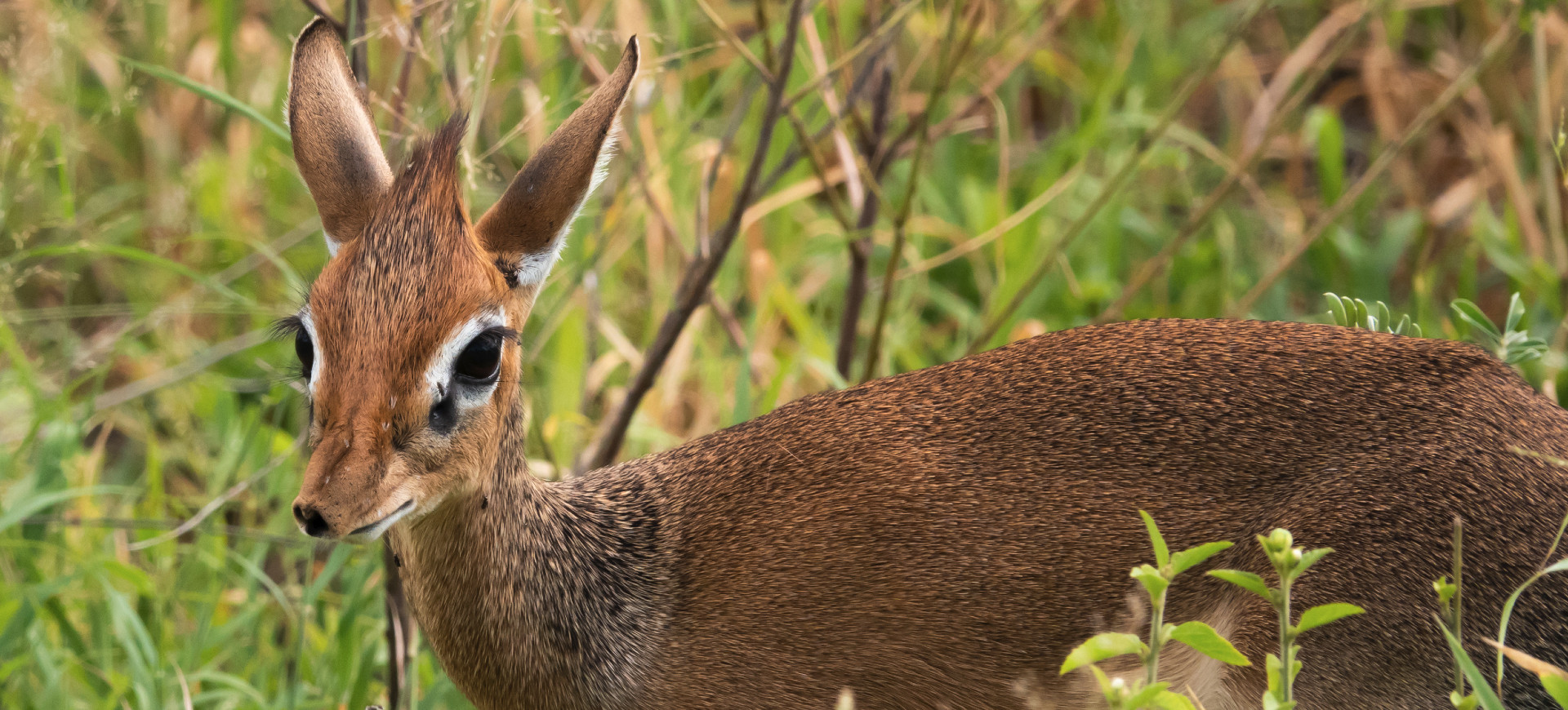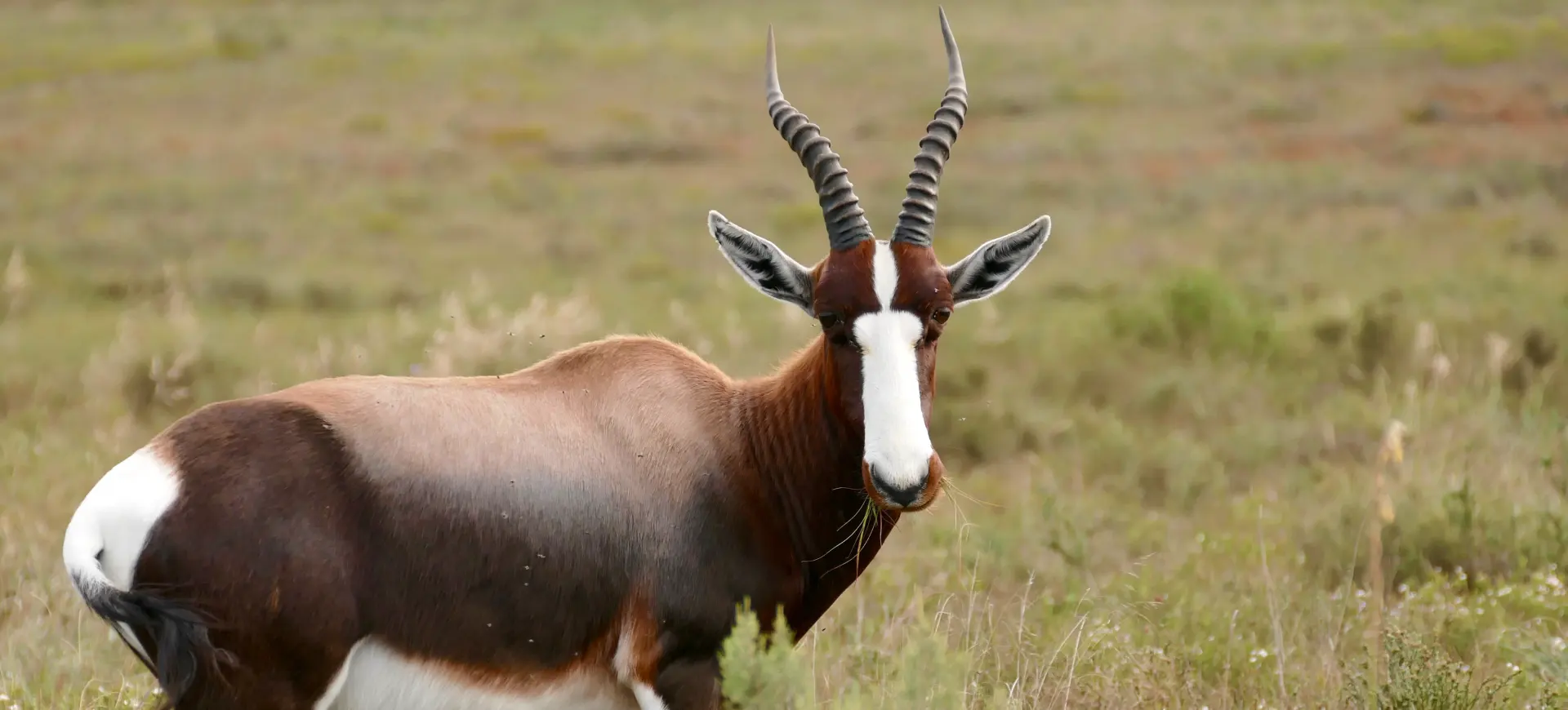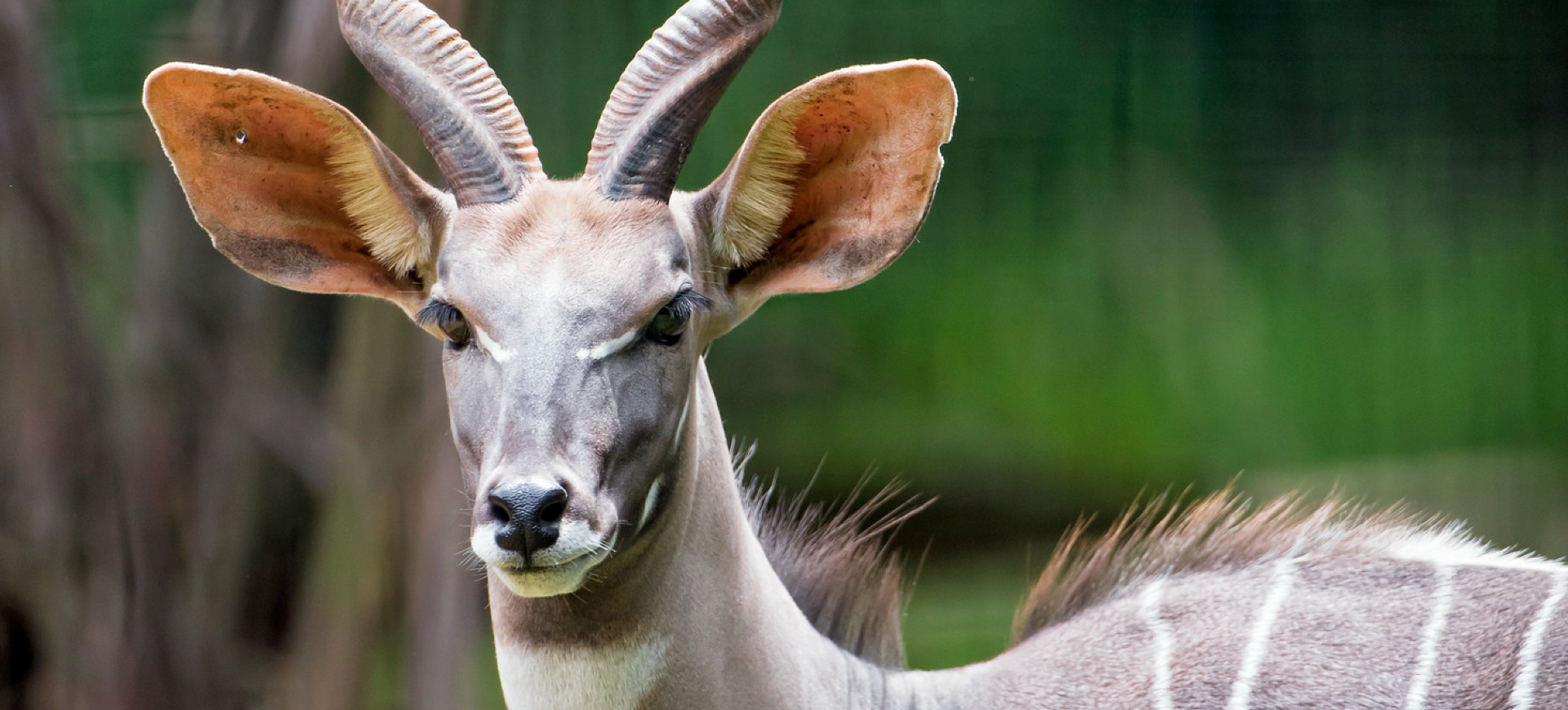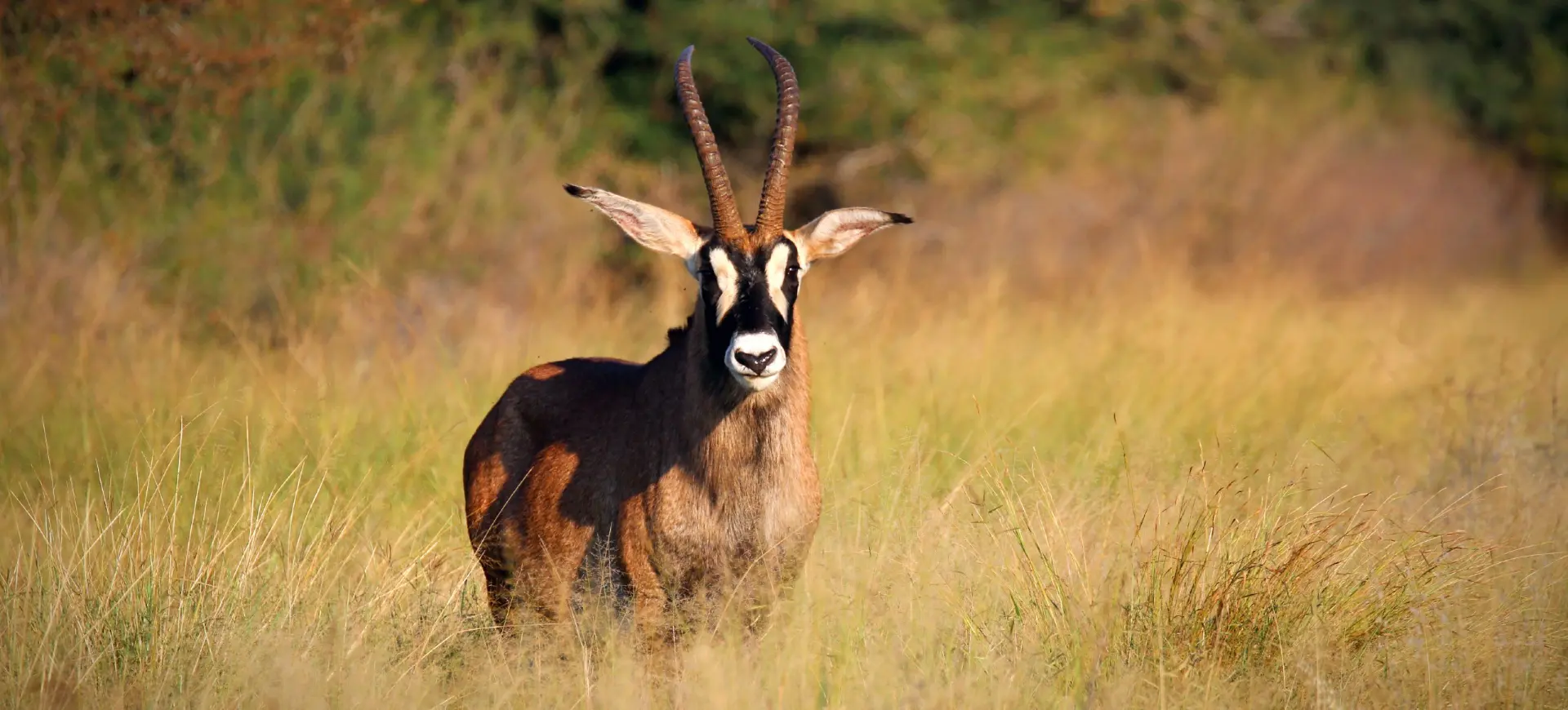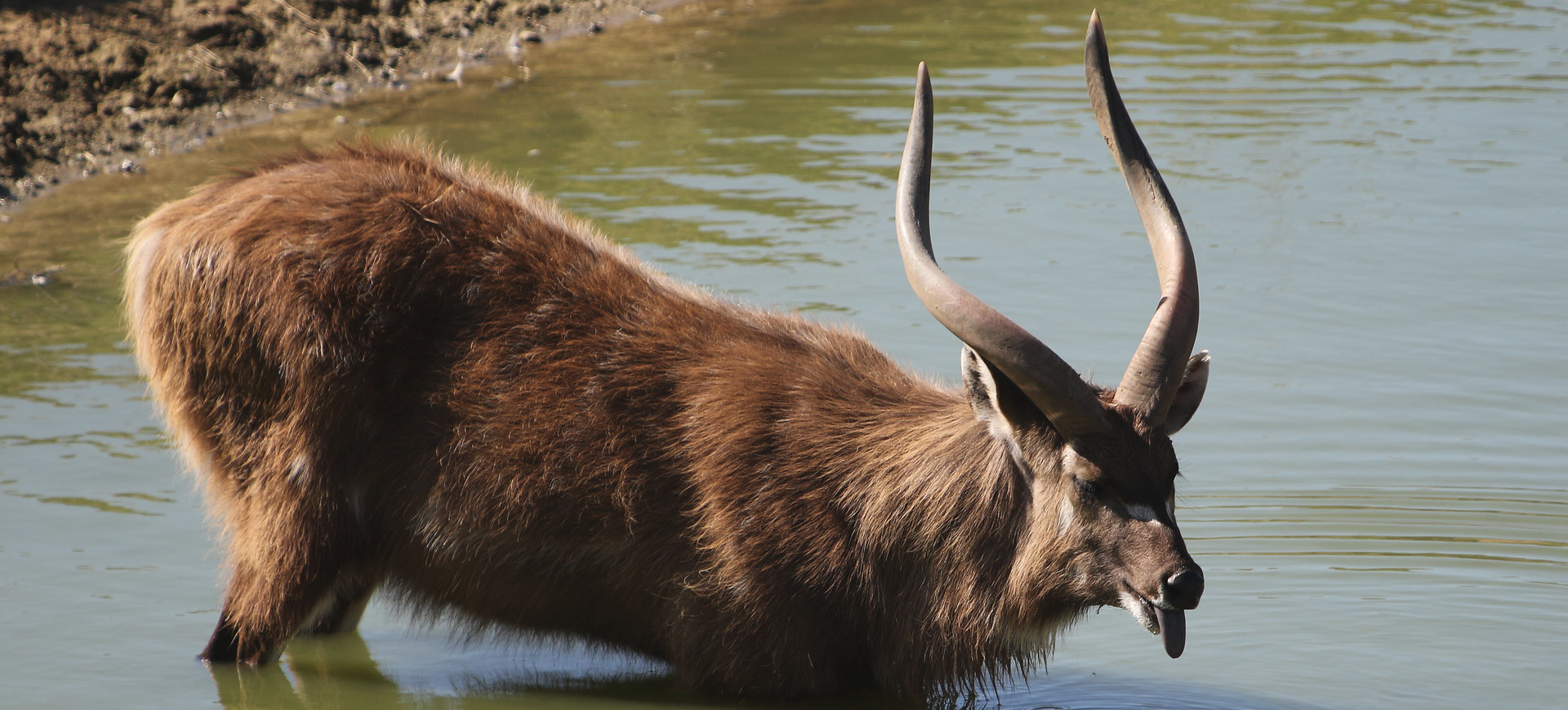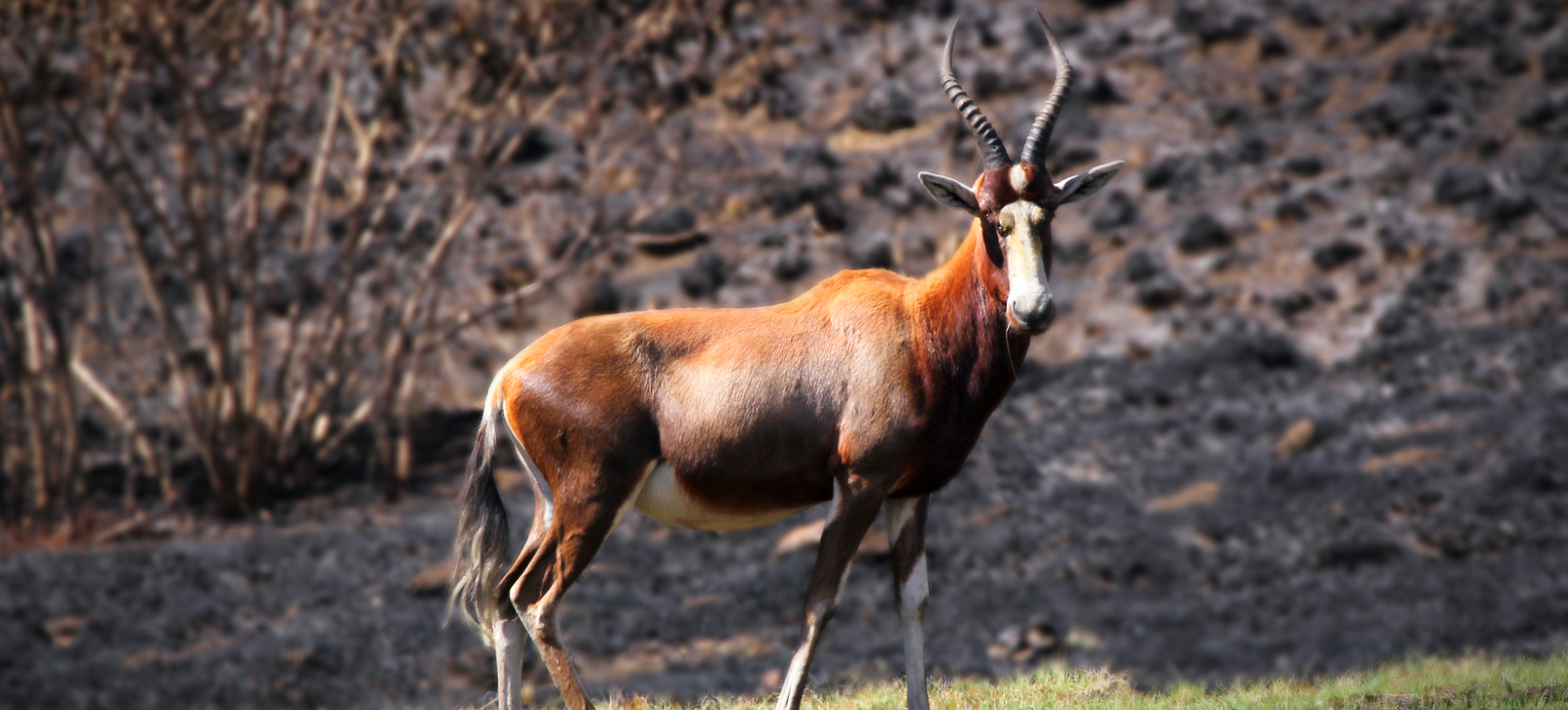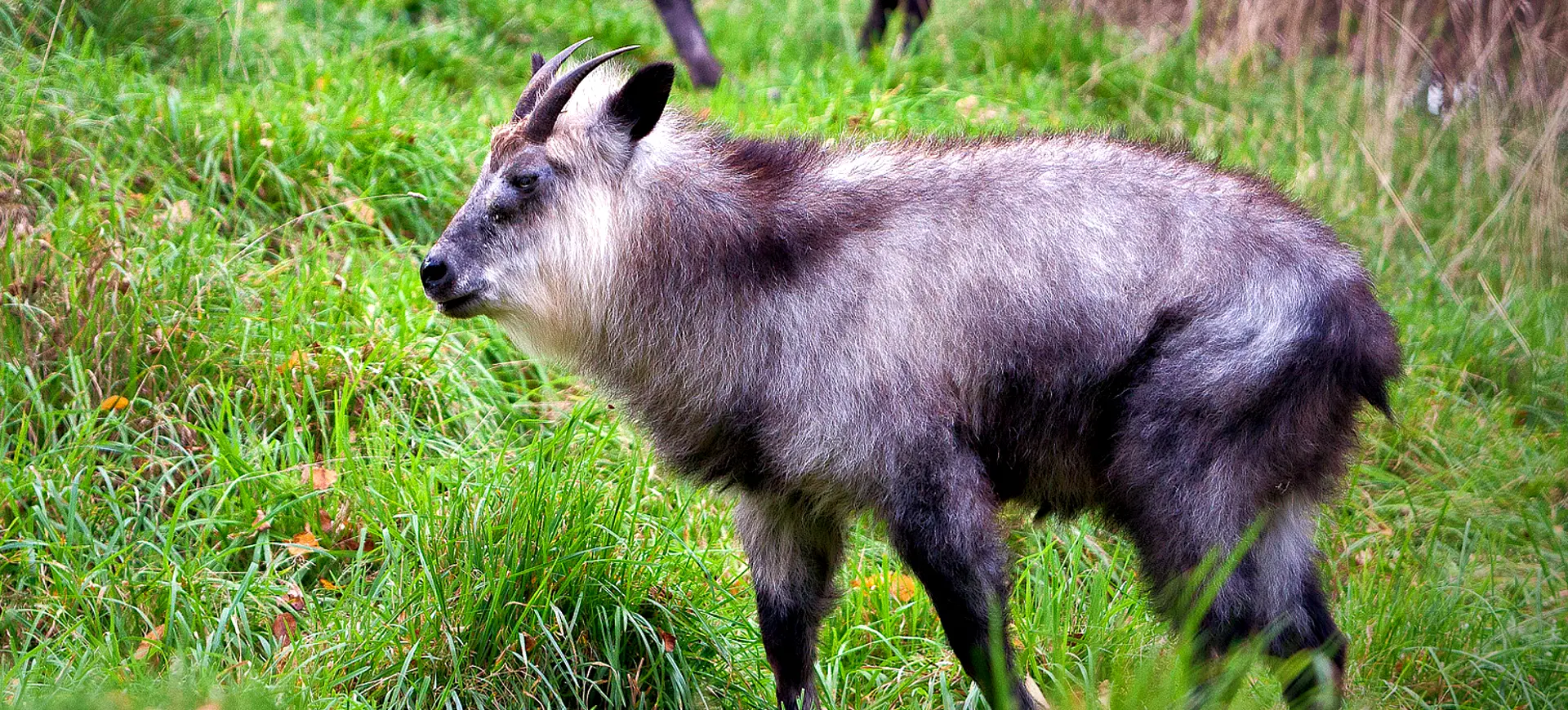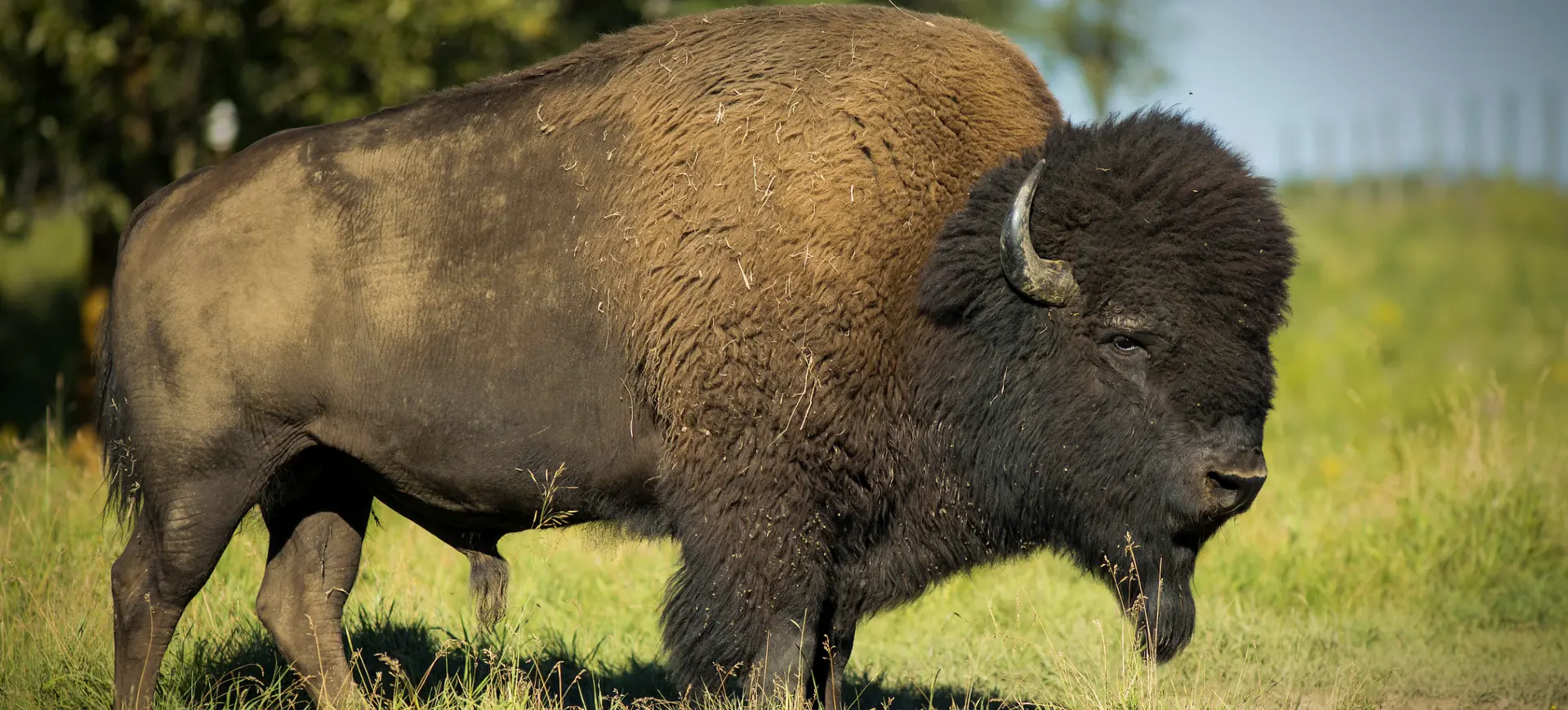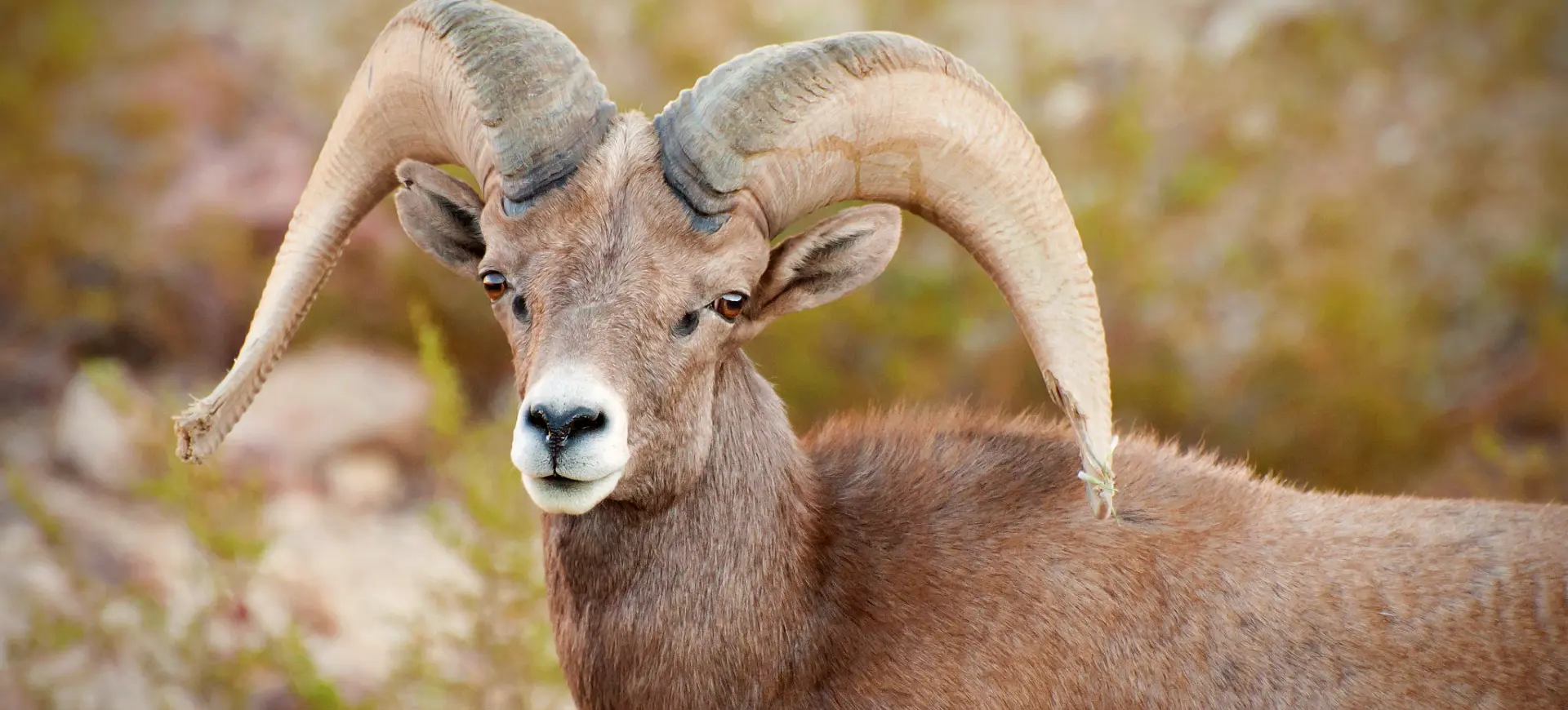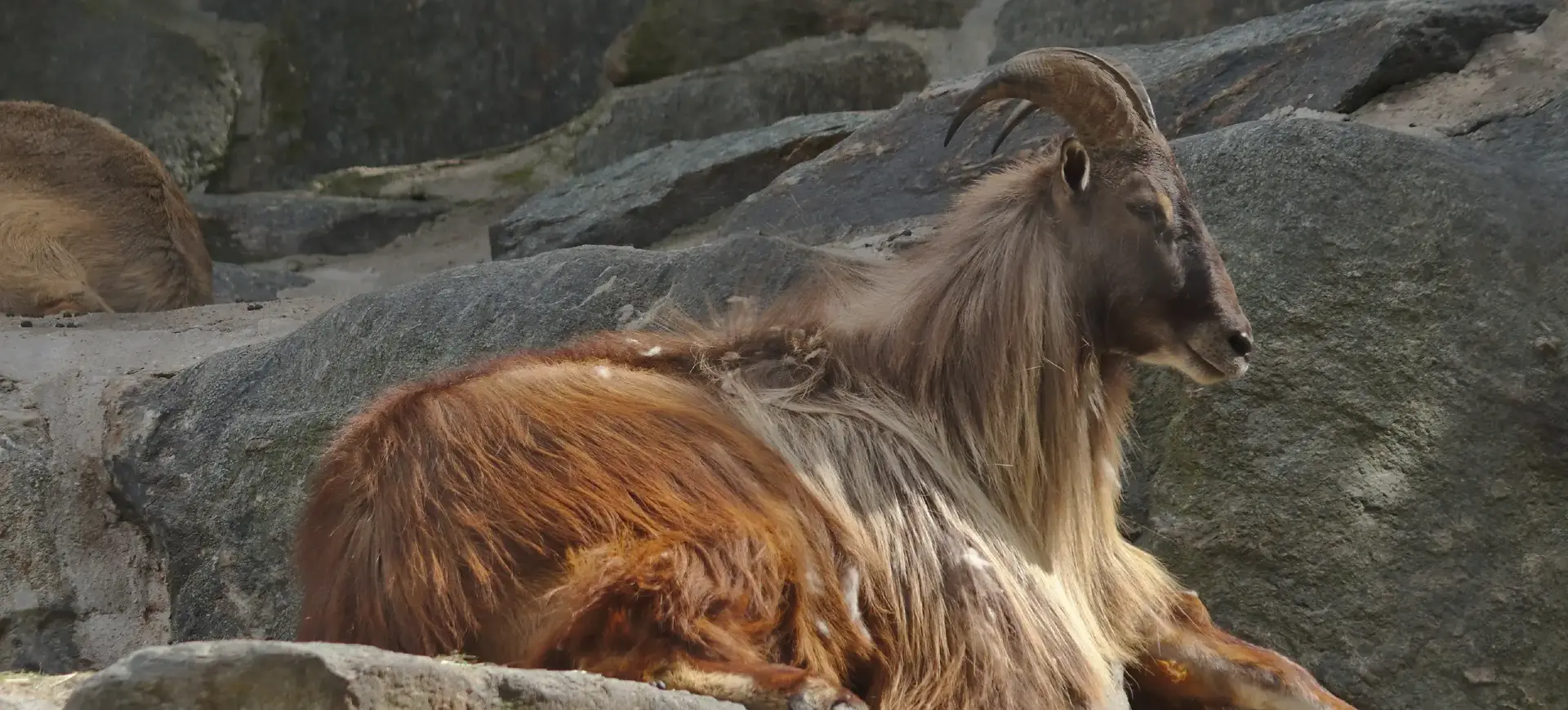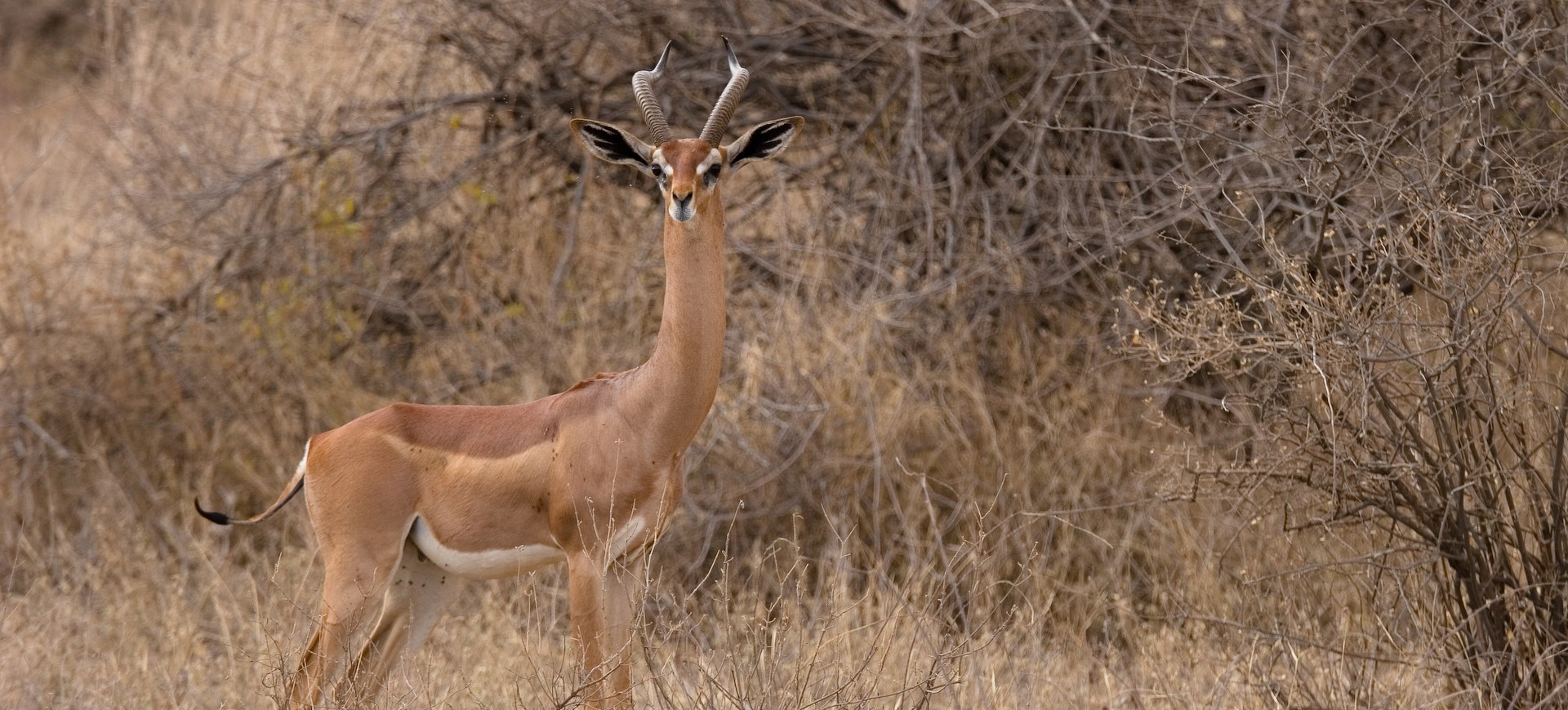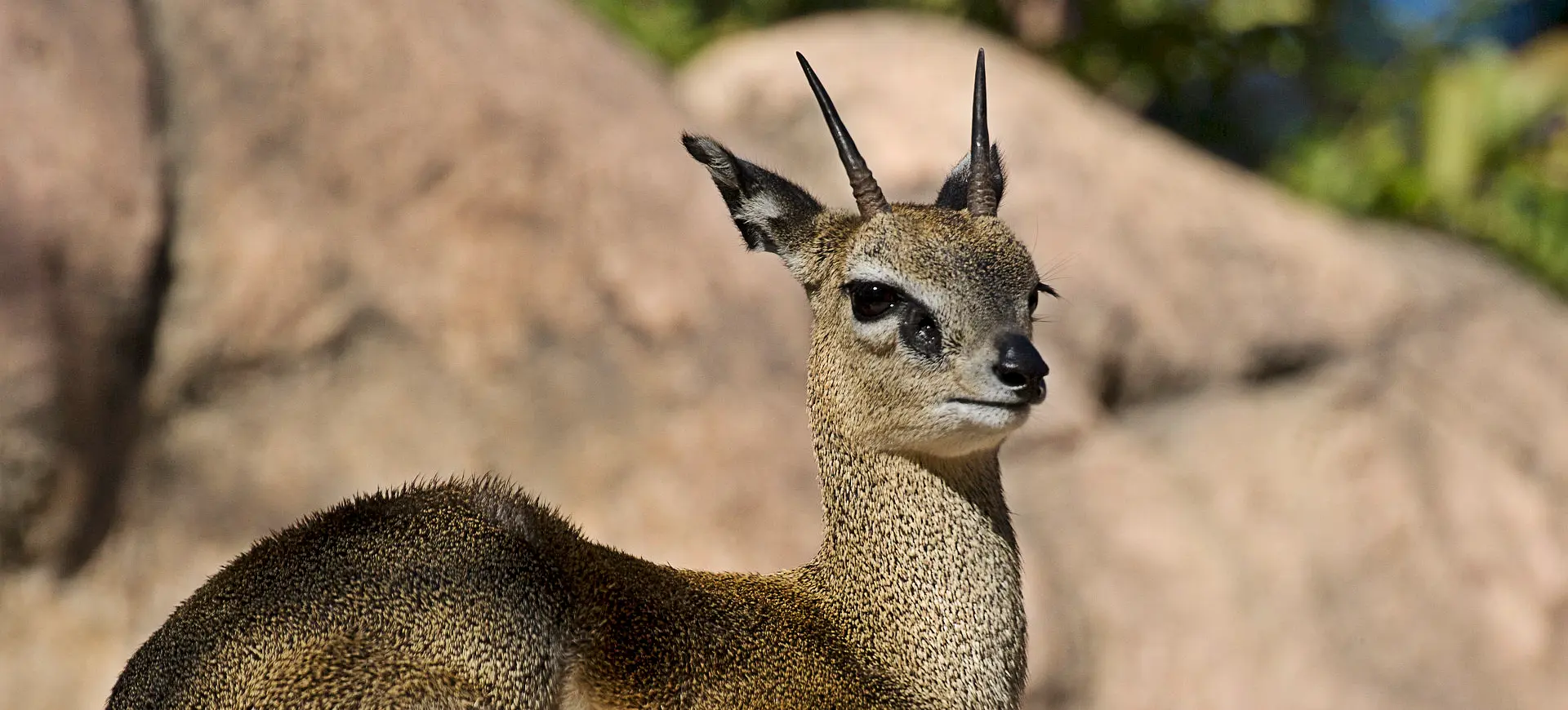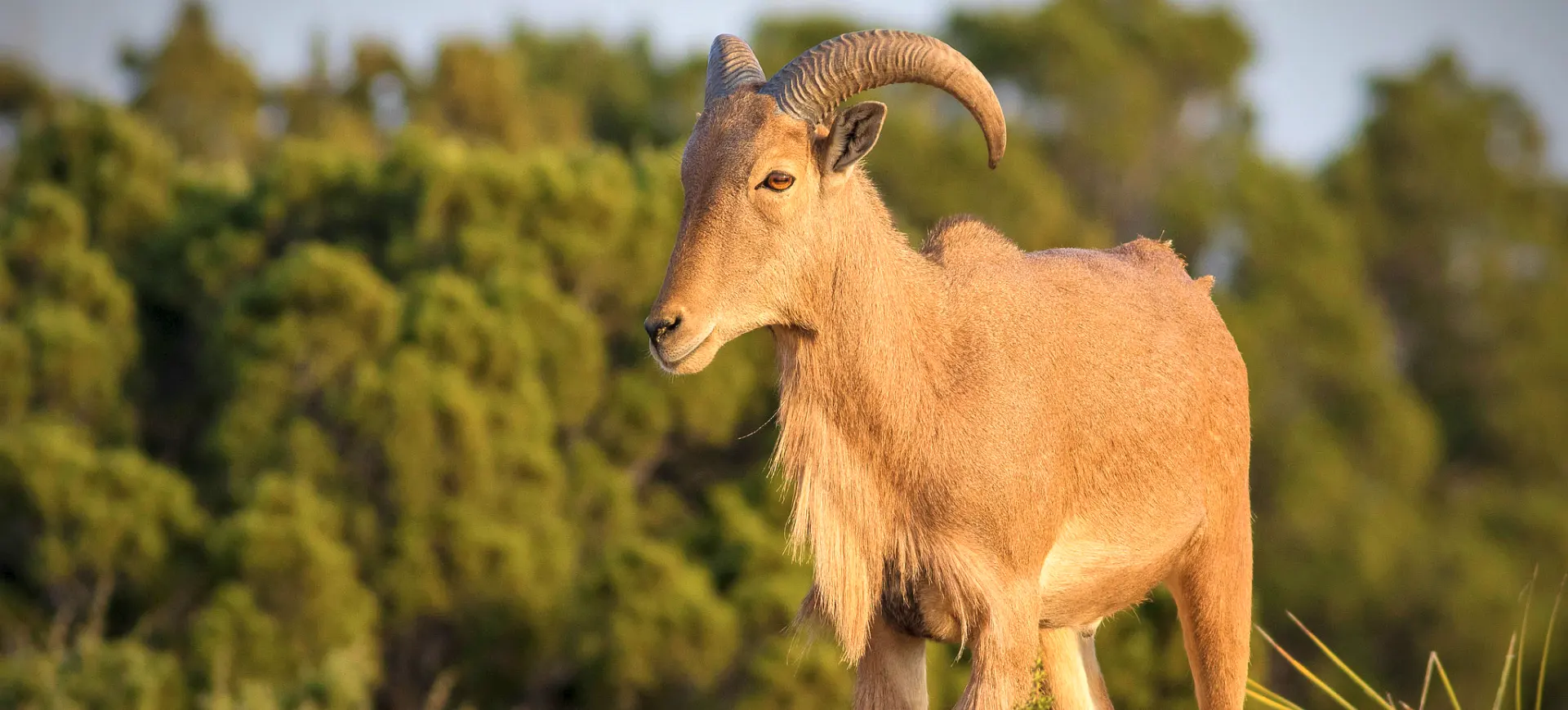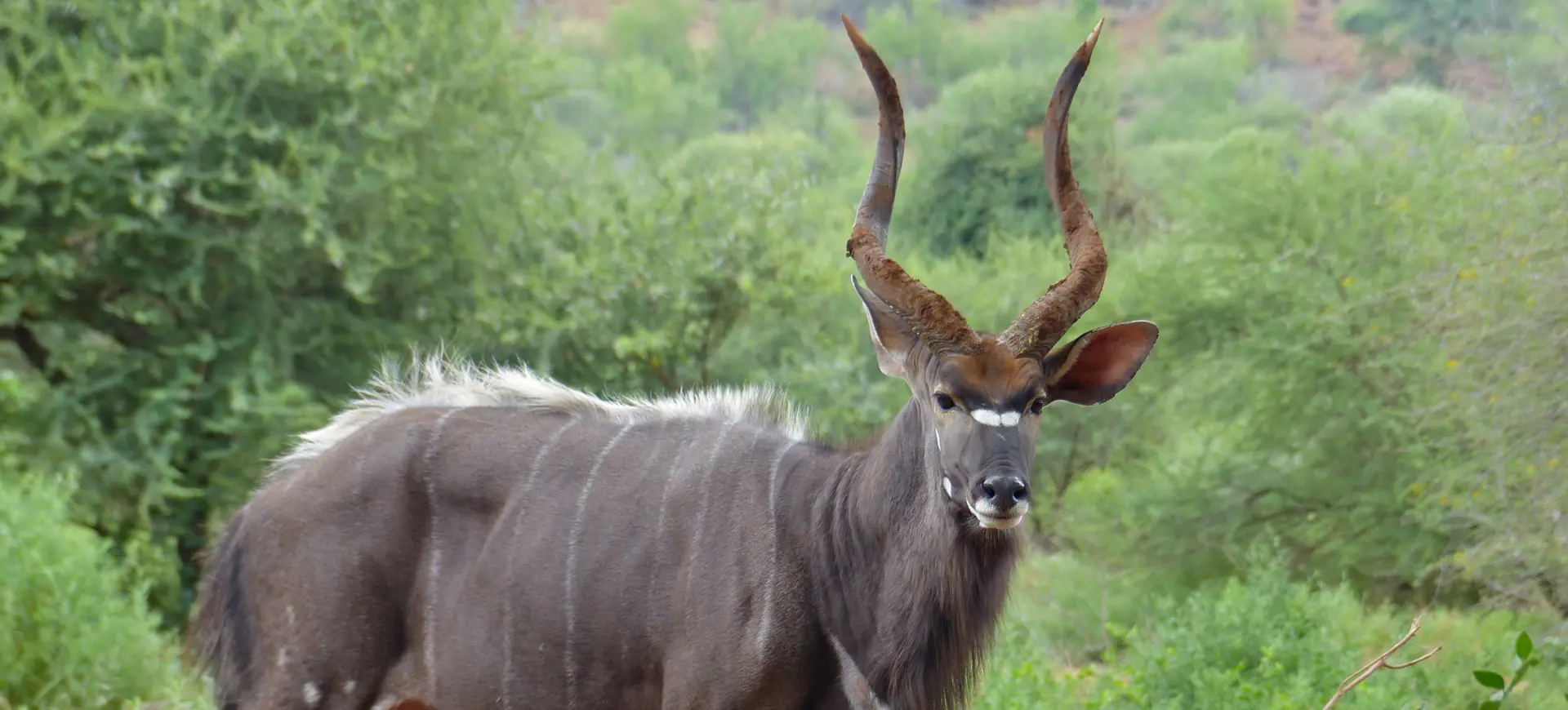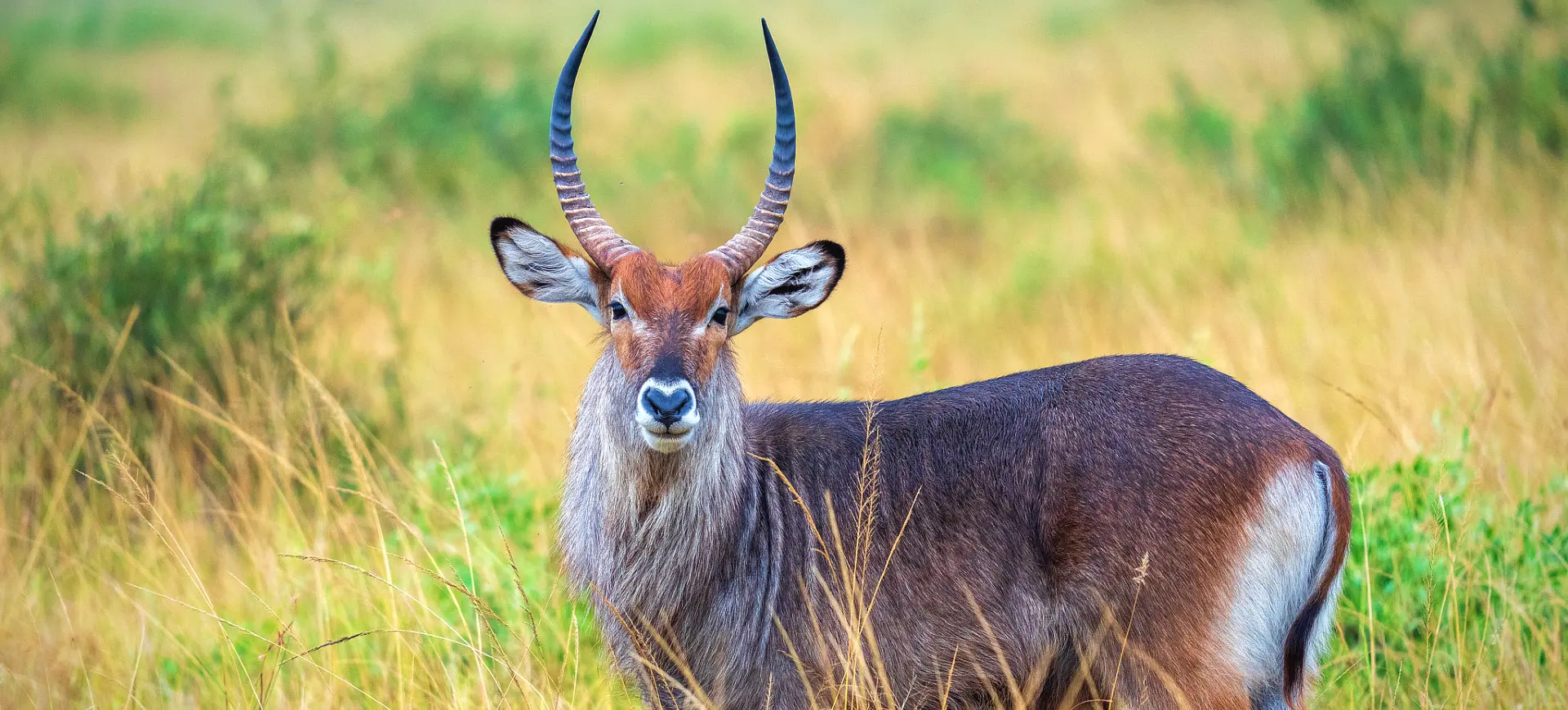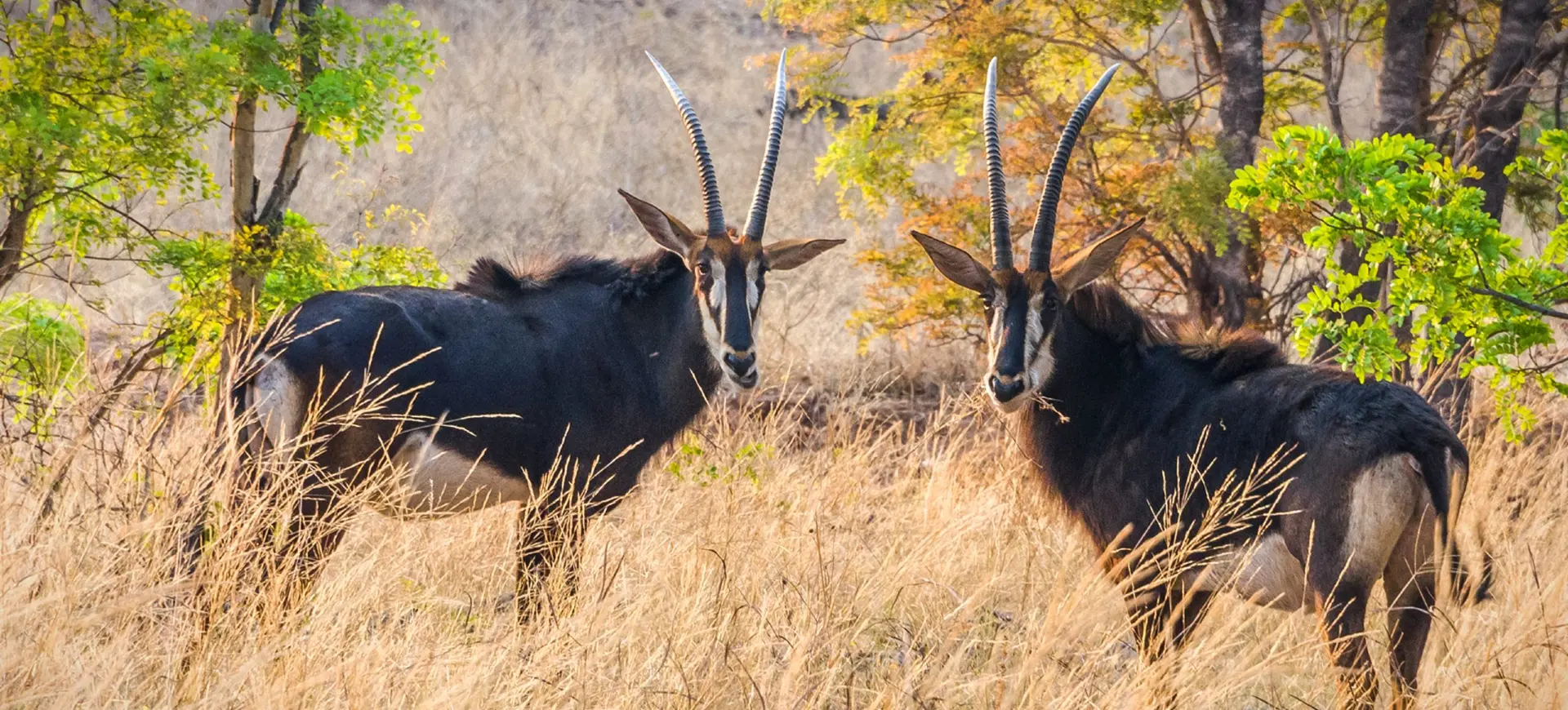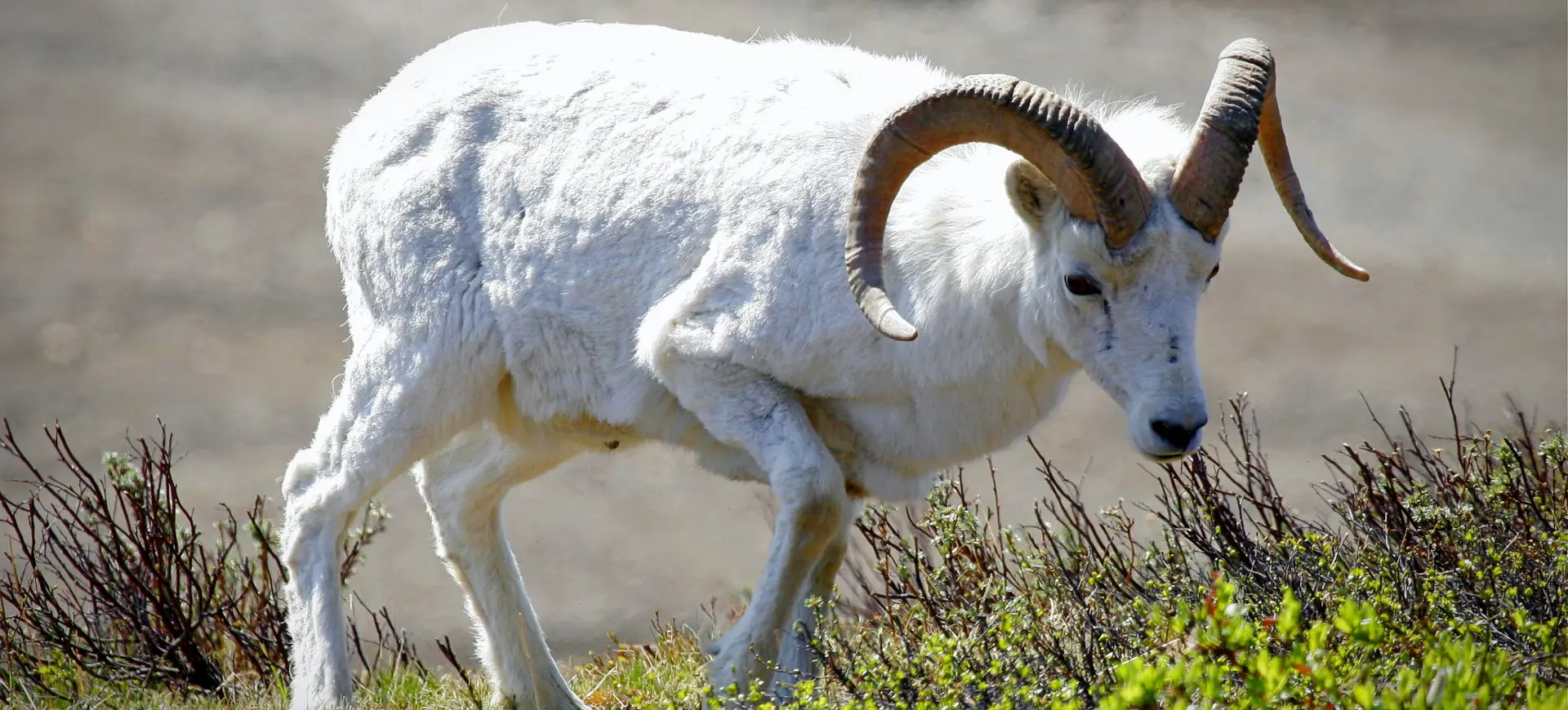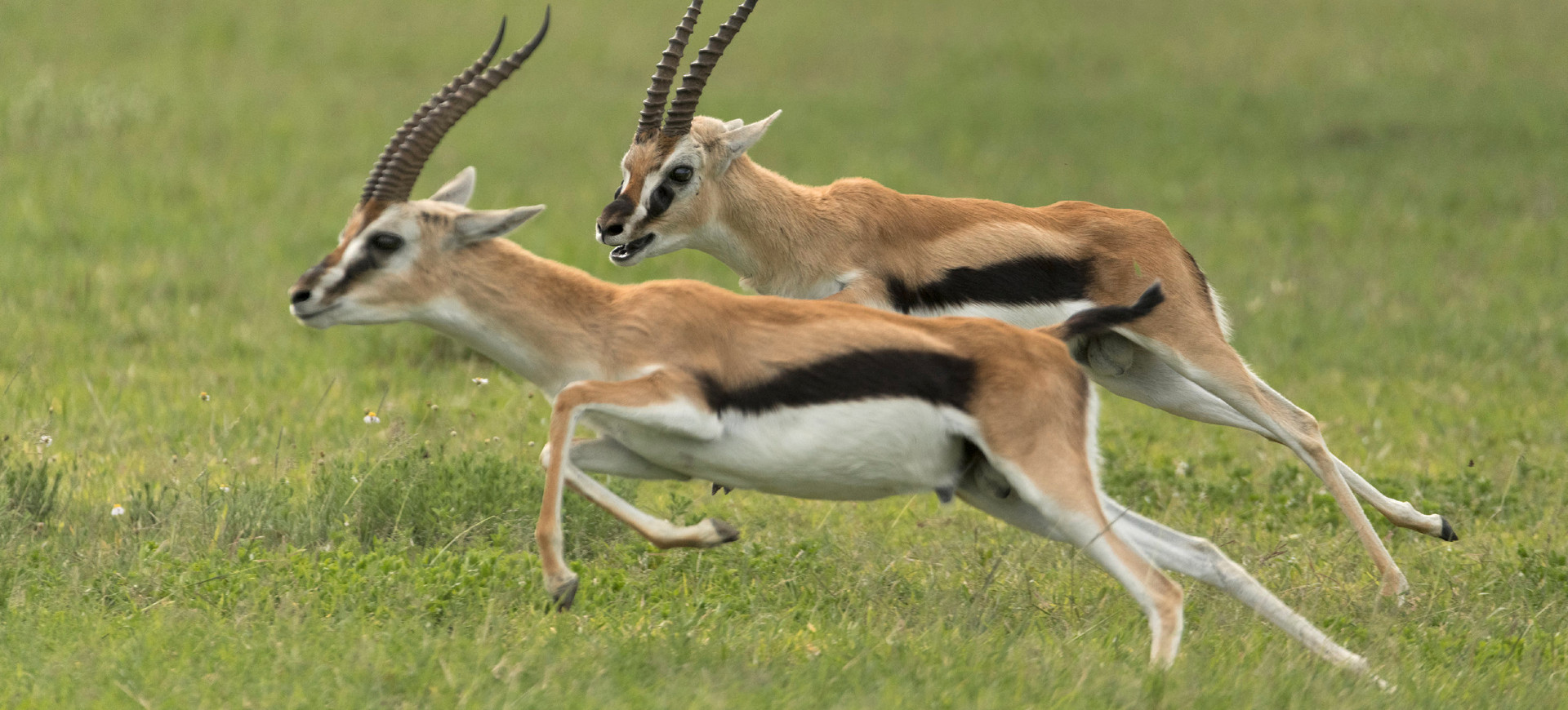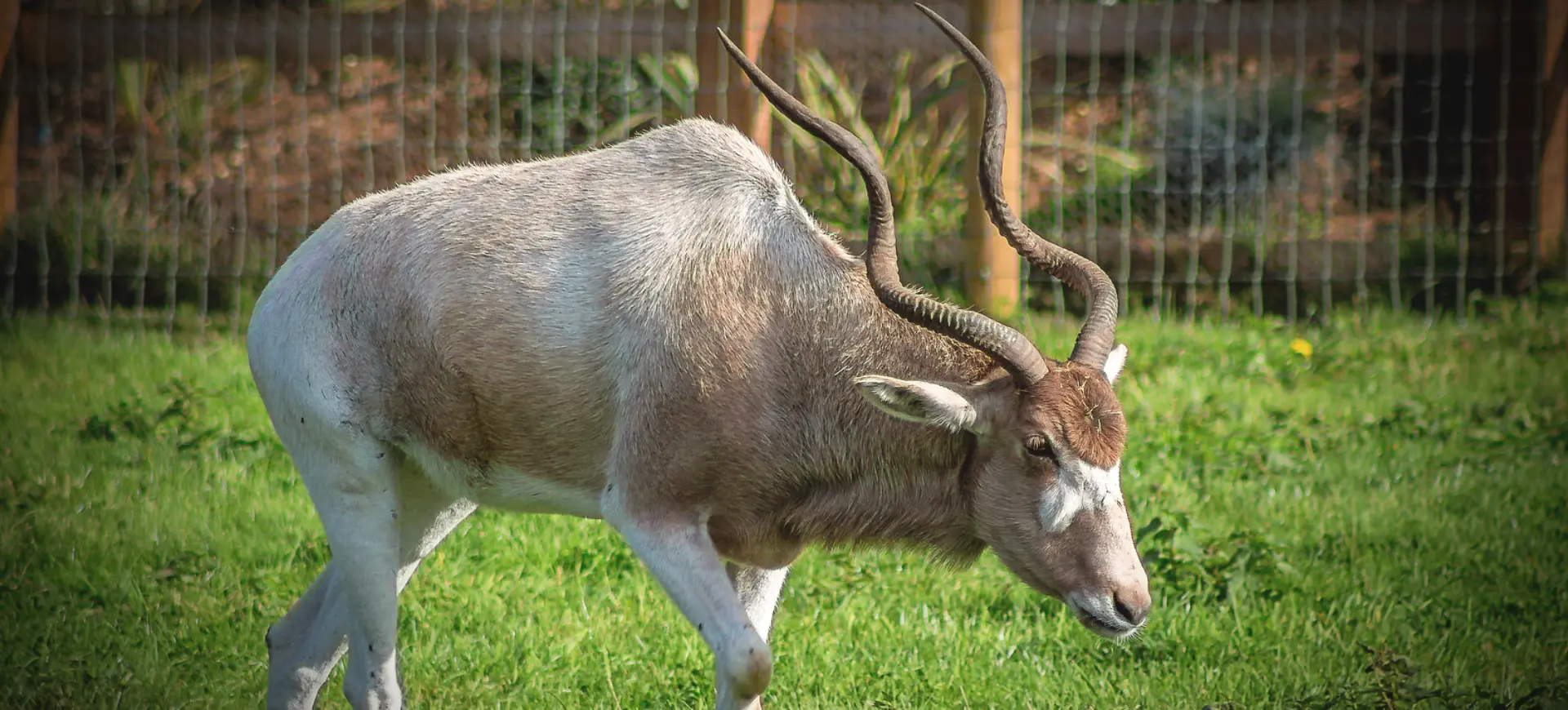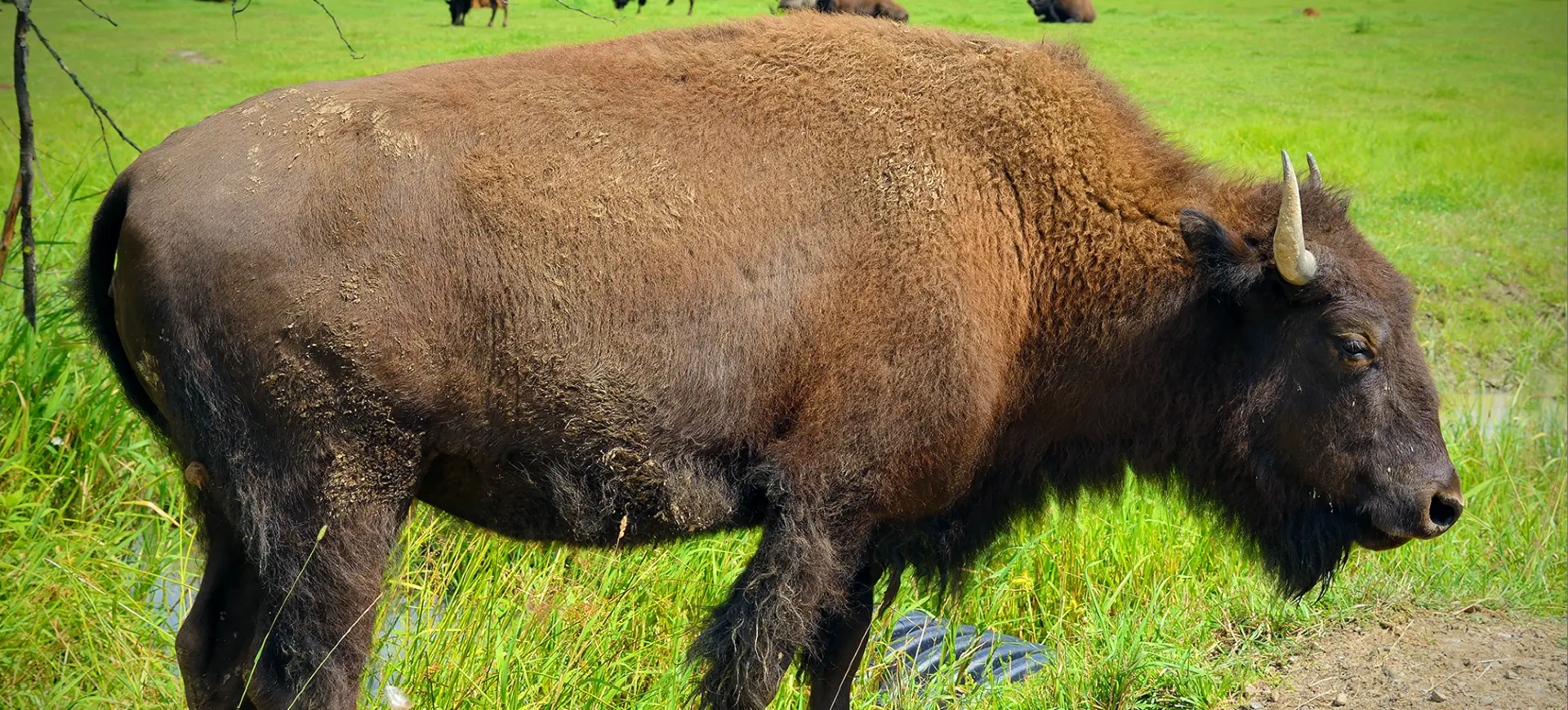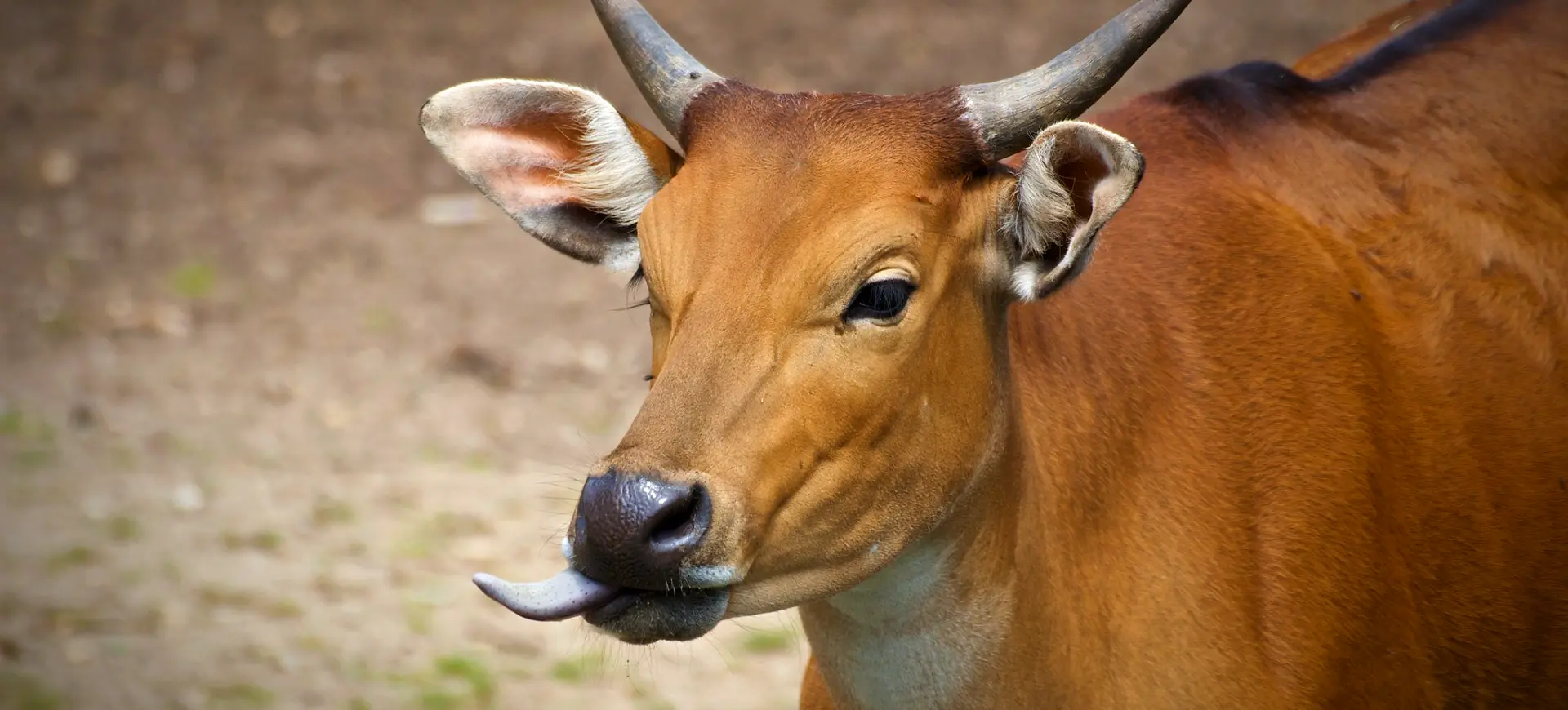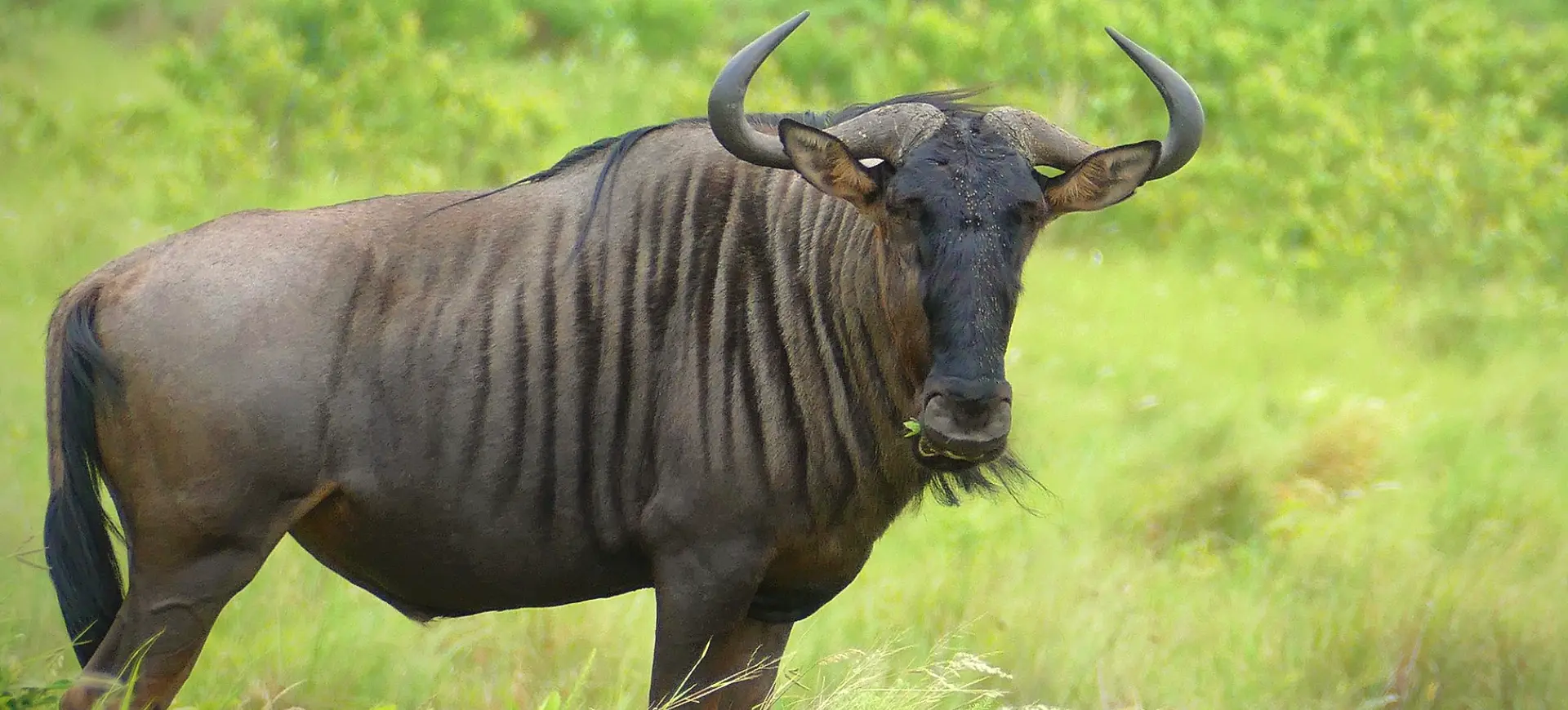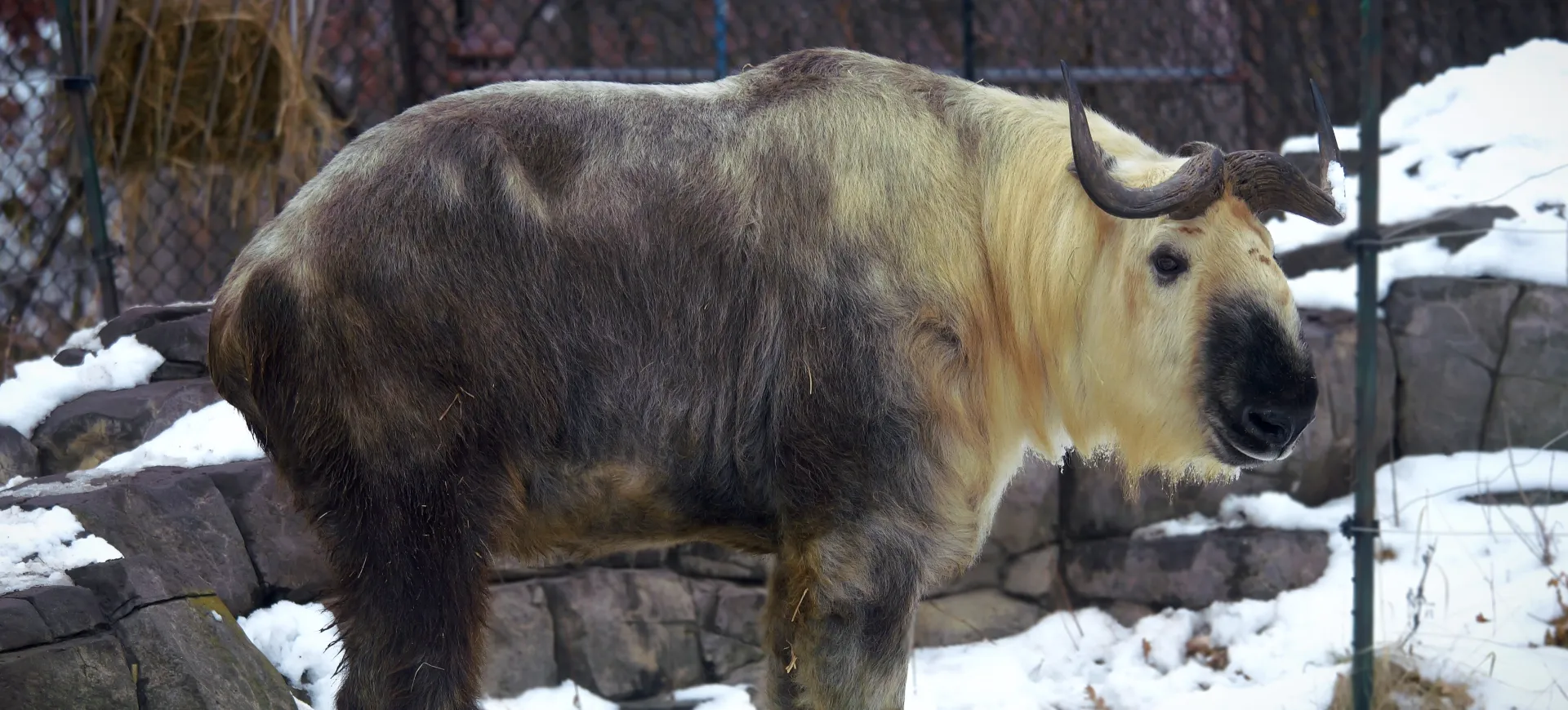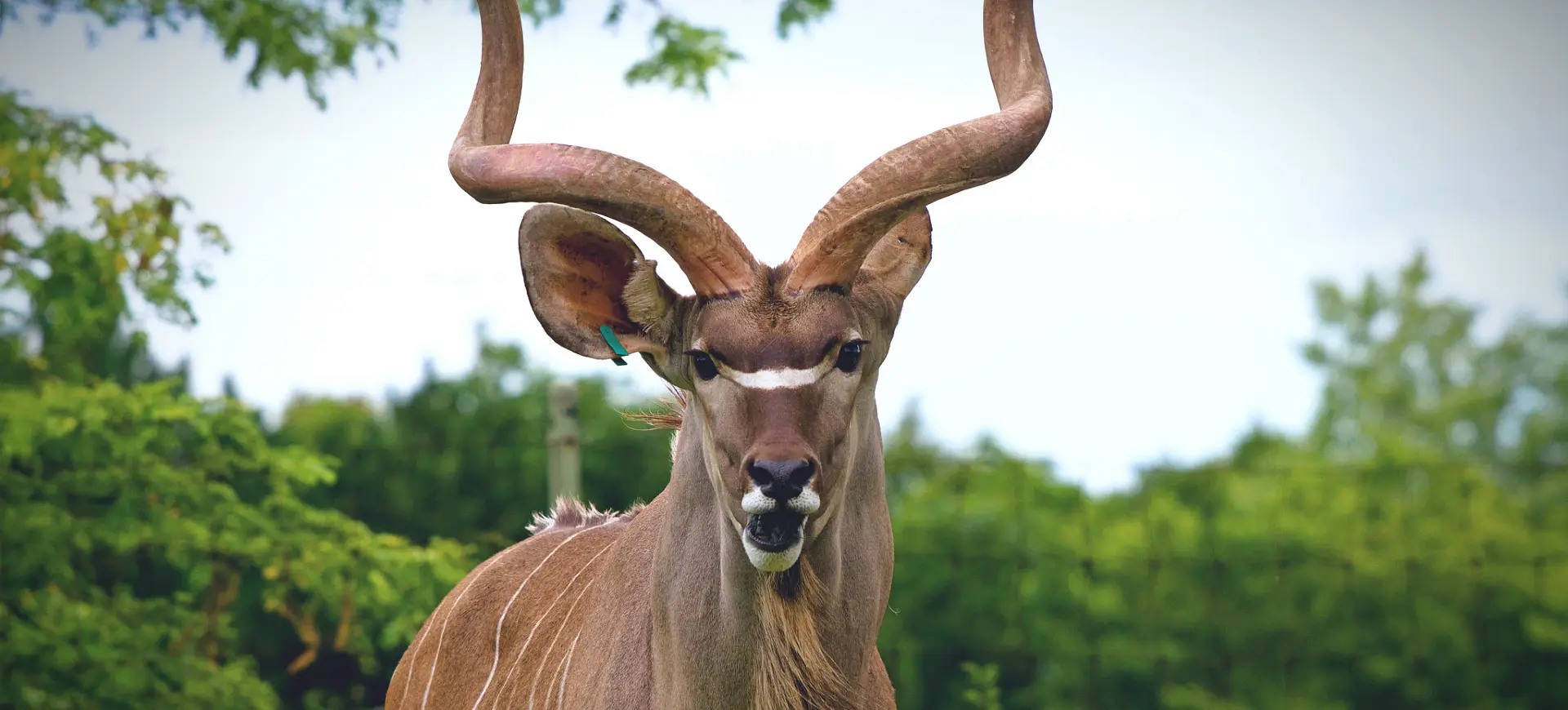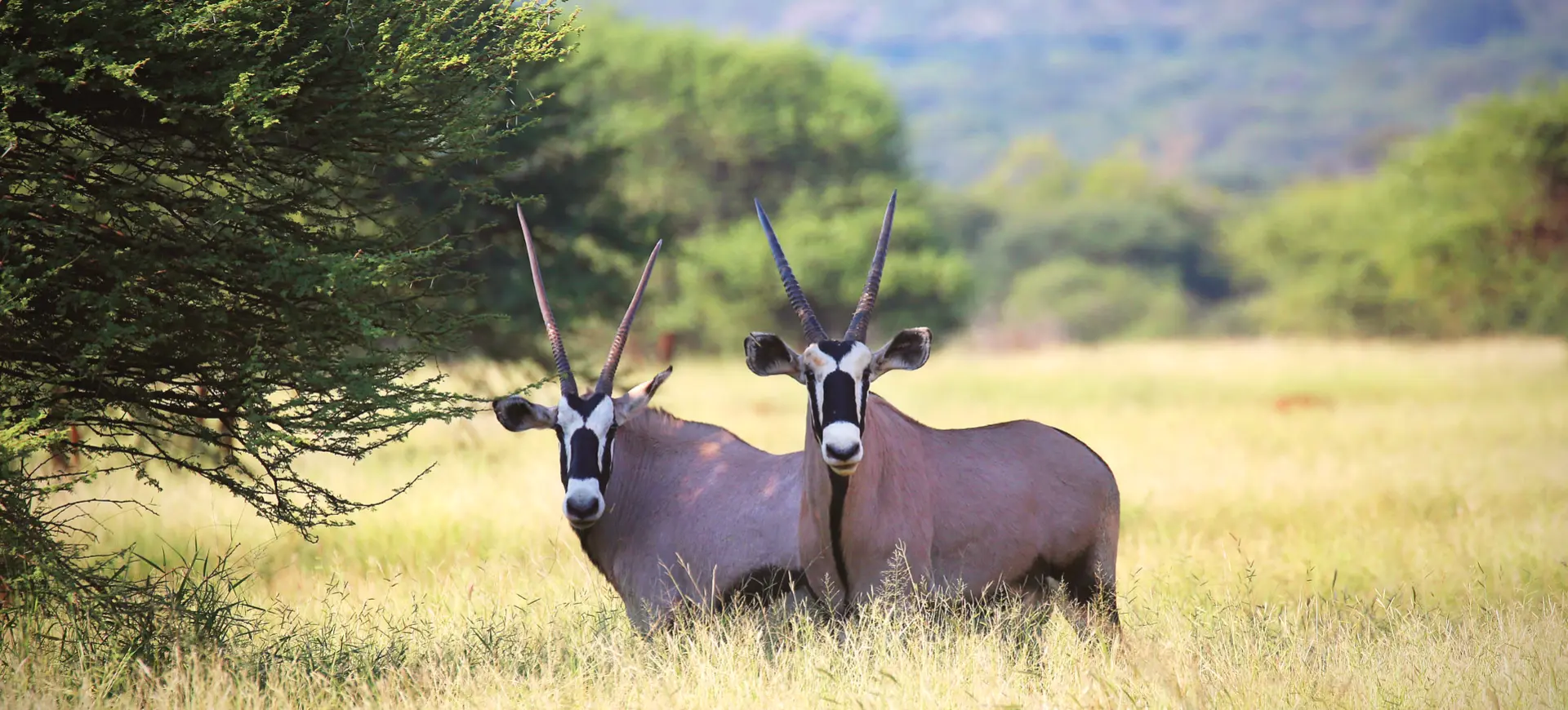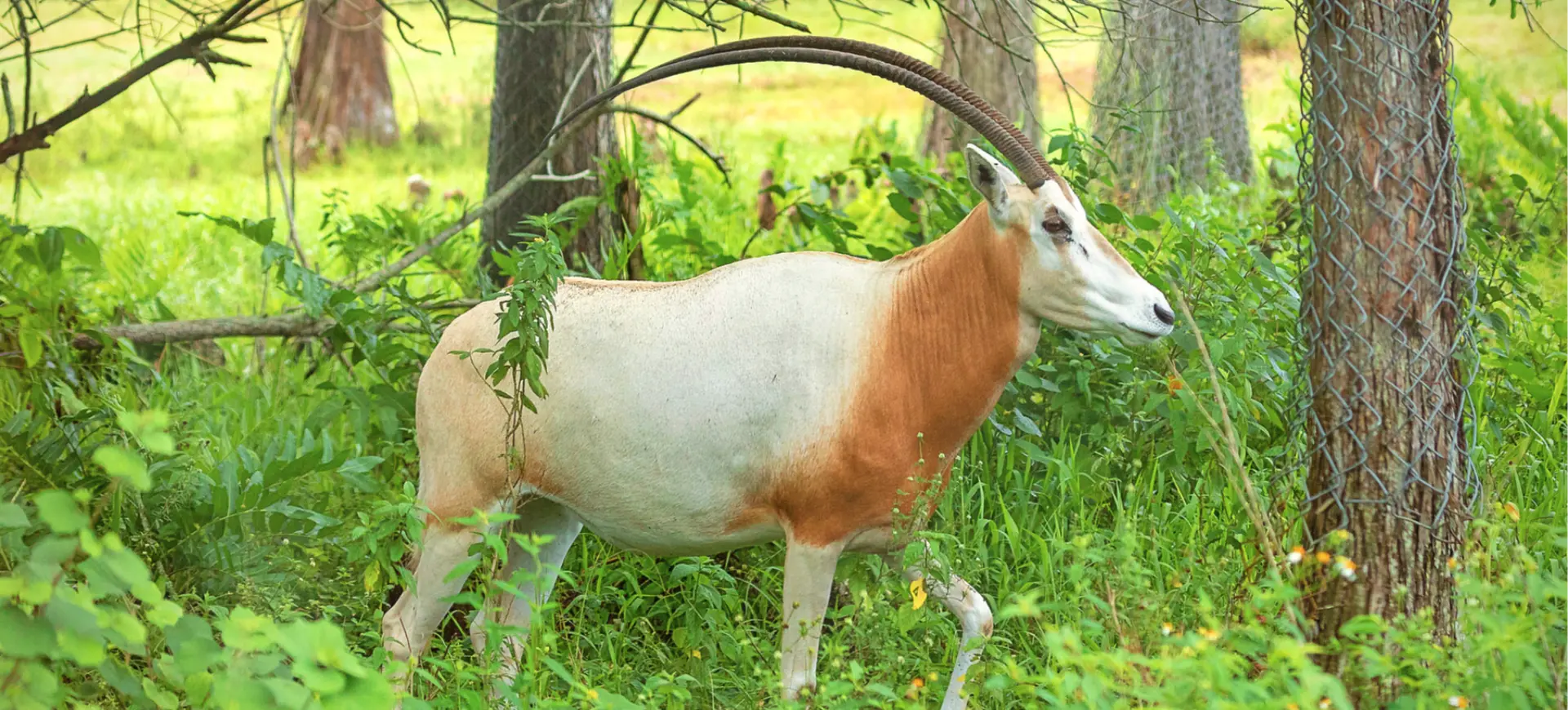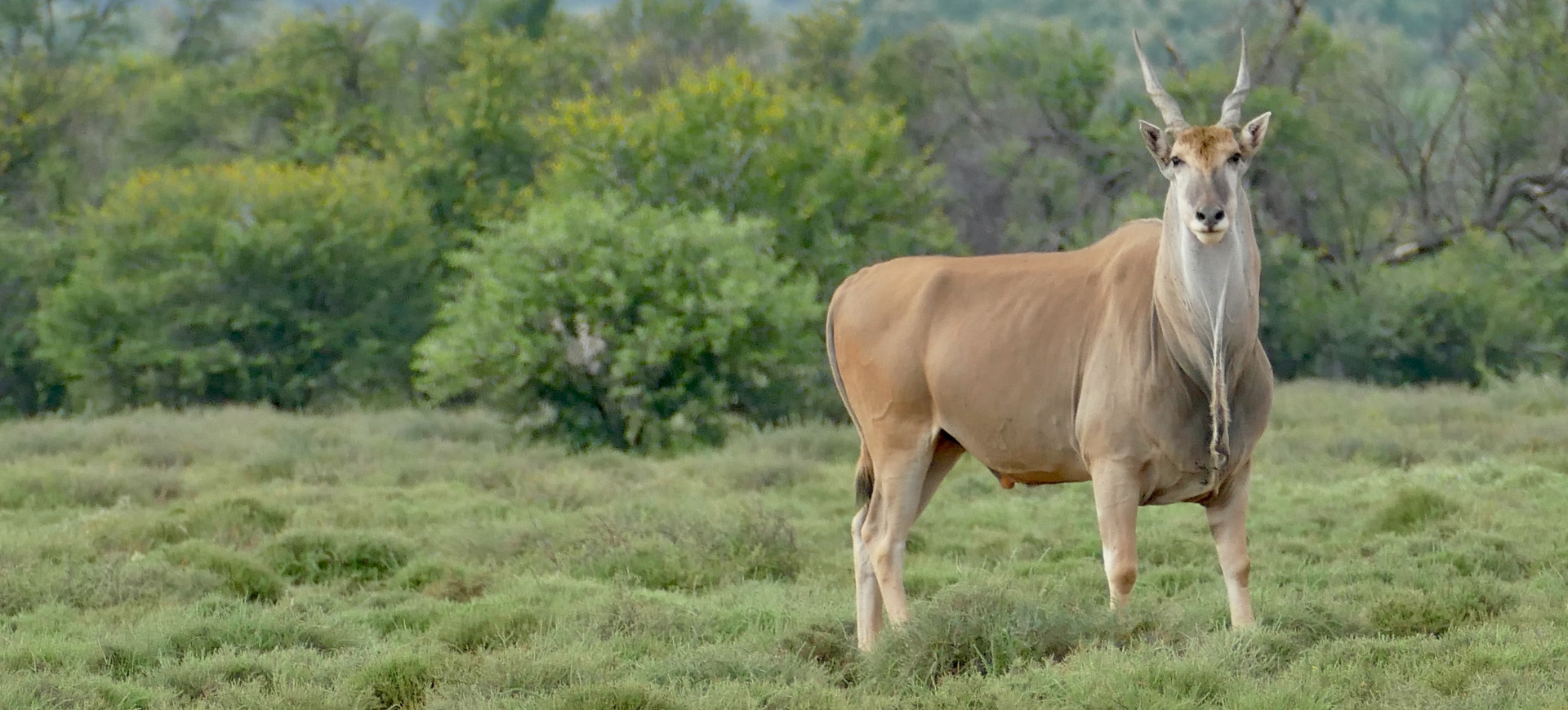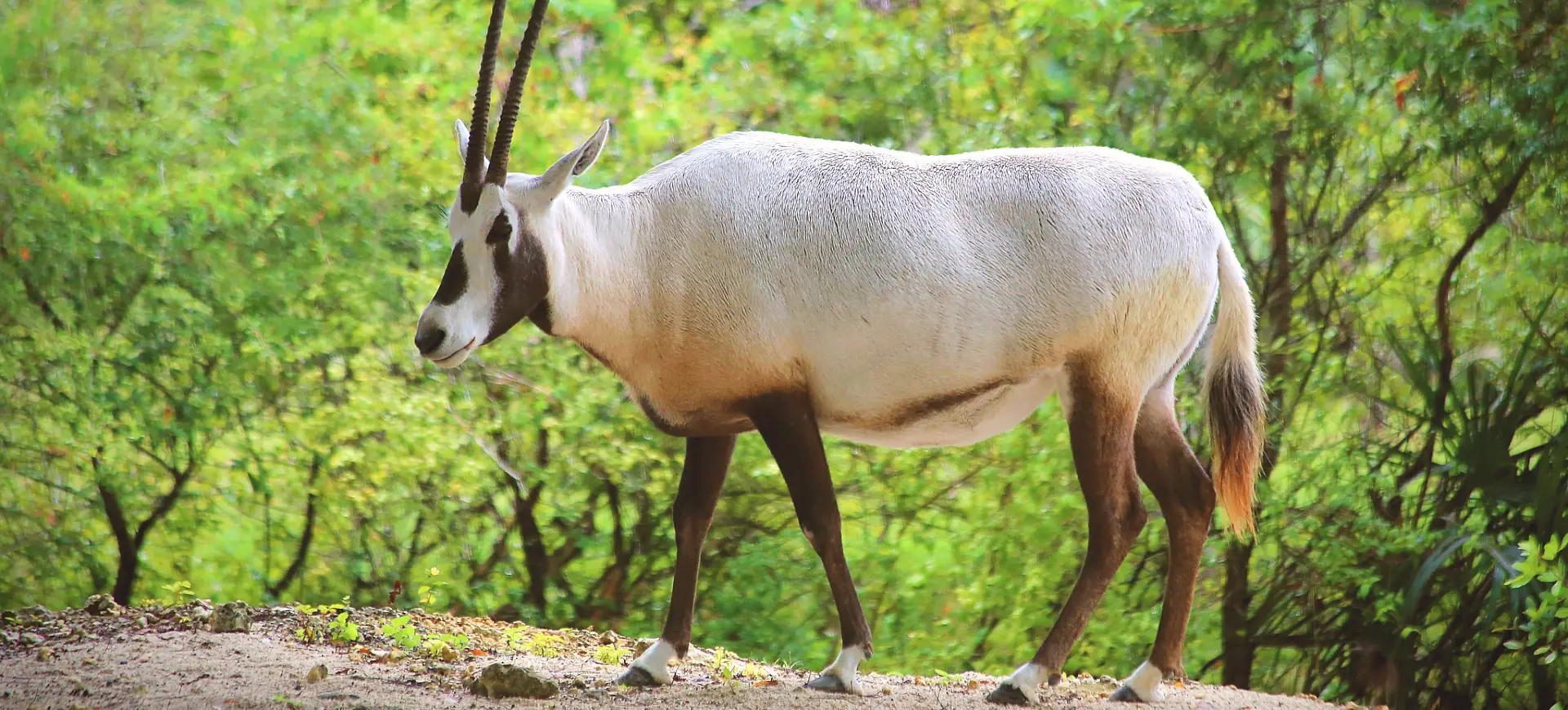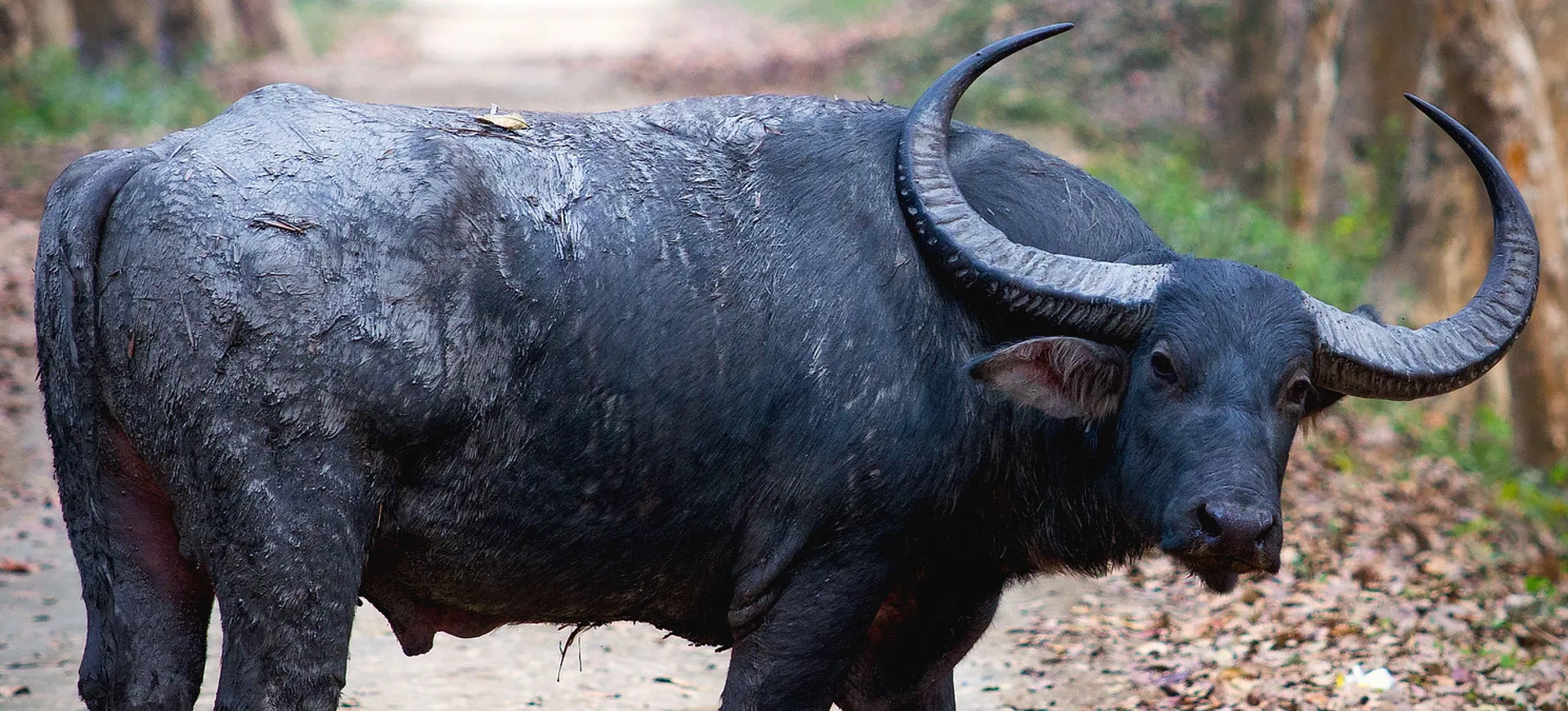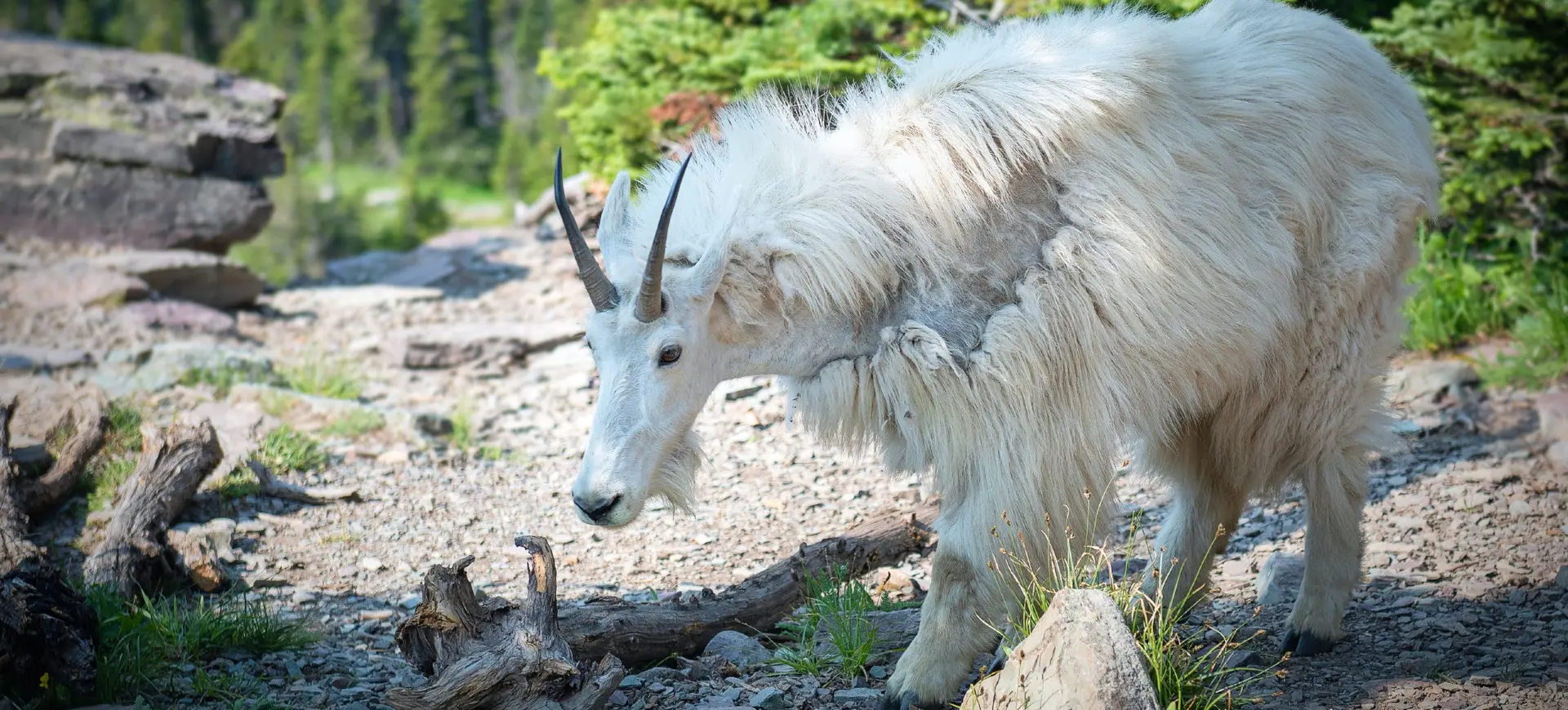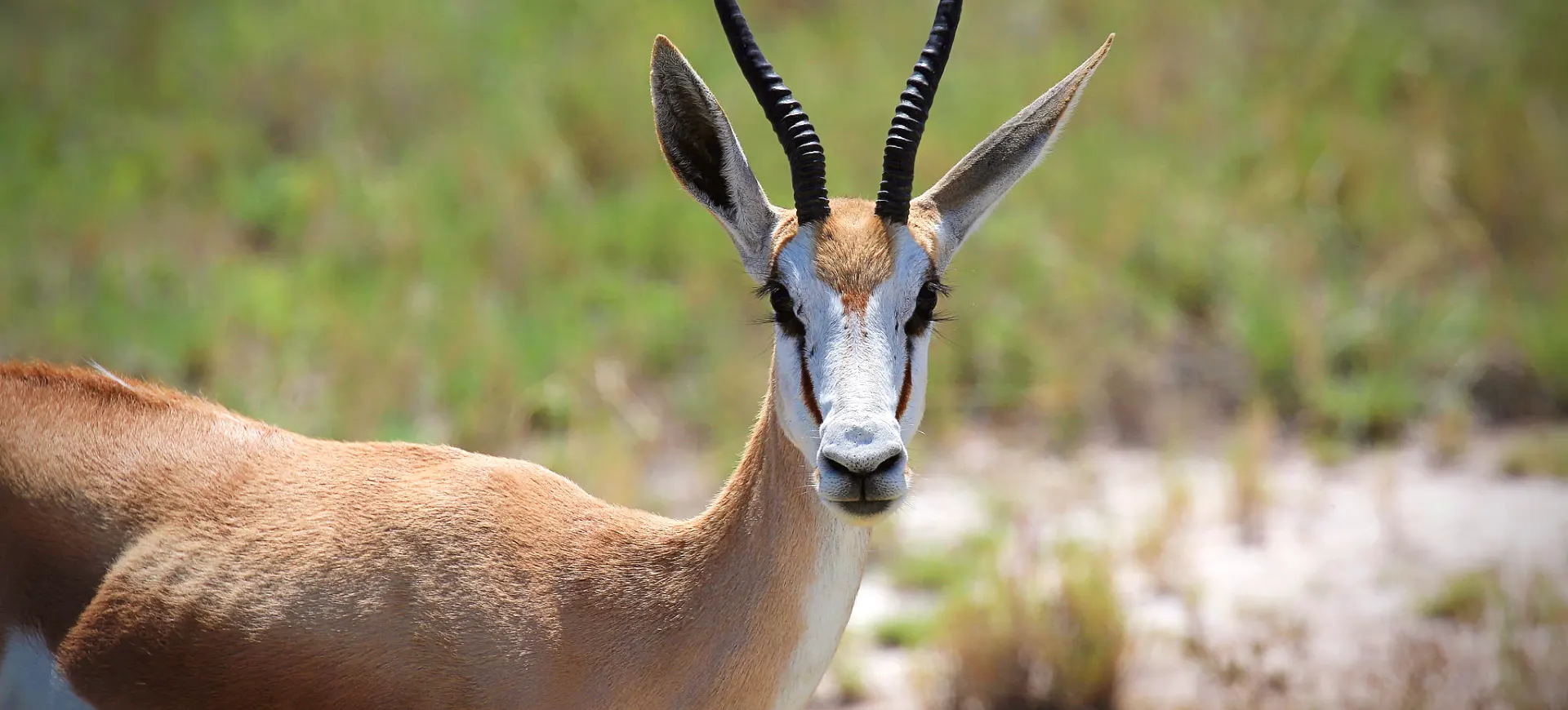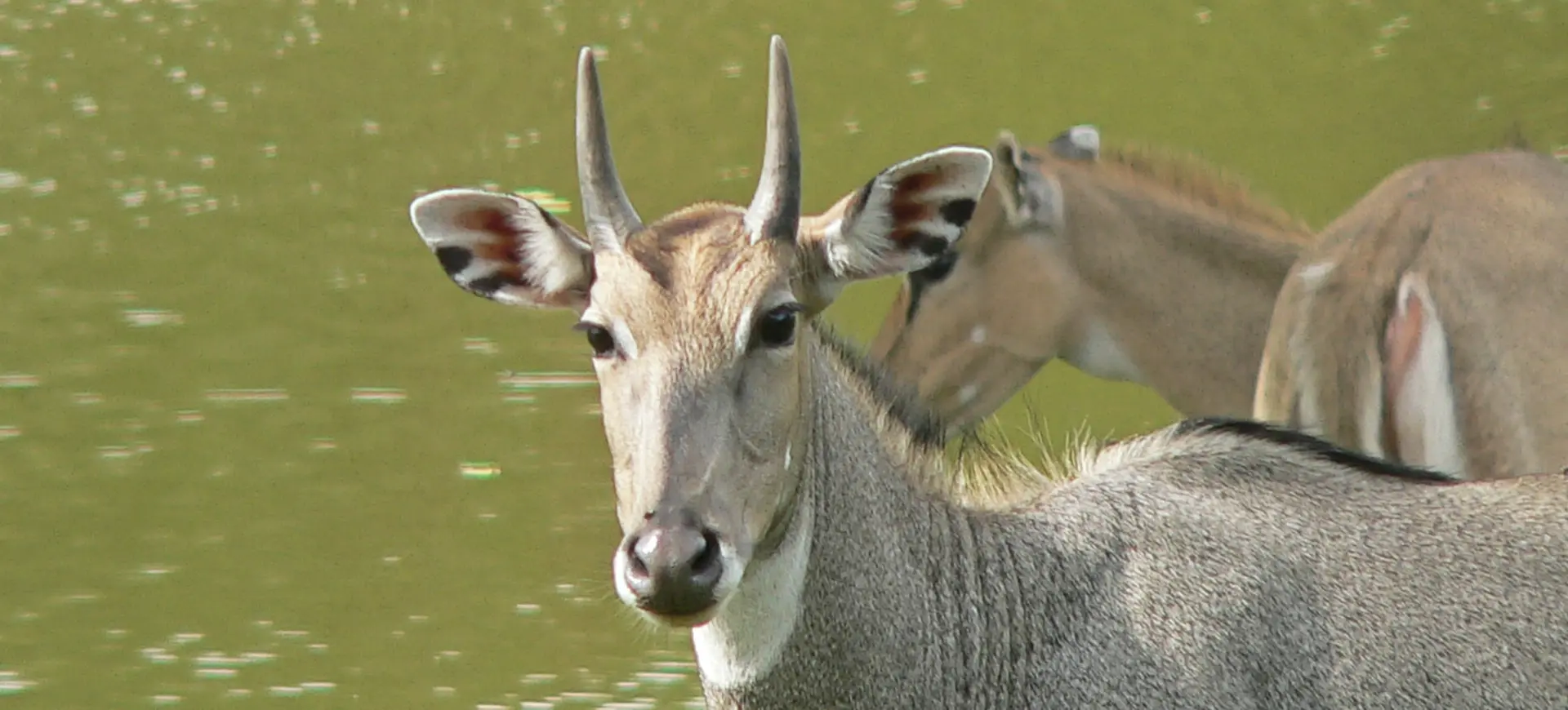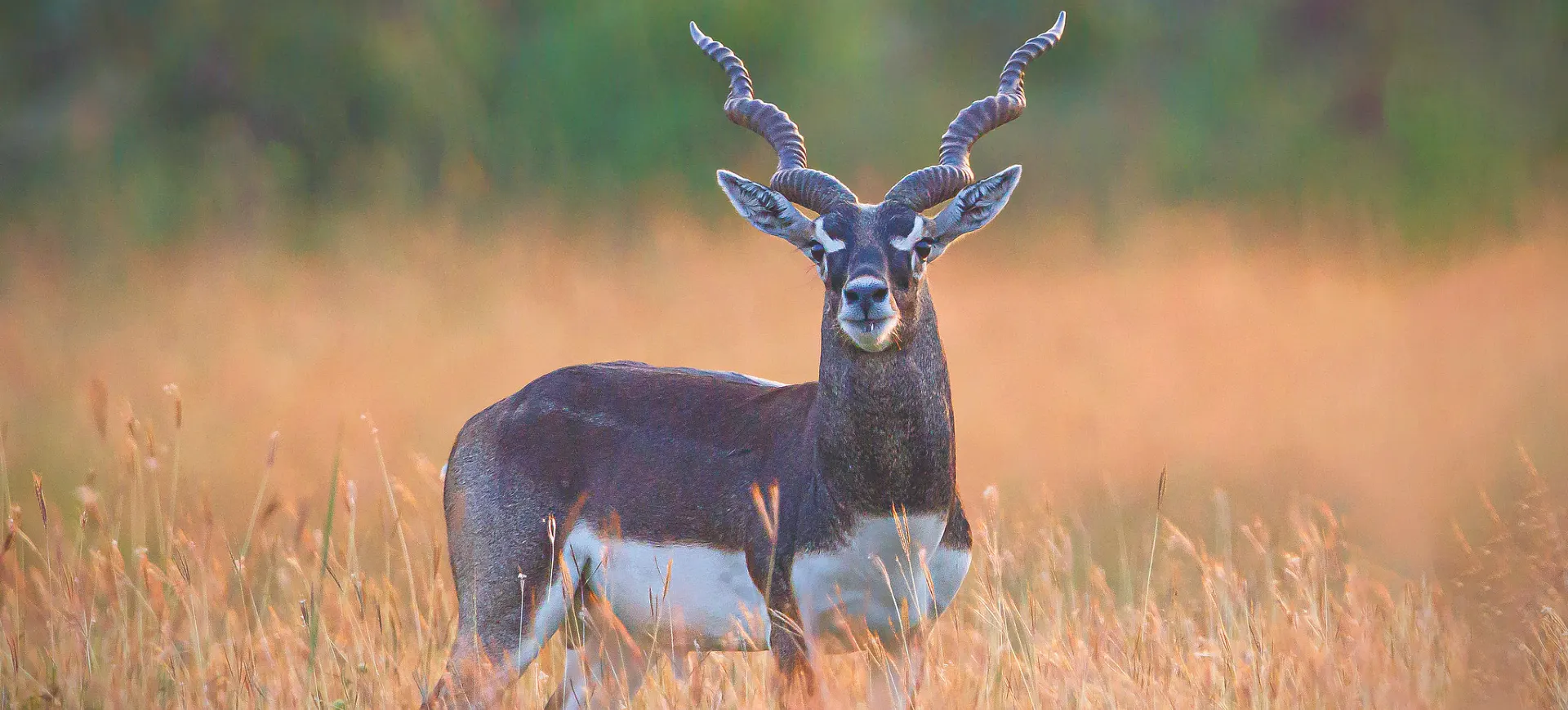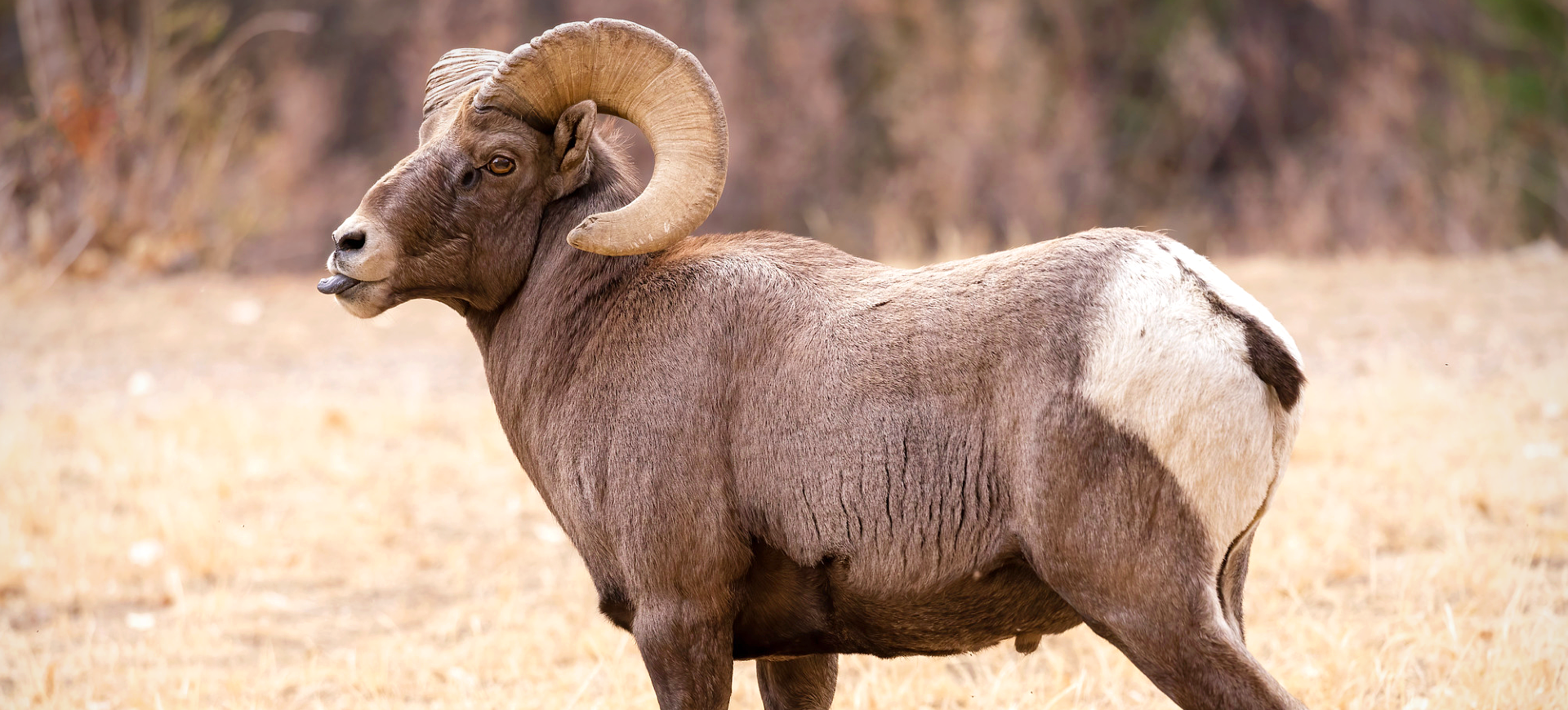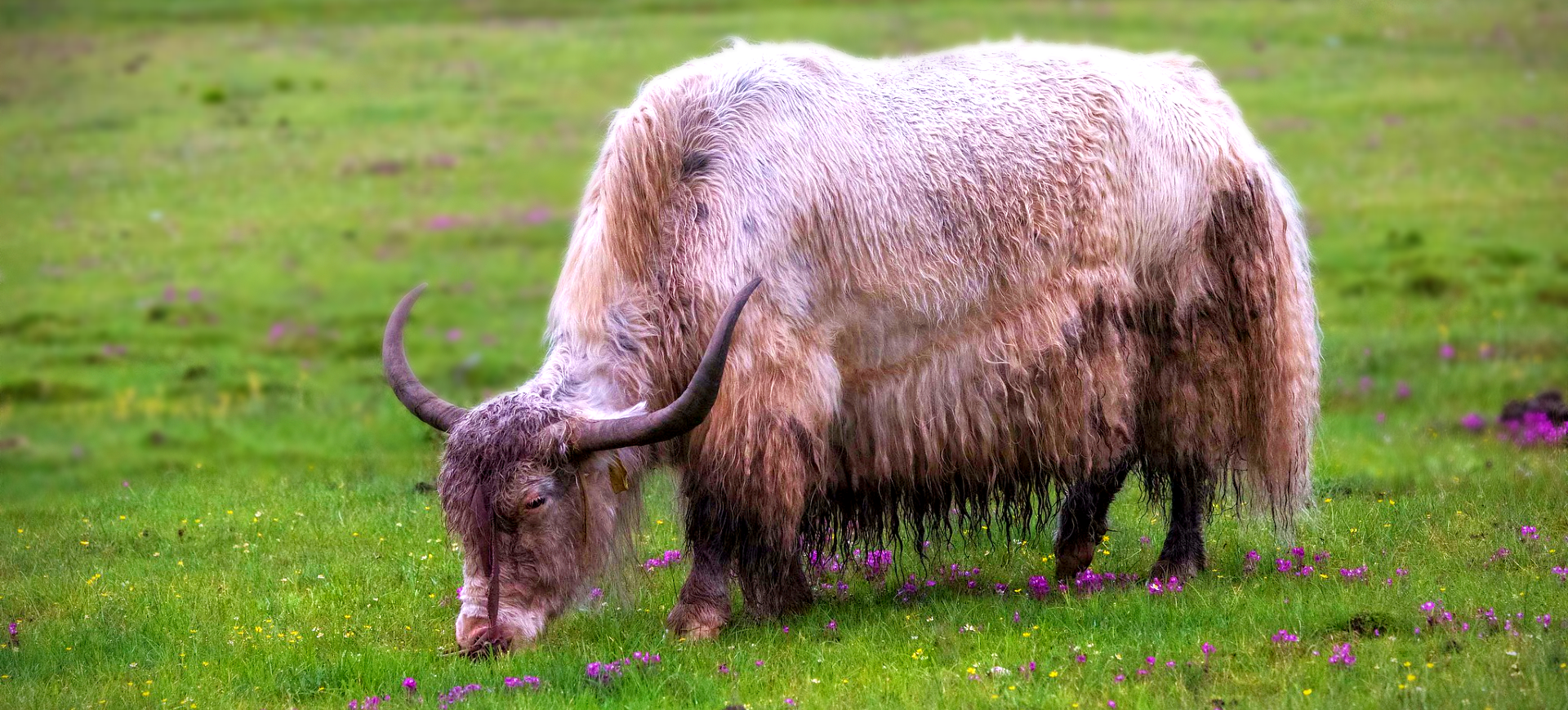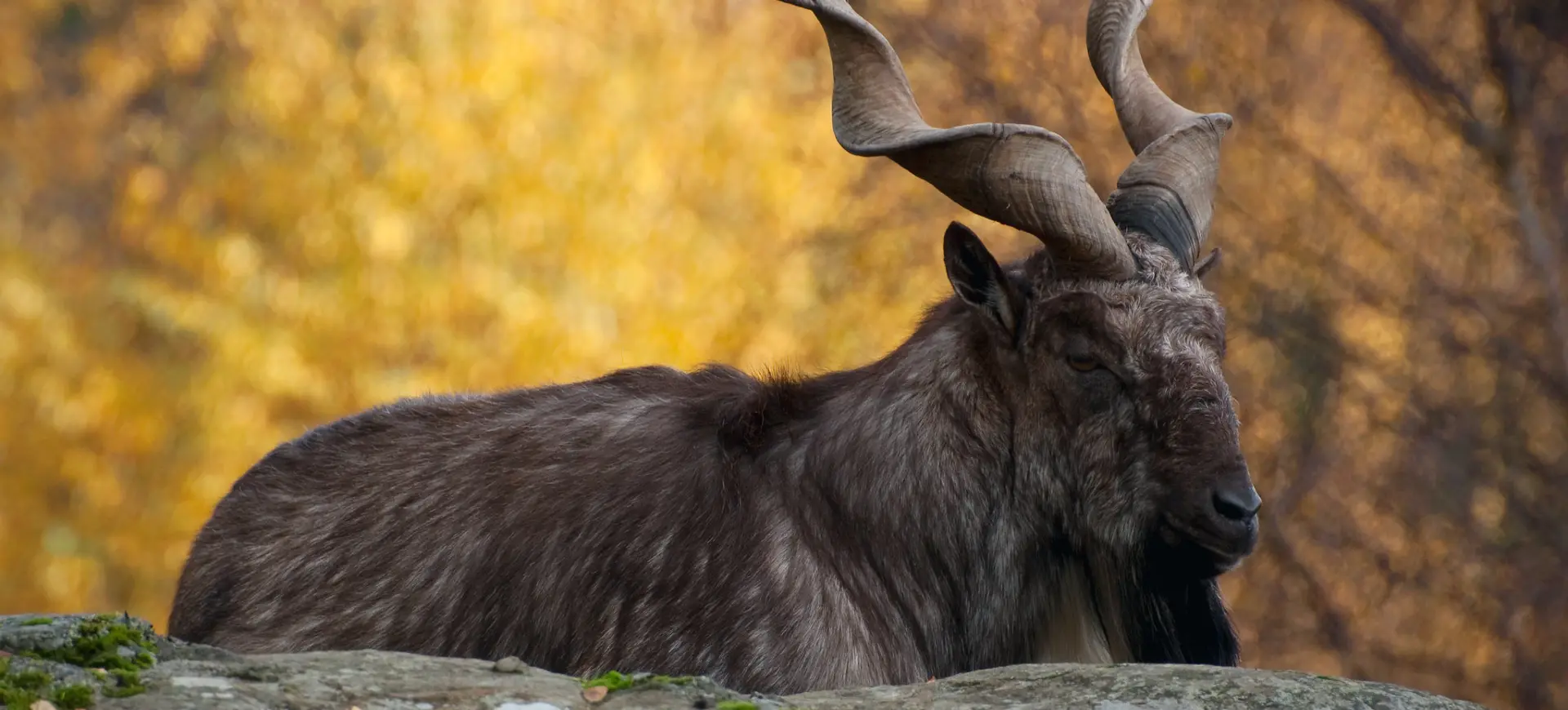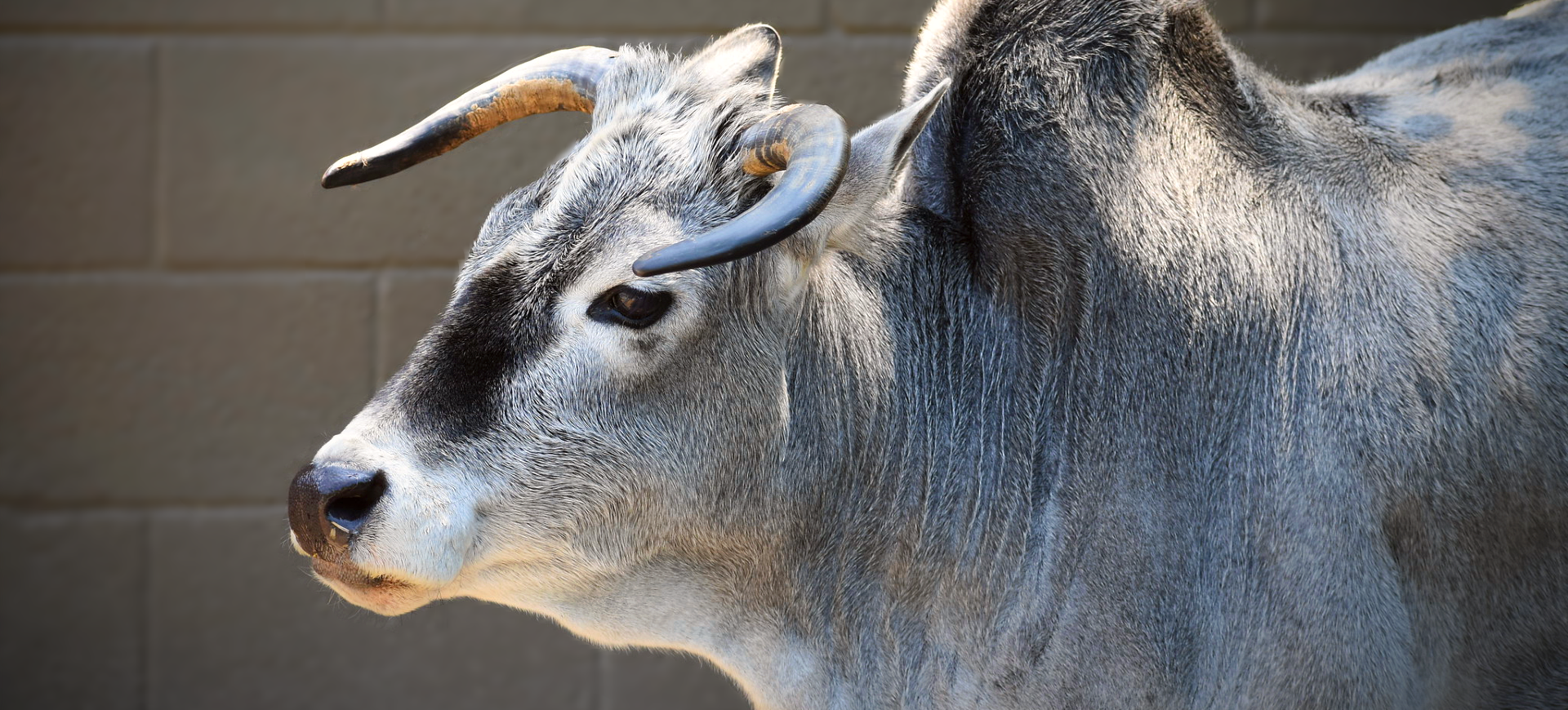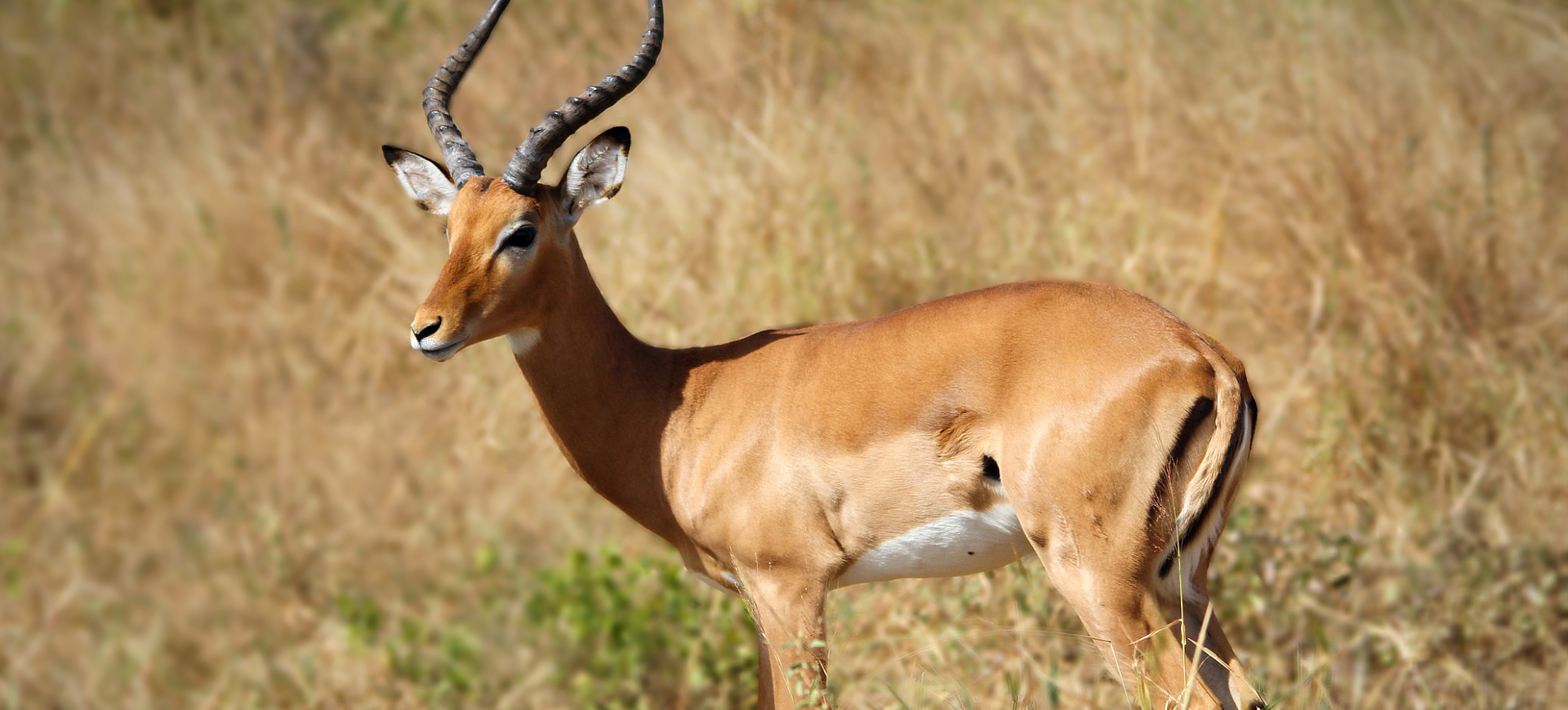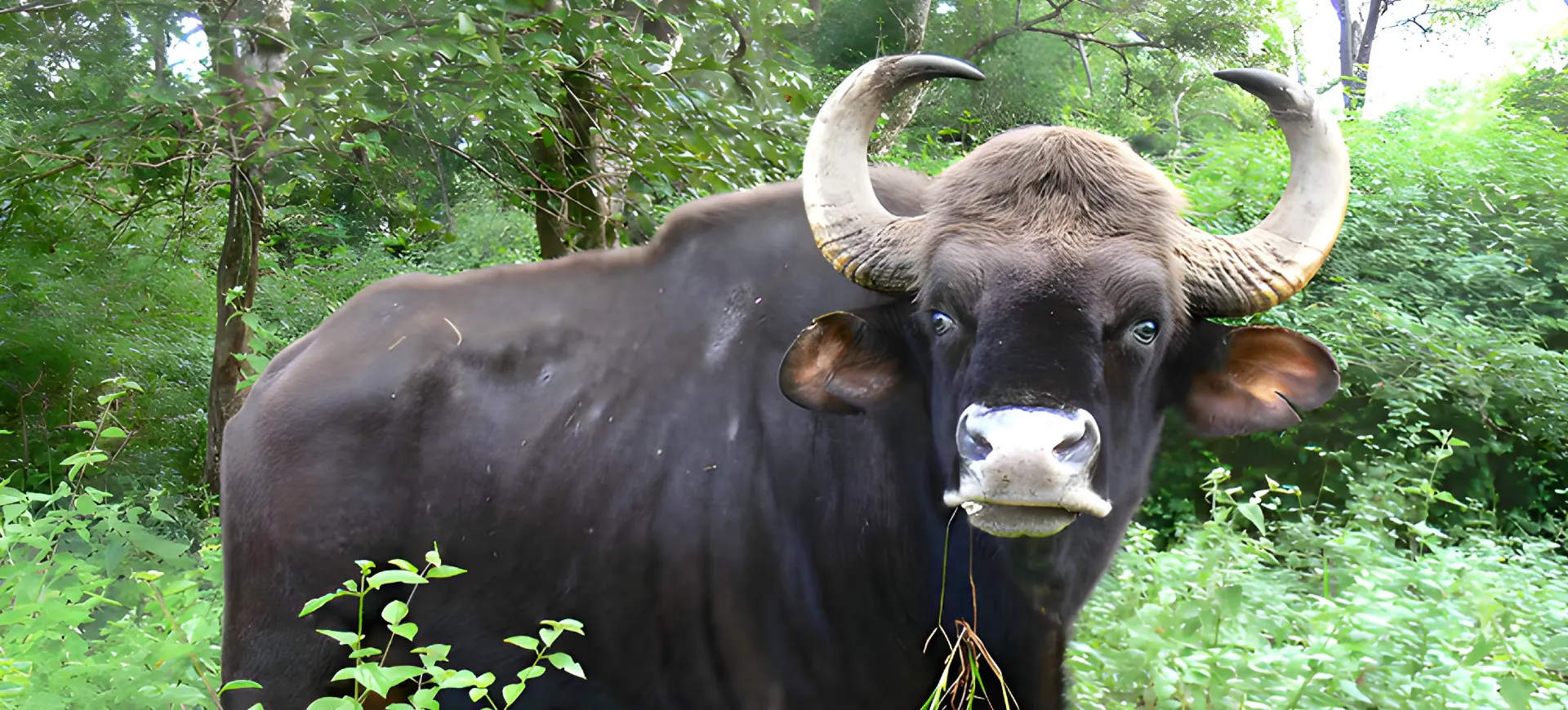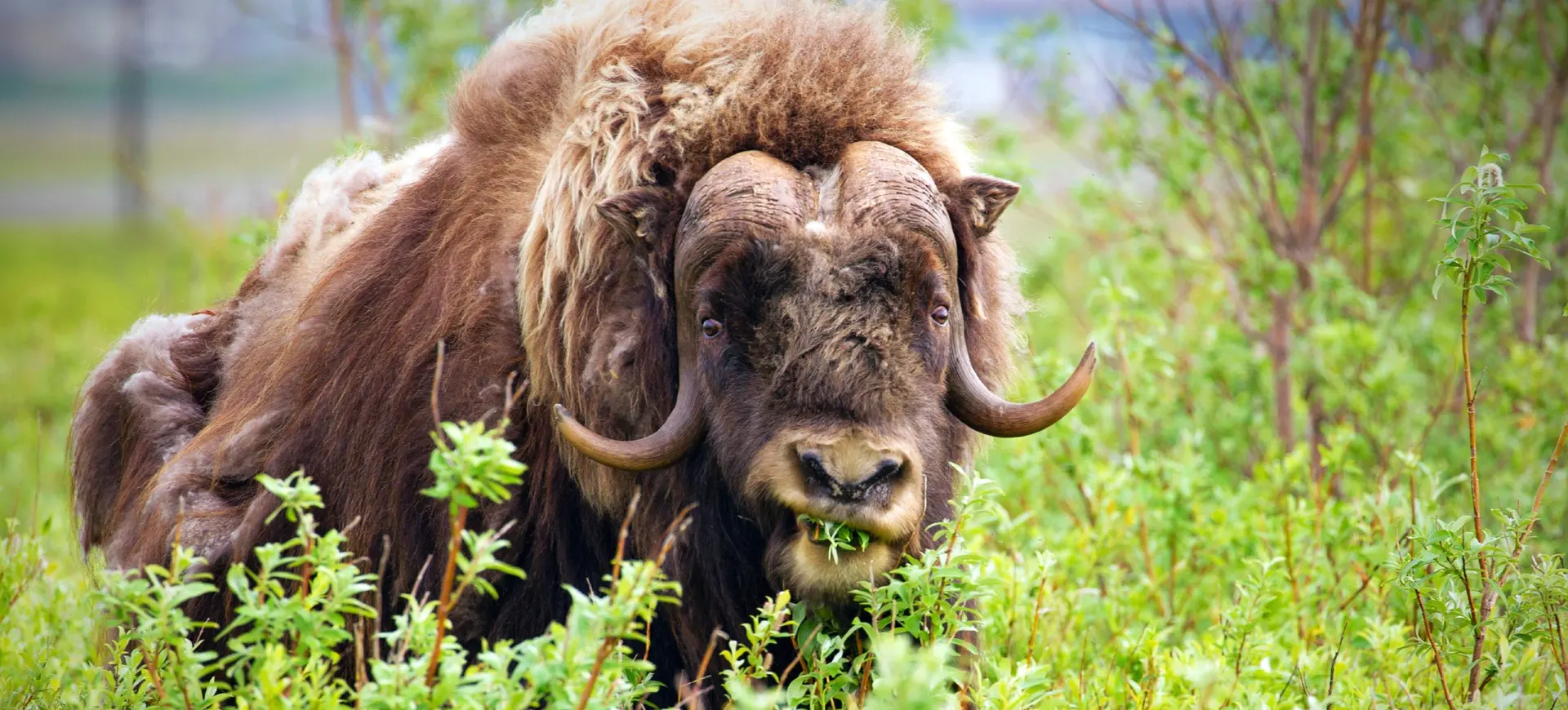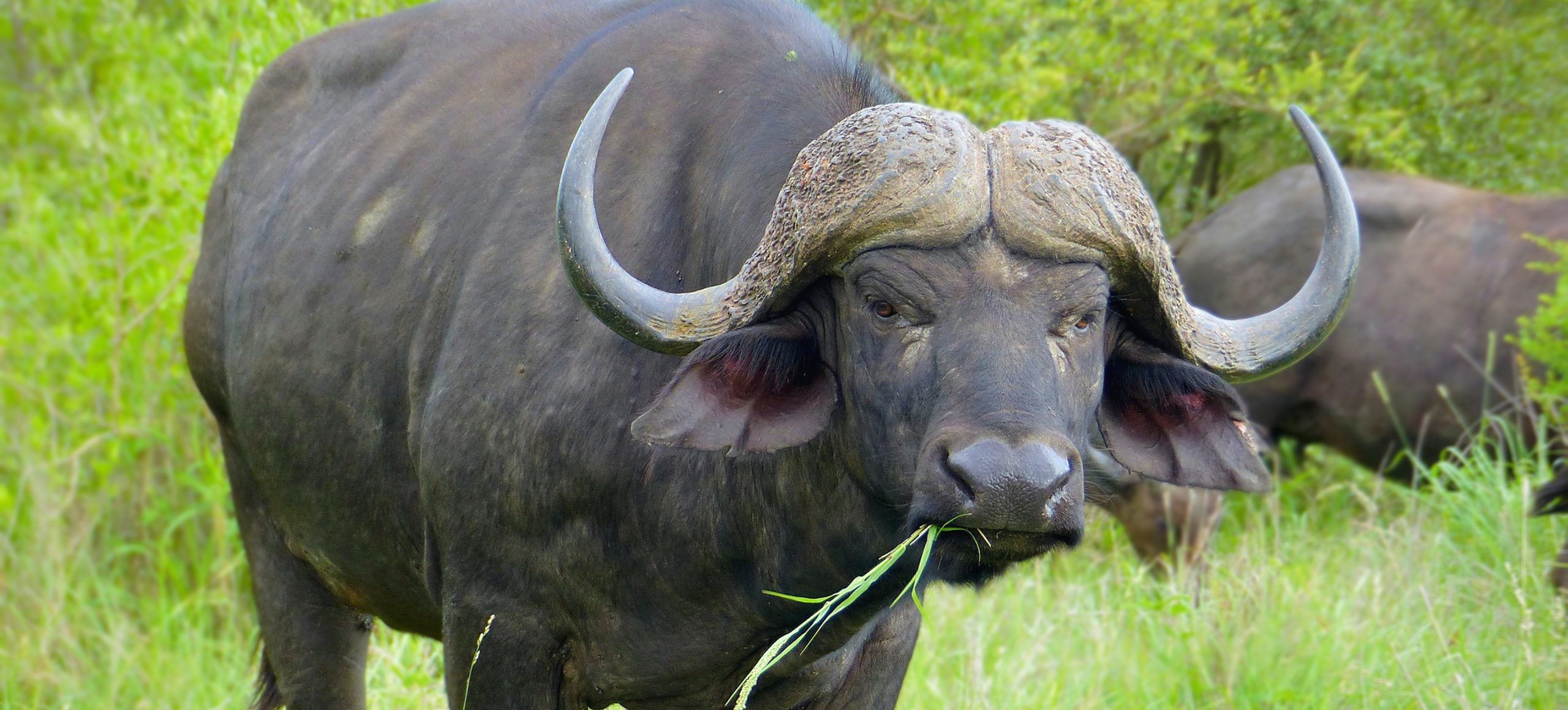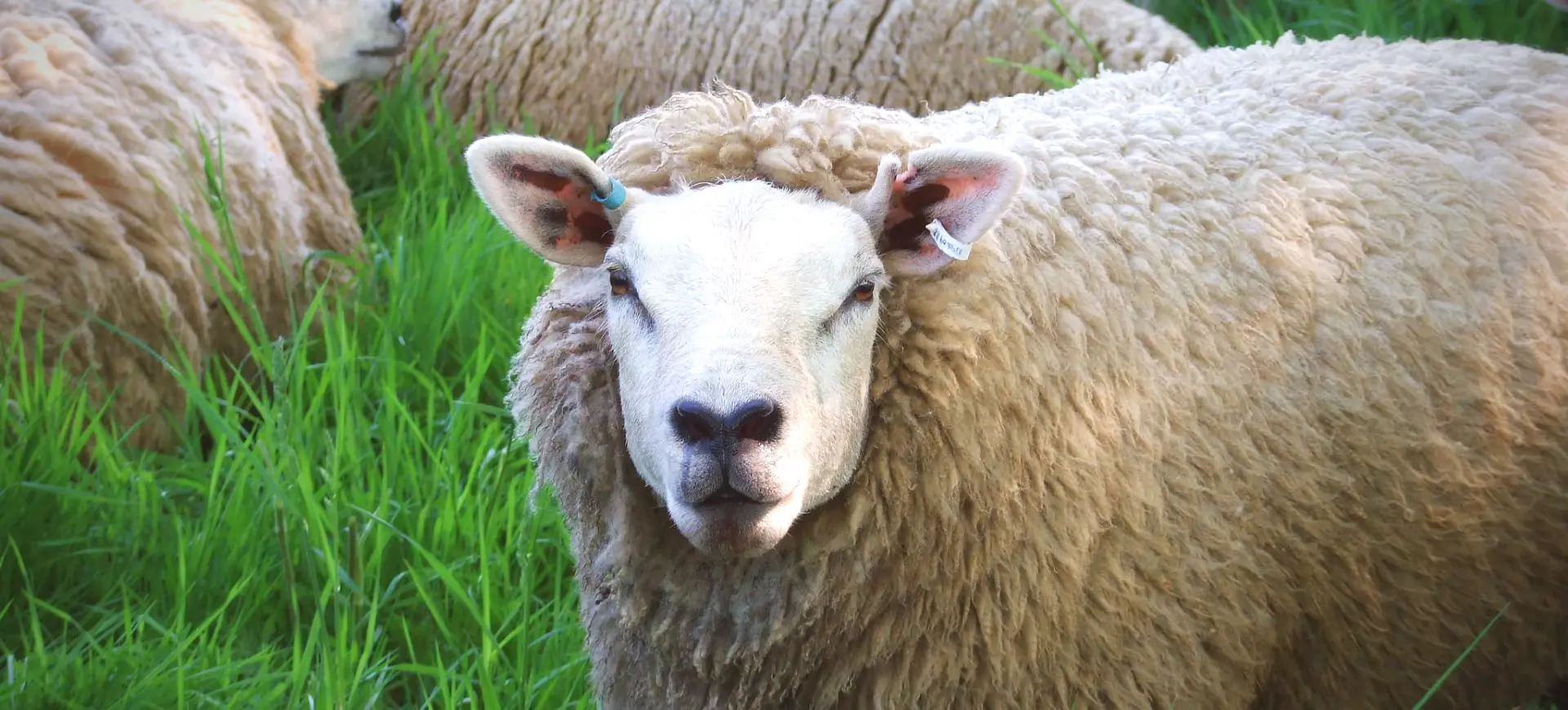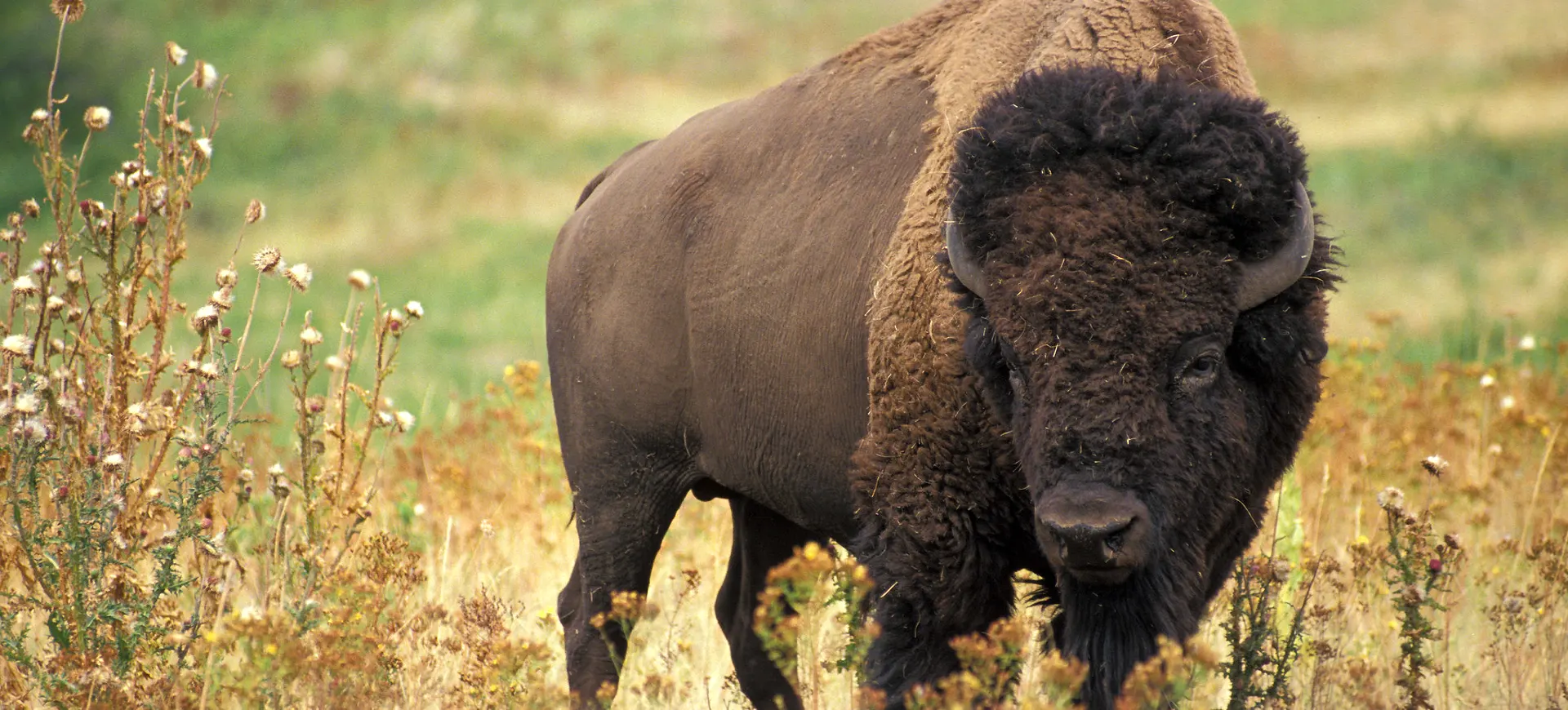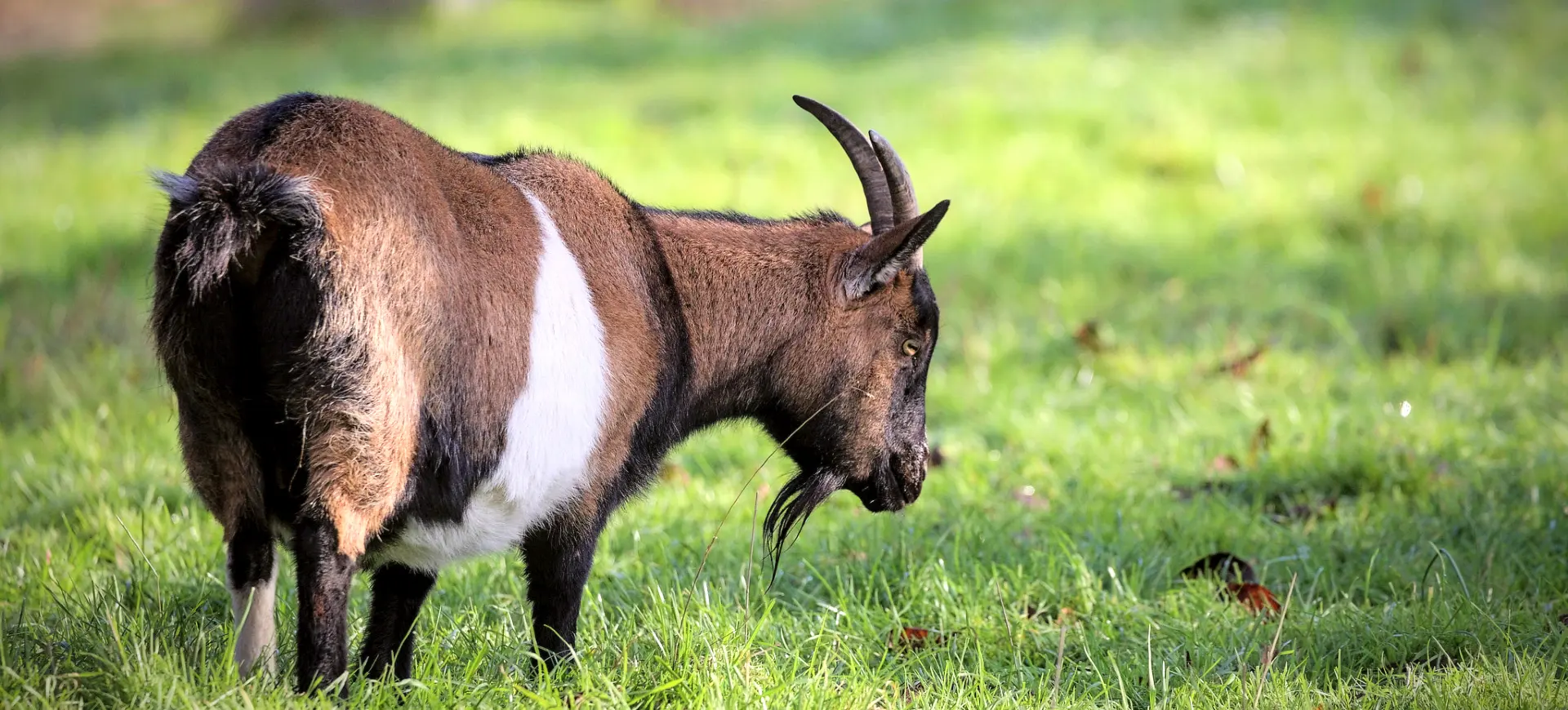Overview
The Nubian Ibex, a striking and agile wild goat, is native to the mountainous regions of Northeast Africa and the Middle East. Characterized by its long, curved horns and sturdy build, it is well adapted to its habitat’s rugged, rocky terrain. Capra nubiana belongs to the Bovidae family and is known for its remarkable climbing abilities, often seen scaling seemingly vertical cliffs. These adaptations not only aid in foraging but also protect from predators.
Males and females of the Nubian Ibex display sexual dimorphism, with males being larger and possessing longer, thicker horns. The coat of the Nubian Ibex changes with the seasons, typically lighter in the summer and darker in the winter, which helps with thermoregulation. Their social structure is quite interesting, with males and females typically forming separate herds except during the mating season. Young ibexes are known for their playful behavior, which helps develop the agility and strength needed for survival in harsh terrains.
Nubian Ibexes are primarily active during the early morning and late afternoon, avoiding the day’s extreme heat. Their diet consists mainly of grasses, leaves, and other available vegetation, which varies seasonally. Due to their arid and mountainous habitat, water sources are often scarce, so they have adapted to survive on minimal water, obtaining moisture from their food and dew.
Taxonomy
Kingdom
Phylum
Class
Order
Family
Genus
Species
Type
Physical Description:
The Nubian Ibex is renowned for its impressive horns, which are long, curved, and ridged, extending up to 120 centimeters in males and around 35 centimeters in females. These horns are a distinctive feature and play a role in the animal’s defense mechanisms and social interactions. The body of the Nubian Ibex is robust and muscular, well-suited for its rugged environment.
In terms of size, males are significantly larger than females. The coat of the Nubian Ibex is short and varies in color from light tan to brown, providing camouflage against the rocky landscapes. Their undersides are typically lighter, with a dark stripe along their back. Their eyes are sharp and positioned on the sides of their head, providing a wide field of vision – a vital adaptation for spotting predators.

Lifespan: Wild: ~12 years || Captivity: ~20 years

Weight: Male: 110-140 lbs (50-64 kg) || Female: 50-77 lbs (23-35 kg)

Length: Male: 50-59 inches (127-150 cm) || Female: 40-50 inches (102-127 cm)

Height: Male: 30-35 inches (76-90 cm) || Female: 24-28 inches (60-70 cm)

Top Speed: 40 mph (64 km/h)
Characteristic:
Native Habitat:
The Nubian Ibex naturally inhabits the arid mountain ranges of Northeast Africa and the Middle East. Their preferred terrain includes steep, rocky cliffs and outcrops, which provide both safety from predators and access to sparse vegetation. Extreme temperatures, scarce water, and limited forage characterize these habitats.
Their adaptation to such harsh environments is evident in their physical build, dietary habits, and behavioral patterns. The rugged terrain they inhabit provides numerous vantage points for spotting predators. At the same time, their agility allows them to escape danger by quickly ascending cliffs that most predators cannot navigate.
Climate Zones:
Biomes:
WWF Biomes:
Biogeographical Realms:
Diet:
Diet & Feeding Habits:
Nubian Ibexes are herbivores with a diet predominantly of grasses, shrubs, and leaves. Their feeding behavior is adapted to the sparse vegetation of their arid mountain habitats. They travel great distances for food, often venturing into more vegetated areas after rainfalls.
In the dry seasons, when food is scarce, the Nubian Ibex can survive on whatever sparse vegetation is available. They are also known to eat the bark and twigs of shrubs. Their ability to digest tough plant material is key to their survival. Furthermore, they have adapted to extract maximum moisture from their food, reducing their dependence on water sources.
Mating Behavior:
Mating Description:
The mating season of the Nubian Ibex, typically occurring in the late autumn, is marked by notable changes in male behavior. Males become more aggressive and engage in spectacular displays of dominance, such as clashing horns and loud vocalizations. These displays are intended to attract females and establish a hierarchy among the males.
Females give birth to one, rarely two, young after a gestation period of about 150 to 170 days. Births usually occur in late winter to early spring, when the weather is milder and food becomes more abundant. The young, called kids, are precocial and can stand and walk within hours of birth. This early development is crucial for their survival in the rugged, predator-filled environment.
Reproduction Season:
Birth Type:
Pregnancy Duration:
Female Name:
Male Name:
Baby Name:
Social Structure Description:
Nubian Ibexes are social animals, typically forming herds that vary in size and composition. Outside of the mating season, males and females usually form separate groups. Male herds tend to be smaller and more hierarchical, while female herds are larger and include young ibexes.
Social interactions within these herds are important for developing survival skills, particularly for young ibexes. These interactions include play, crucial for developing the agility and strength needed to navigate their mountainous habitat. The herd is also protected, with multiple individuals keeping watch for danger.
Groups:
Conservation Status:
Population Trend:
The wild population of the Nubian Ibex is currently vulnerable, with numbers decreasing due to various factors. Habitat loss and fragmentation are significant threats primarily due to human expansion and land-use changes. Additionally, illegal hunting for trophies and meat has severely impacted their numbers.
Conservation efforts monitor populations, enforce hunting bans, and preserve habitat. However, data on the exact numbers of Nubian Ibex in the wild and captivity are not precisely known, making conservation efforts more challenging. Understanding their population dynamics is critical for effective conservation strategies.
Population Threats:
The primary threats to the Nubian Ibex include habitat destruction, illegal hunting, and competition with livestock for limited food resources. Human activities such as agriculture and construction are increasingly encroaching upon their mountain habitats. Overgrazing by domestic animals also depletes the already scarce vegetation, further stressing the ibex populations.
In addition, climate change poses a long-term threat by altering the ecosystems of their arid mountain habitats. This could lead to changes in vegetation patterns, water availability, and an increase in extreme weather events, all of which could adversely affect the Nubian Ibex.
Conservation Efforts:
Conservation initiatives for the Nubian Ibex involve habitat protection, anti-poaching measures, and research to better understand their ecology and behavior. Many populations reside within national parks and protected areas, where they receive some protection from hunting and habitat destruction.
Efforts are also being made to raise awareness among local communities about the importance of the Nubian Ibex and the need to protect their habitat. In some regions, ecotourism initiatives have been developed, providing economic benefits to local communities and incentives for conservation. Research and monitoring are essential for informing and adapting these conservation strategies as needed.
Additional Resources:
Fun Facts
- The Nubian Ibex can scale cliffs and navigate rocky terrain with remarkable ease and agility.
- Their curved horns can grow impressively long, especially in males, and are used for defense and during mating displays.
- Nubian Ibexes can go for long periods without drinking water, obtaining moisture from their food.
- They have a keen sense of sight and hearing, which helps them detect predators from a distance.
- Kids can follow their mothers over difficult terrain within a few days of birth.
- The Nubian Ibex has been featured in various ancient artworks and carvings, indicating its significance in regional cultures.
- Their hoof structure is specialized for gripping and climbing on rocky surfaces.
- In some cultures, the Nubian Ibex symbolizes strength and agility.
- They are known to bask in the sun on chilly mornings, using their dark back stripe to absorb heat.
- Nubian Ibexes play an important role in their ecosystem, helping to control vegetation and serving as prey for large predators.

